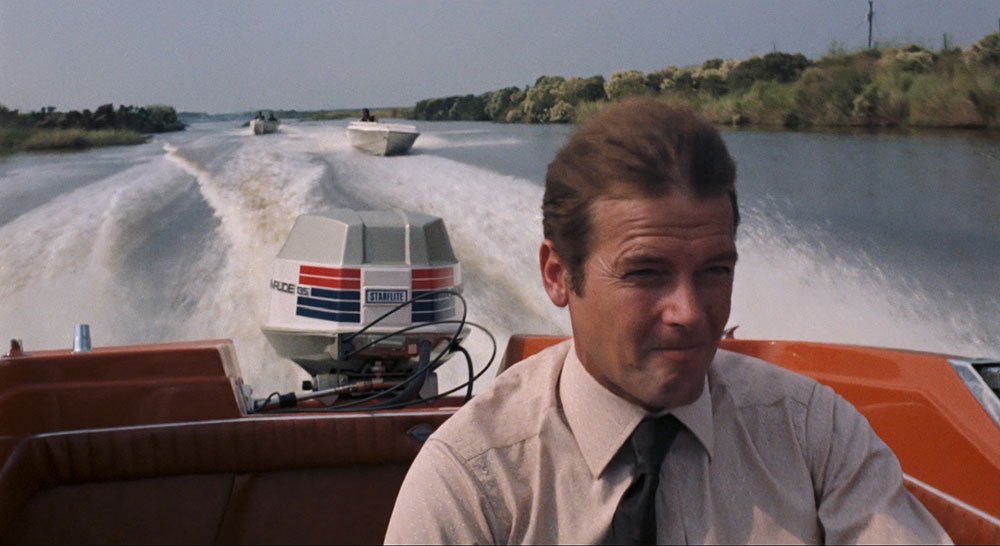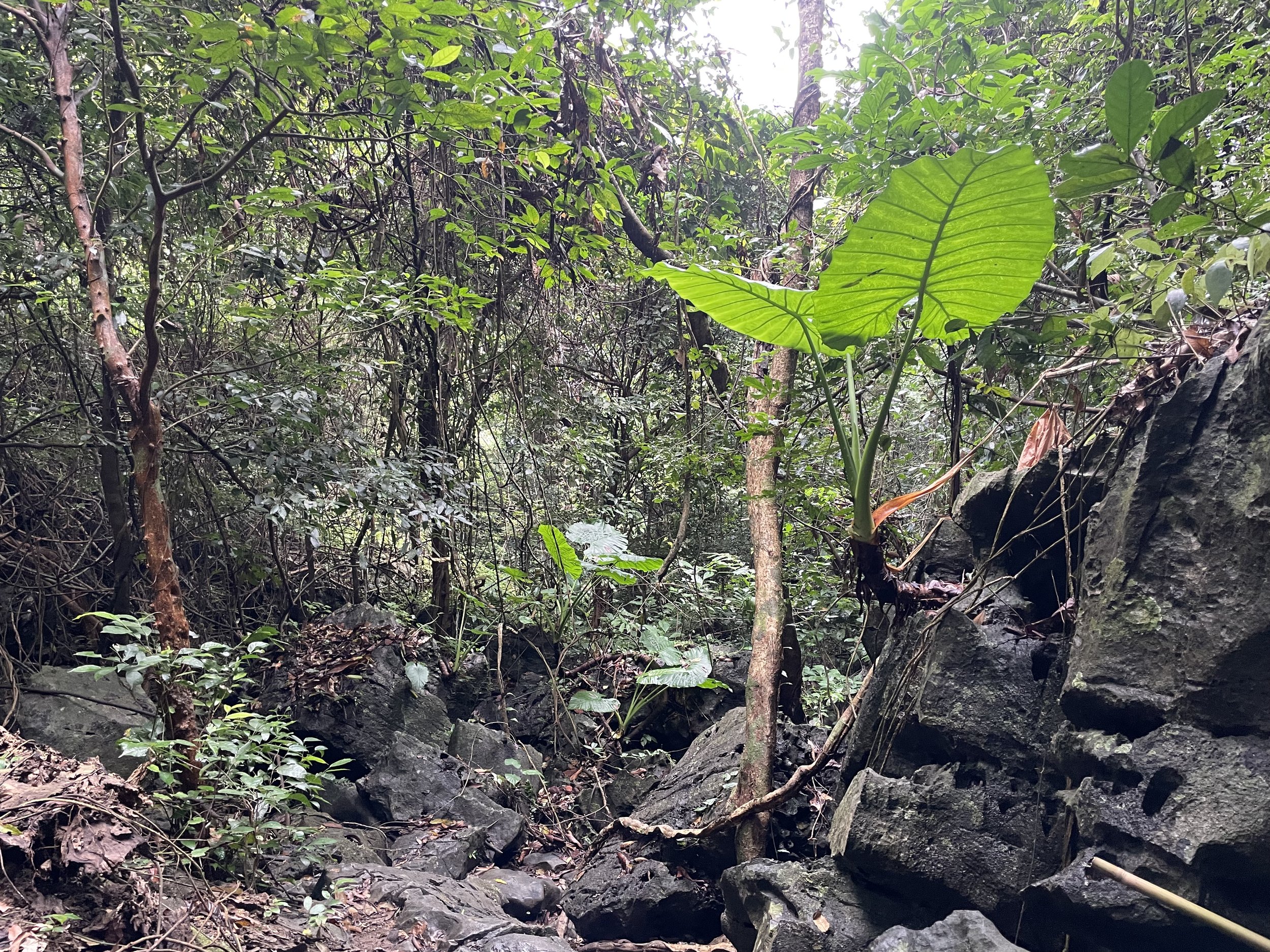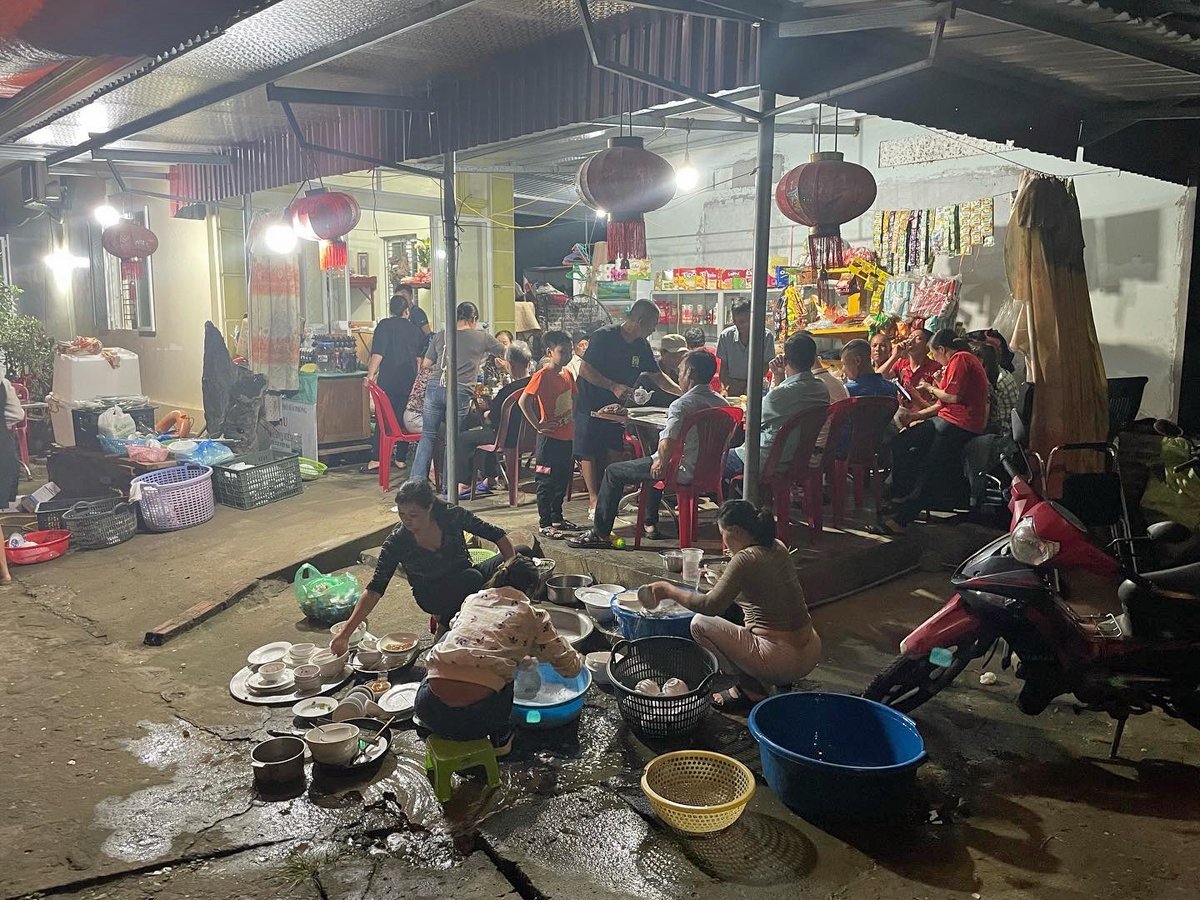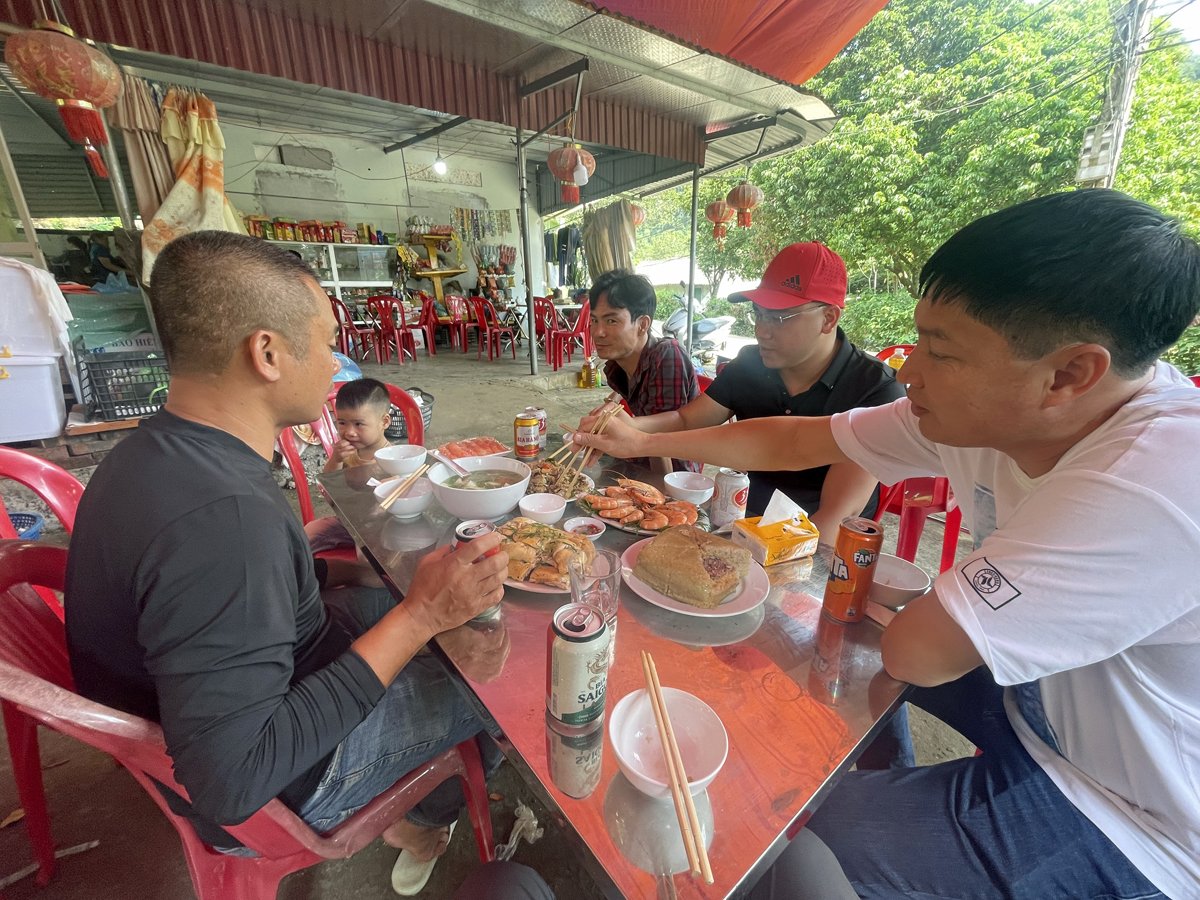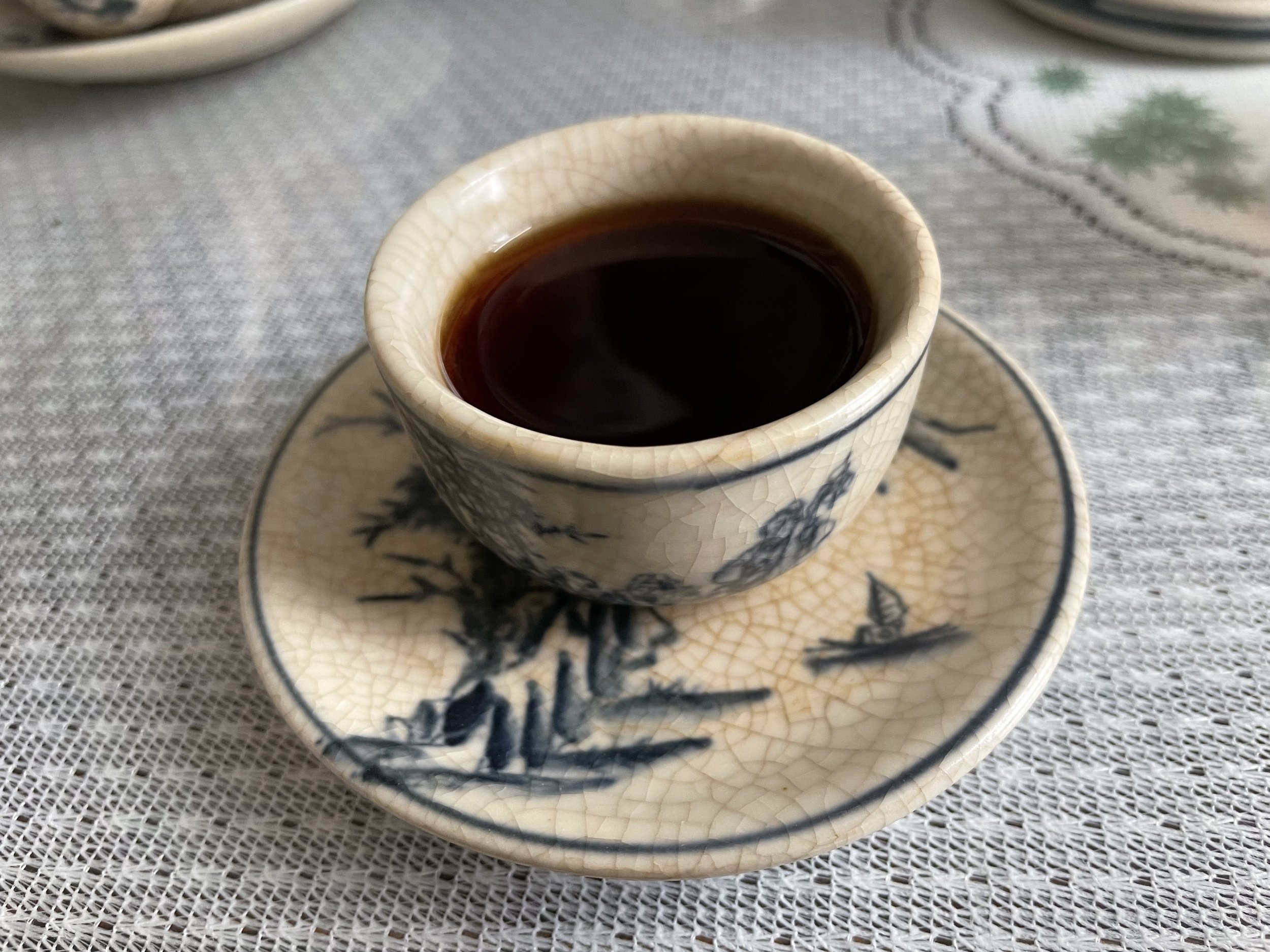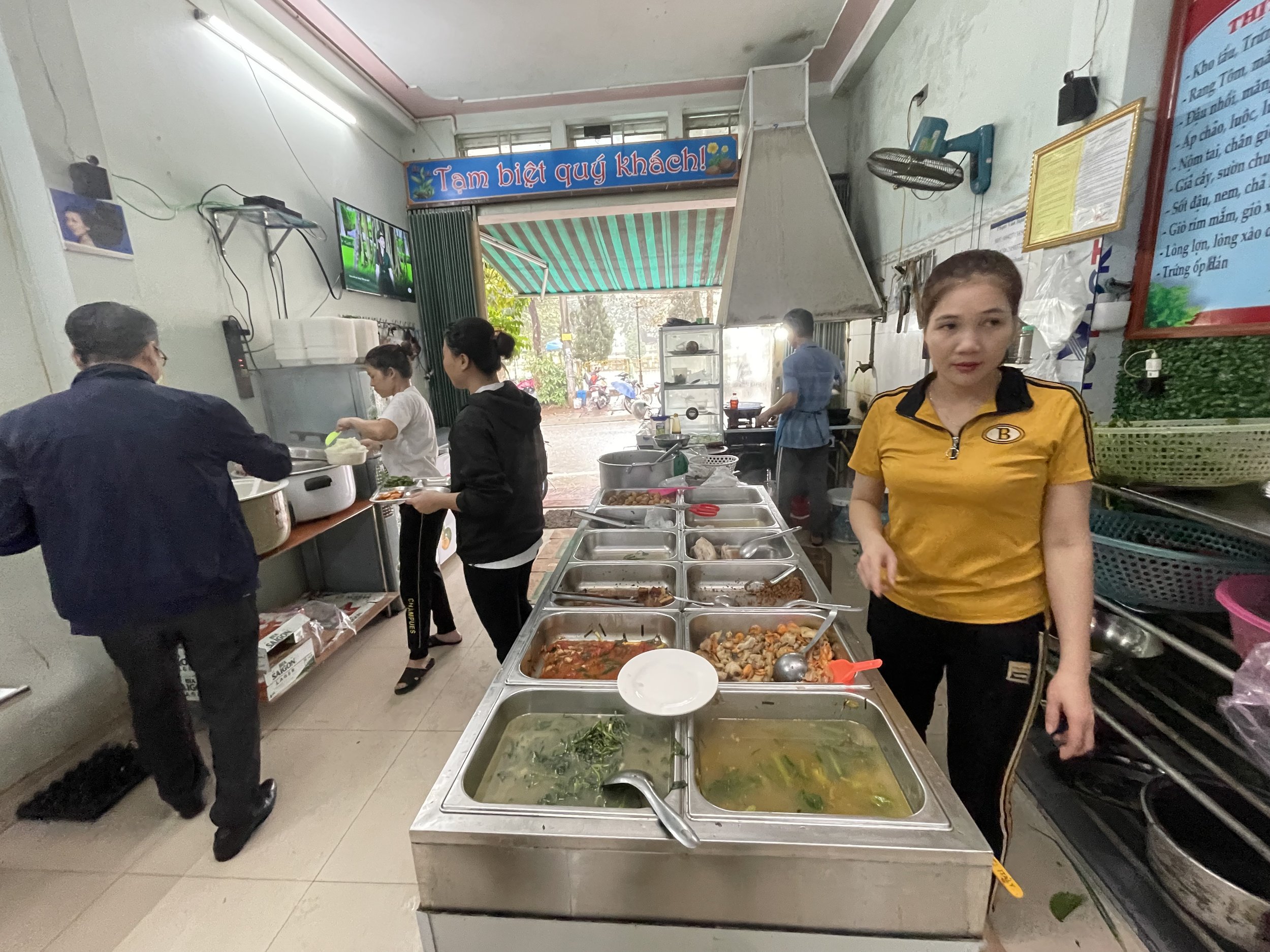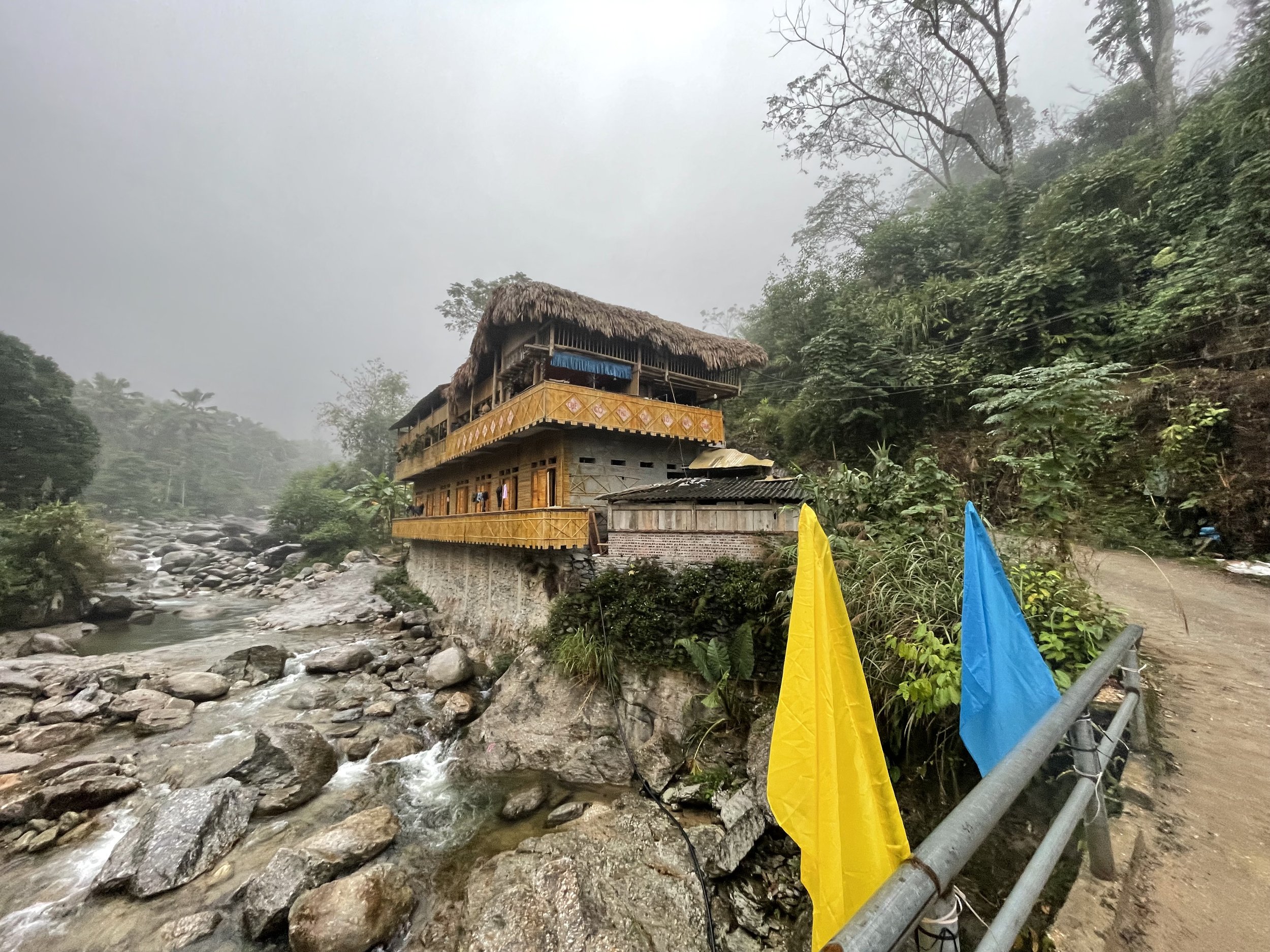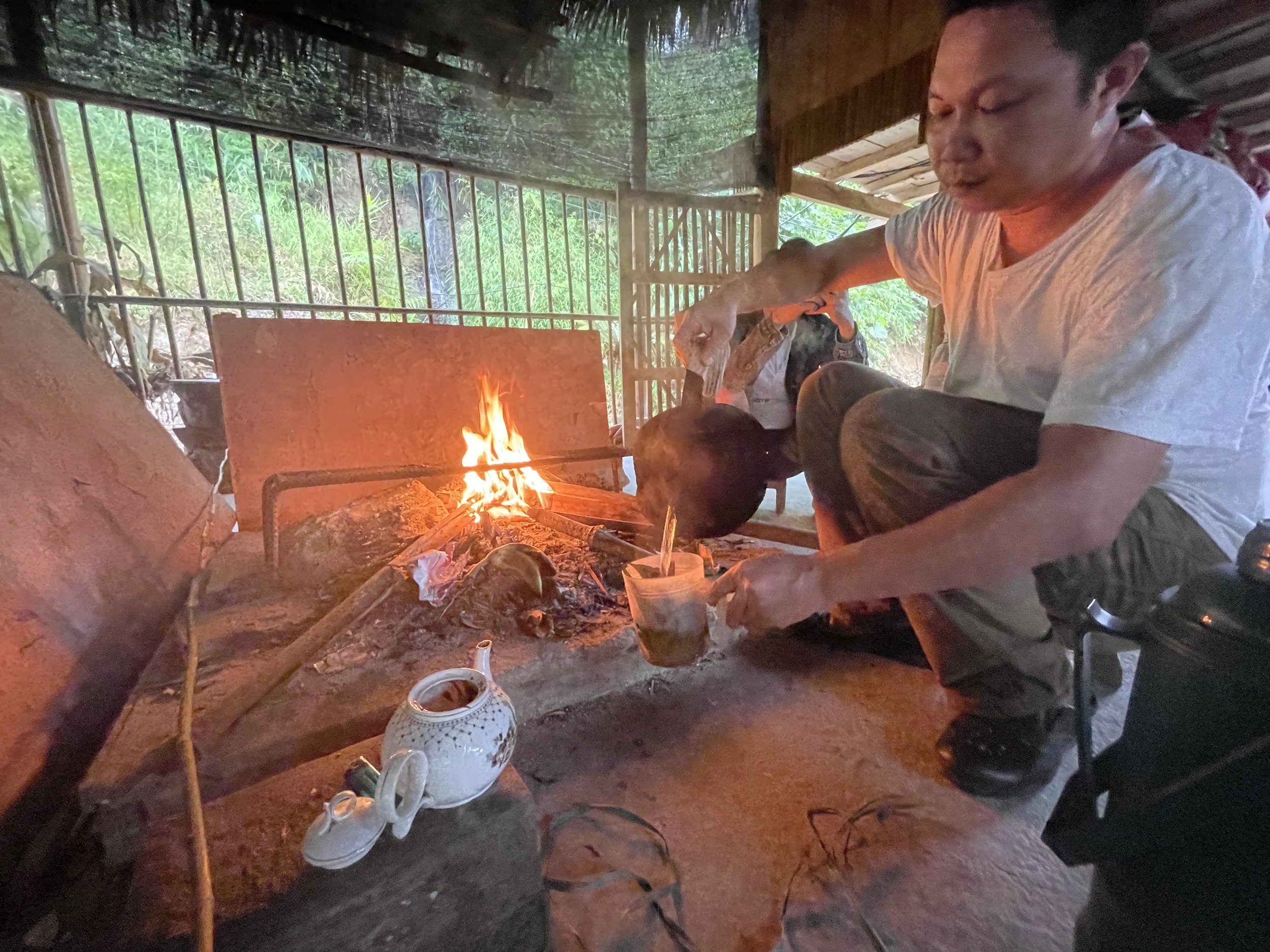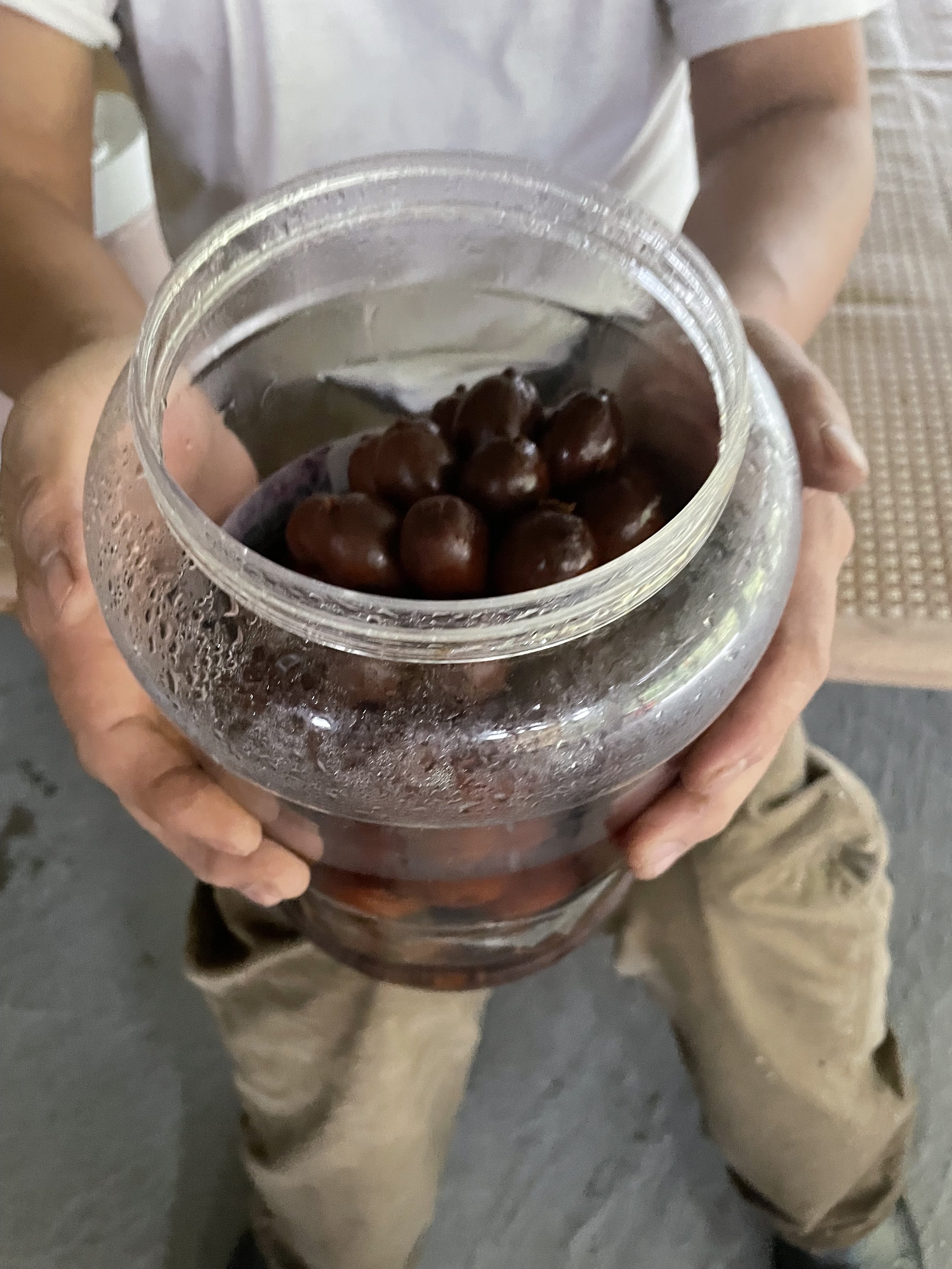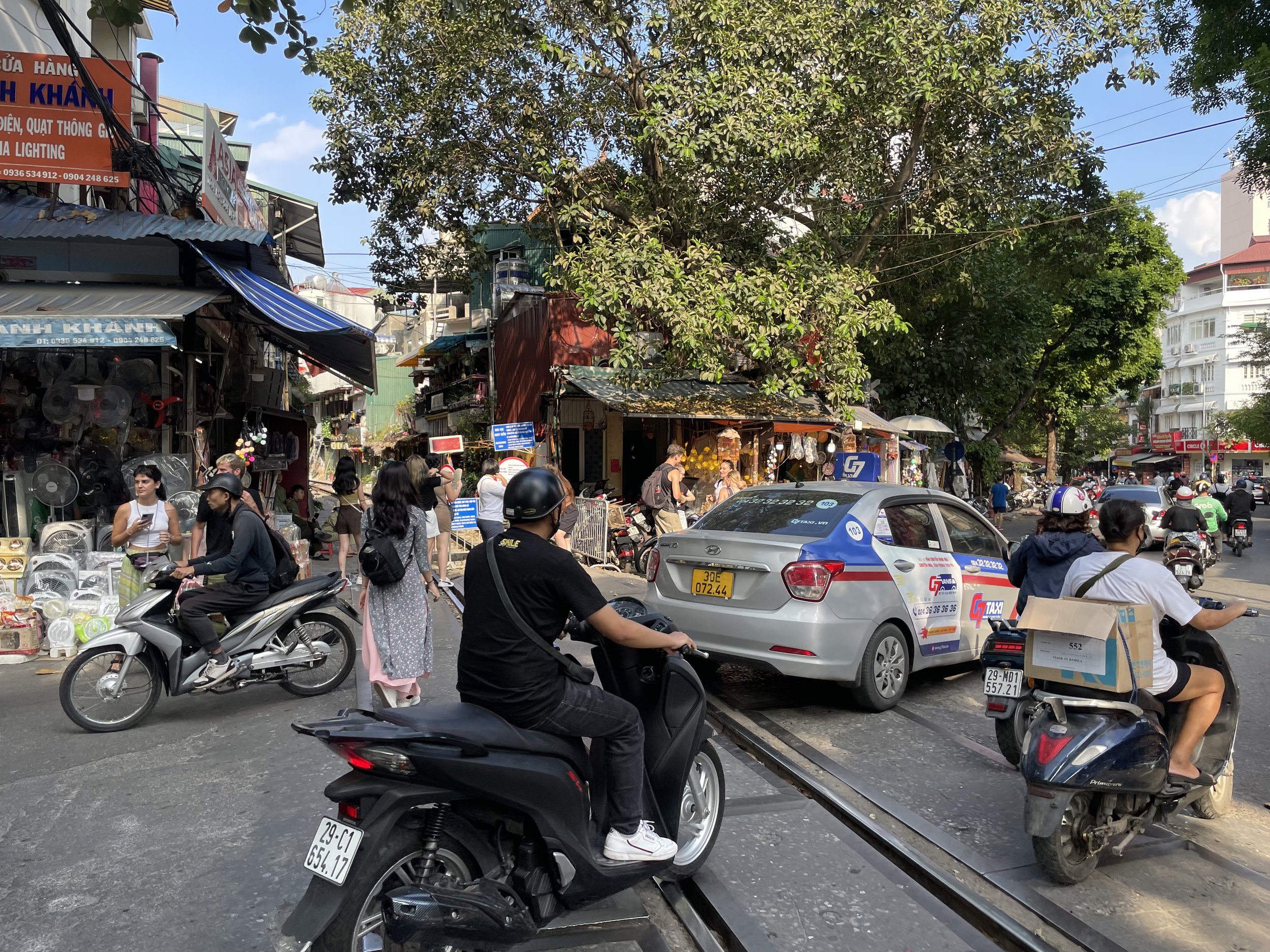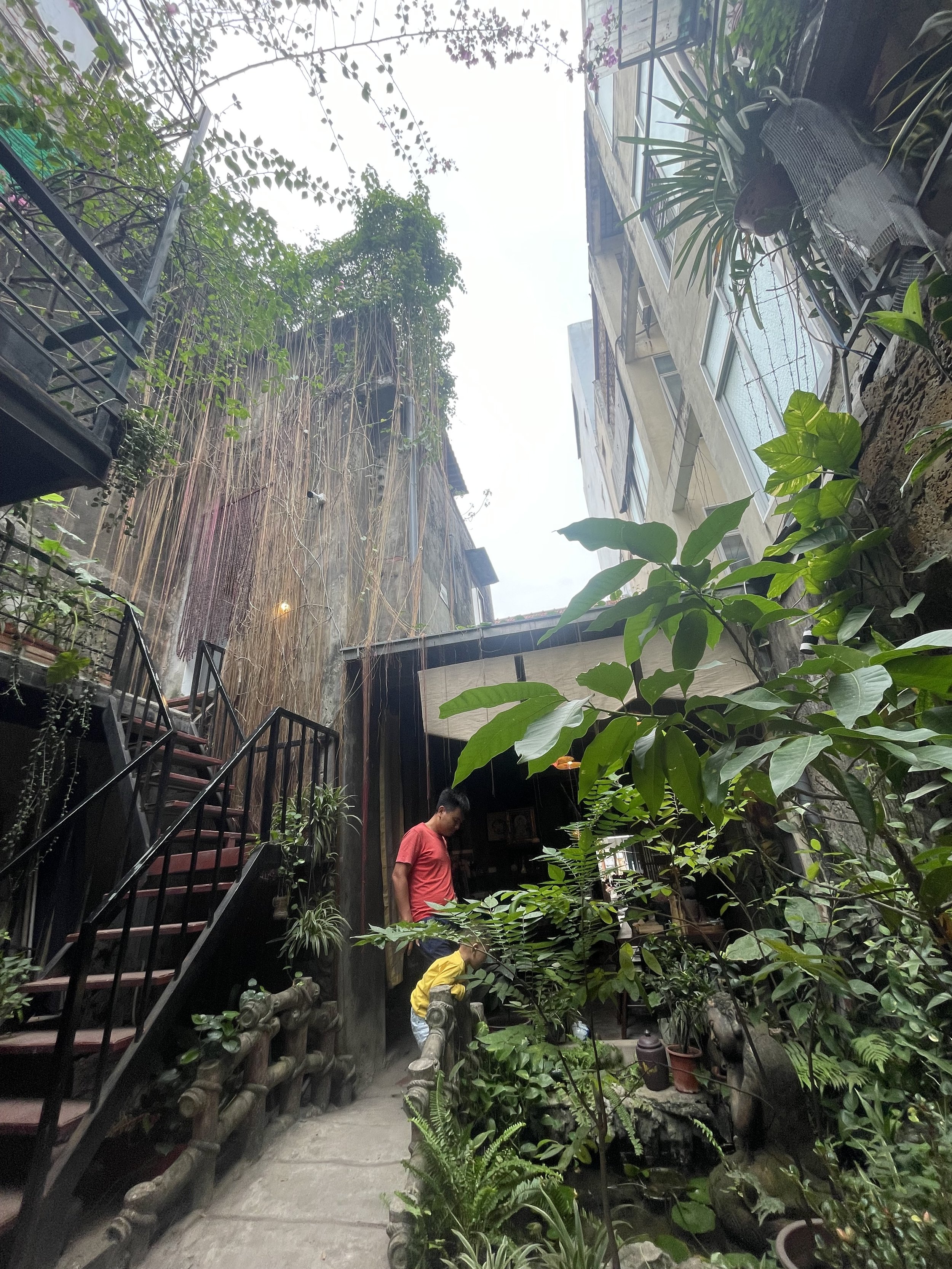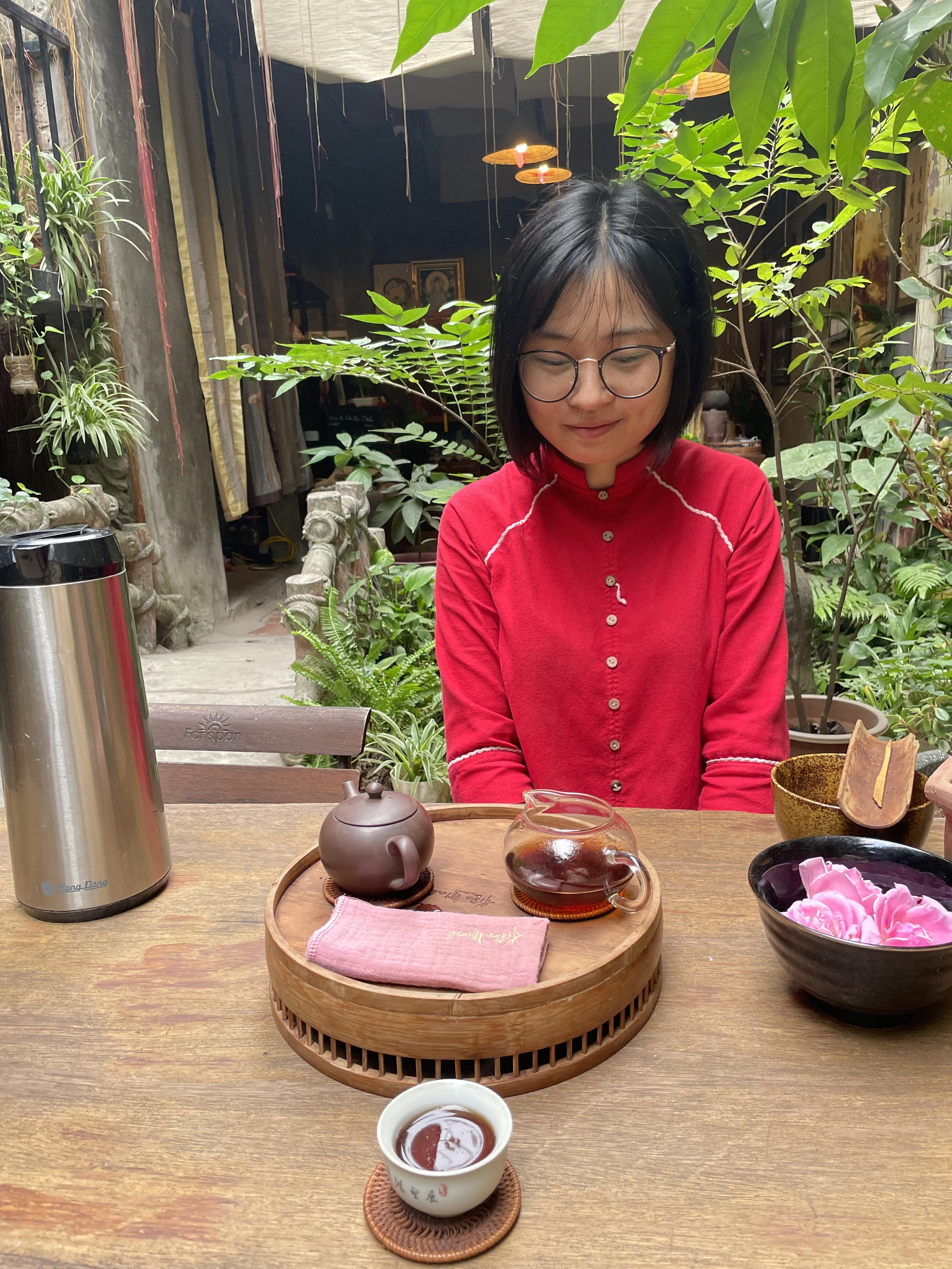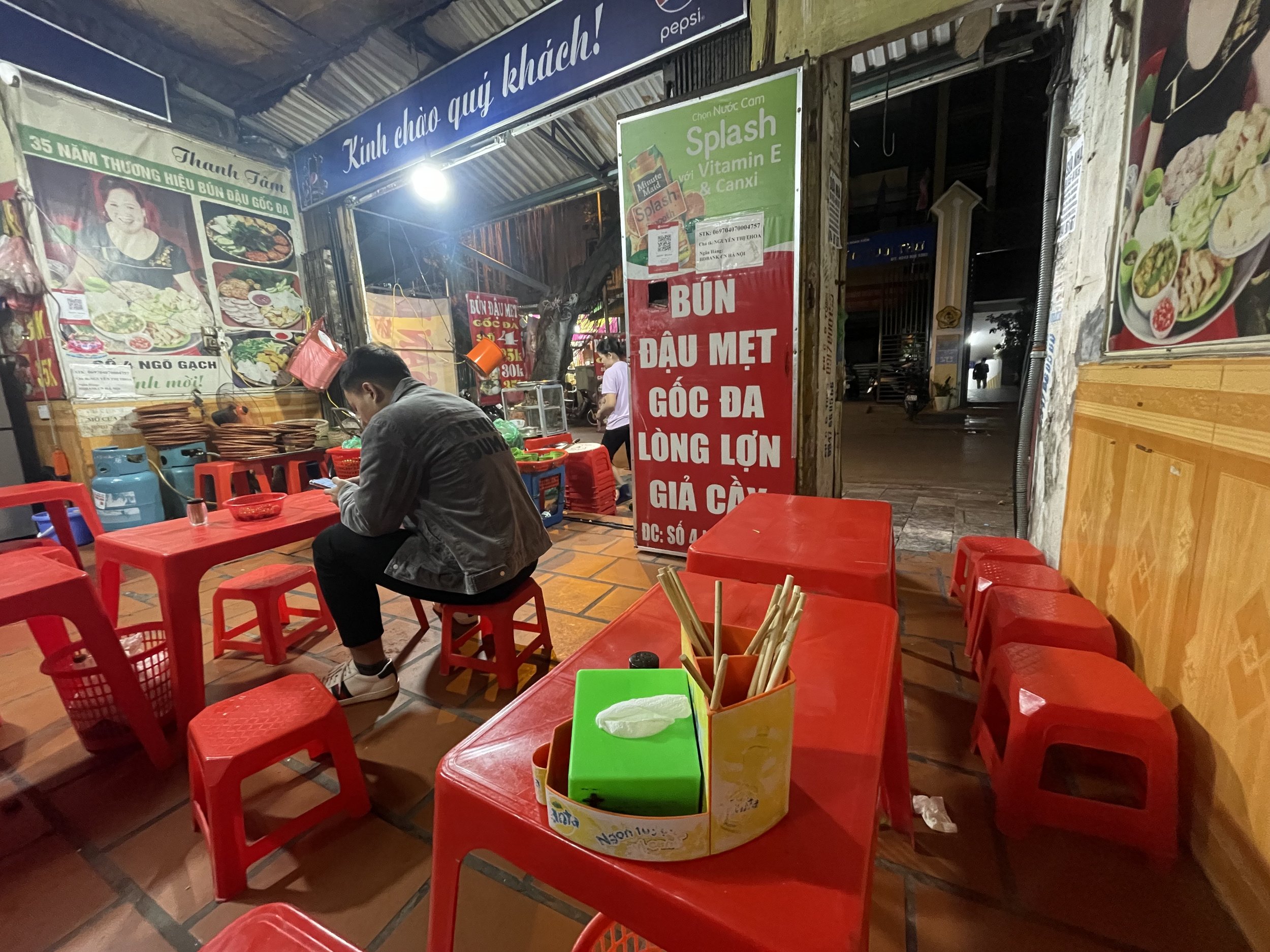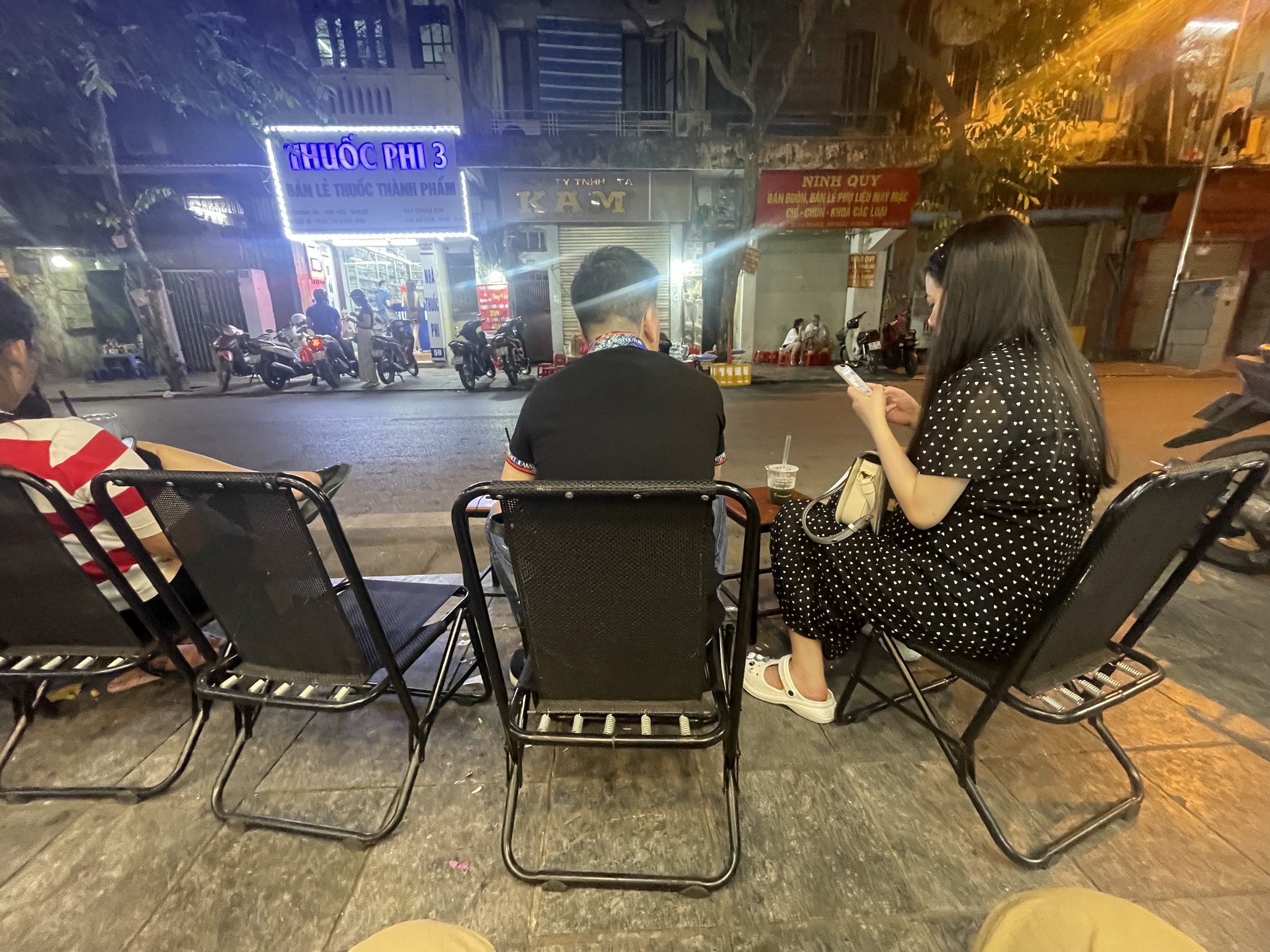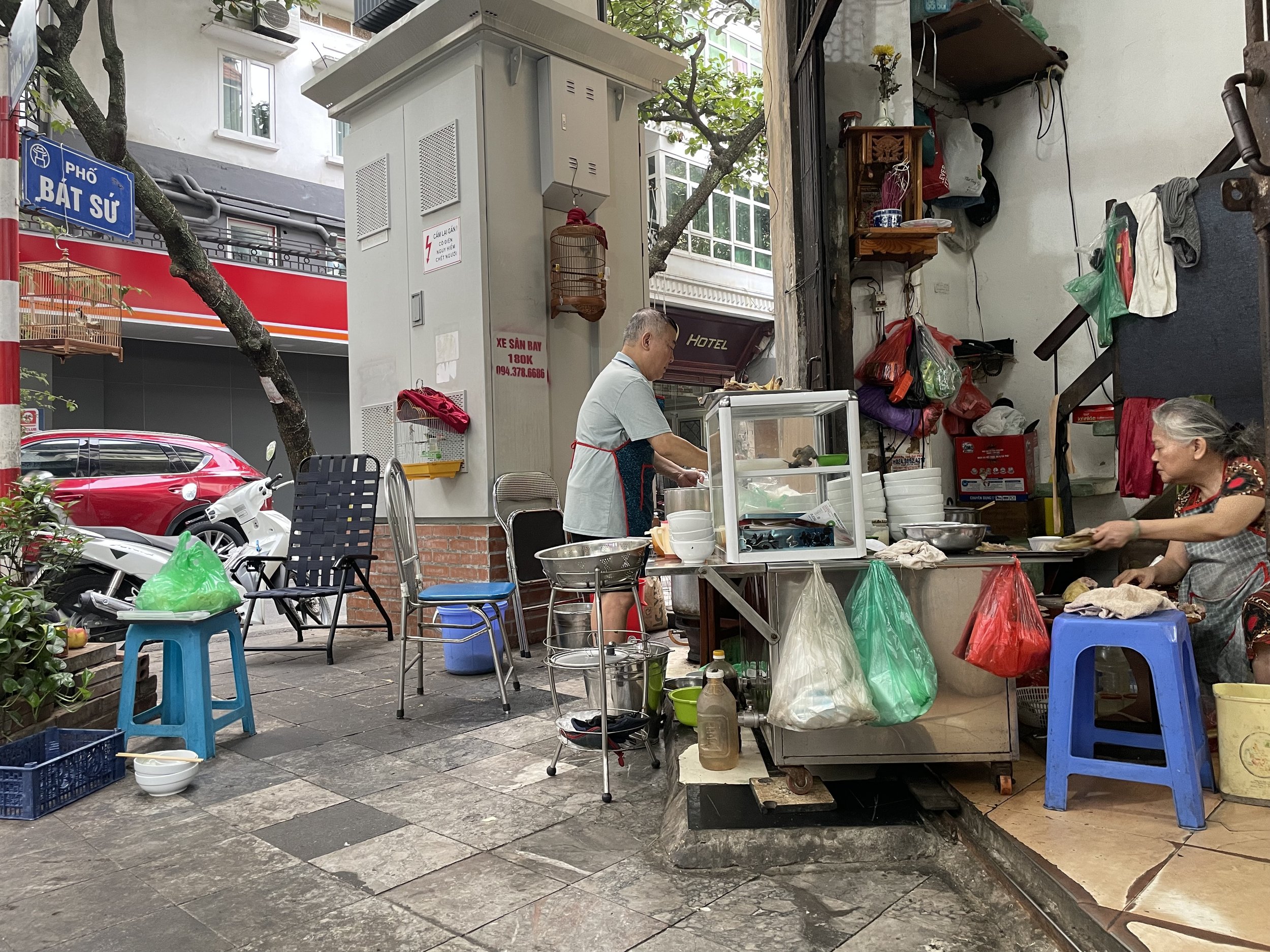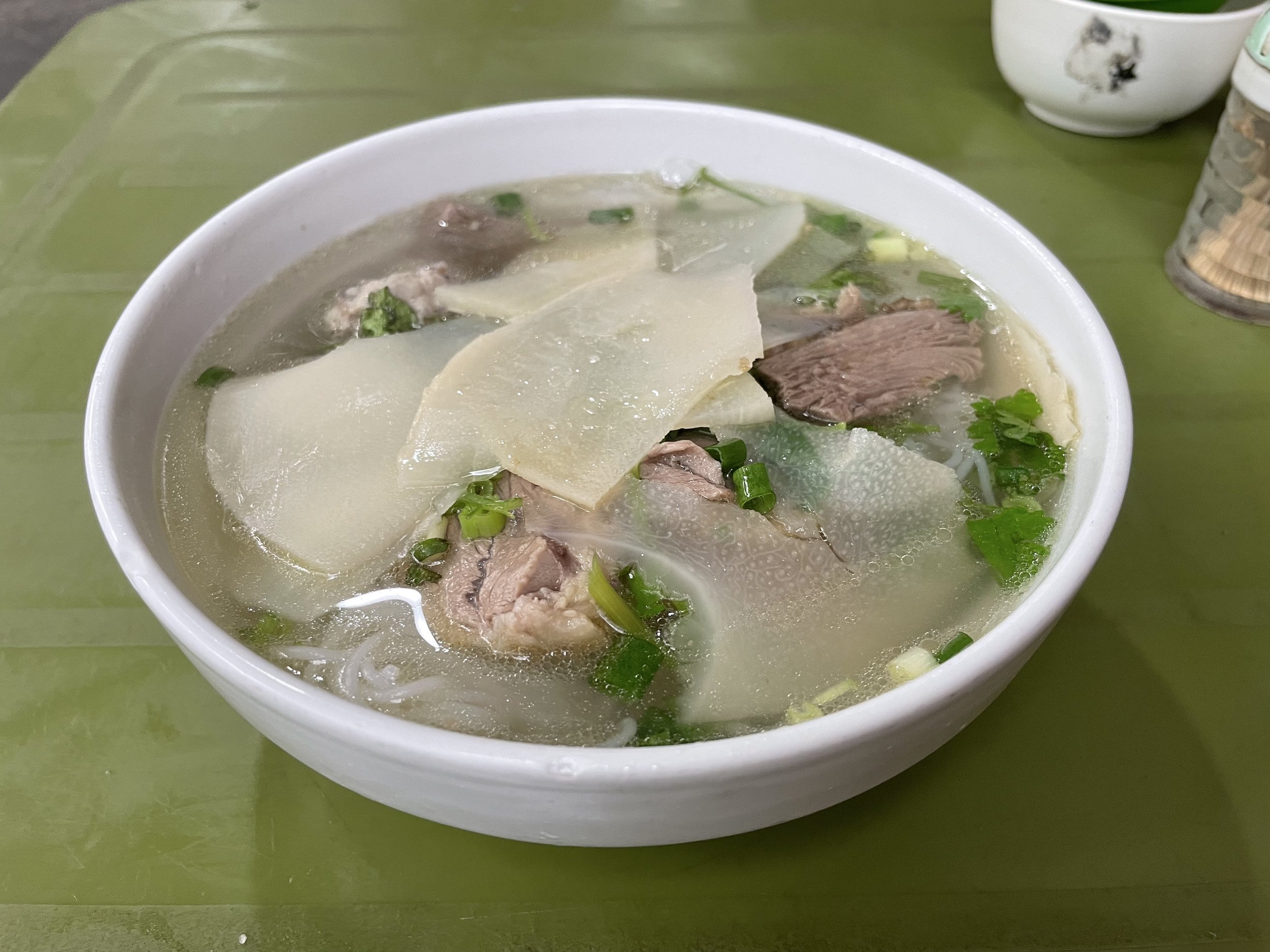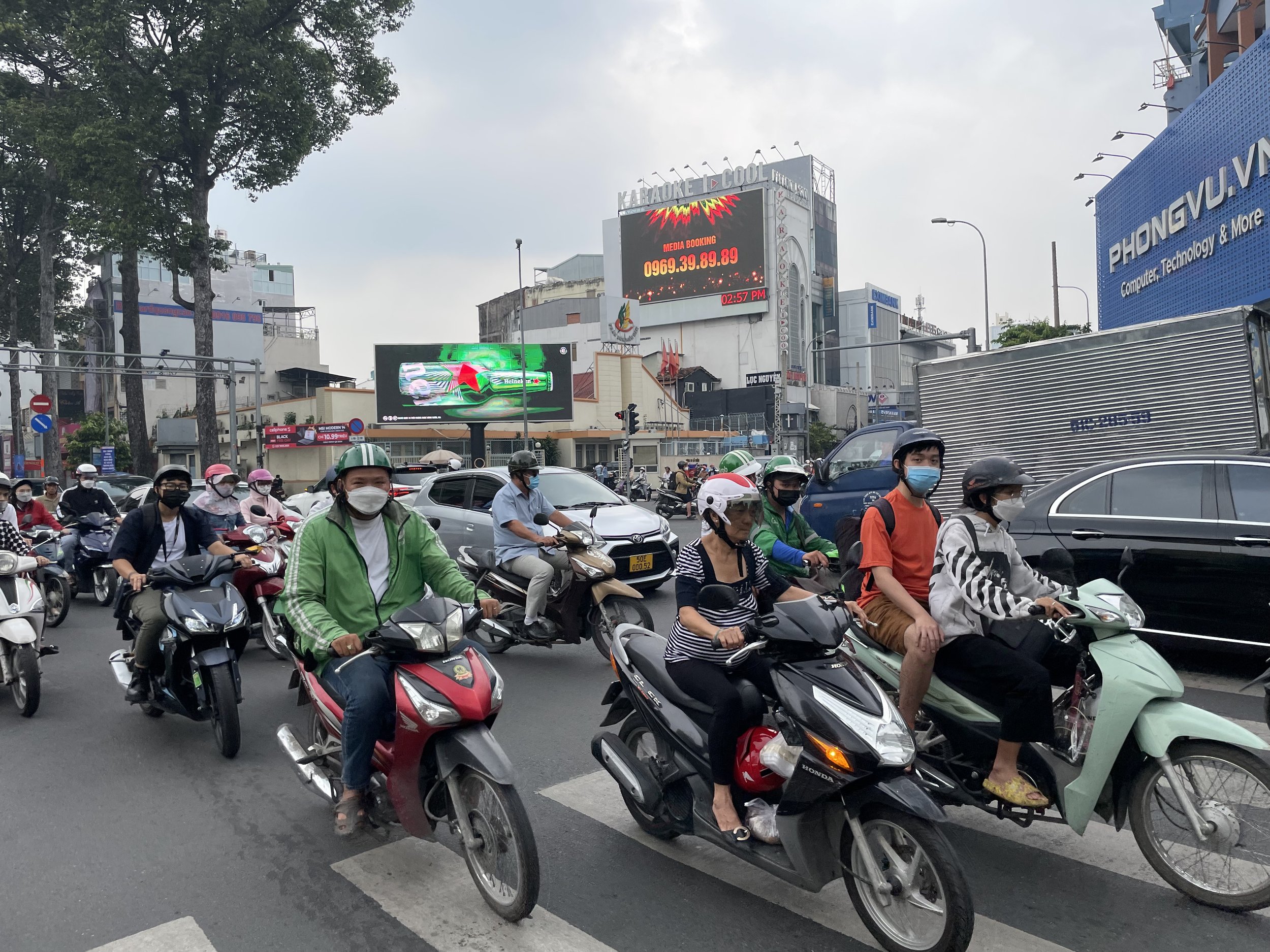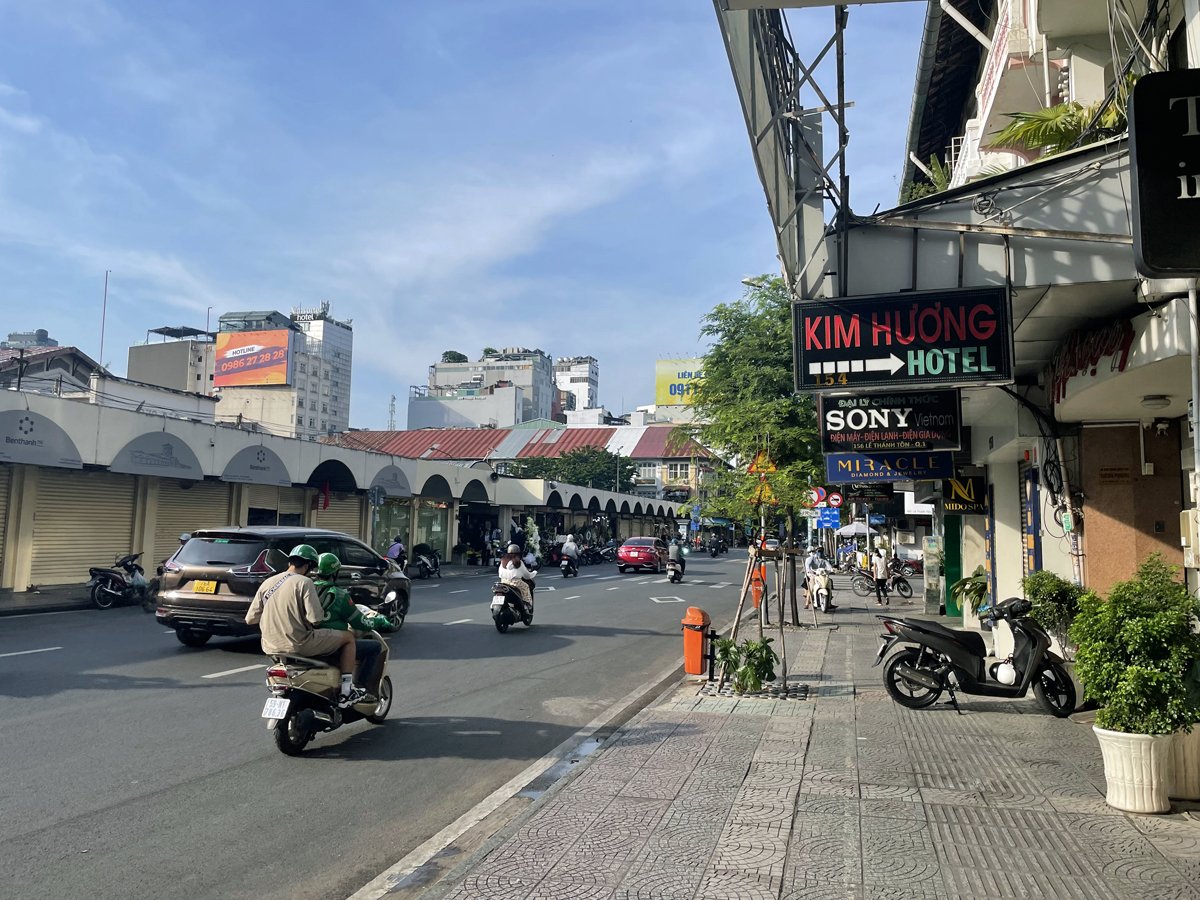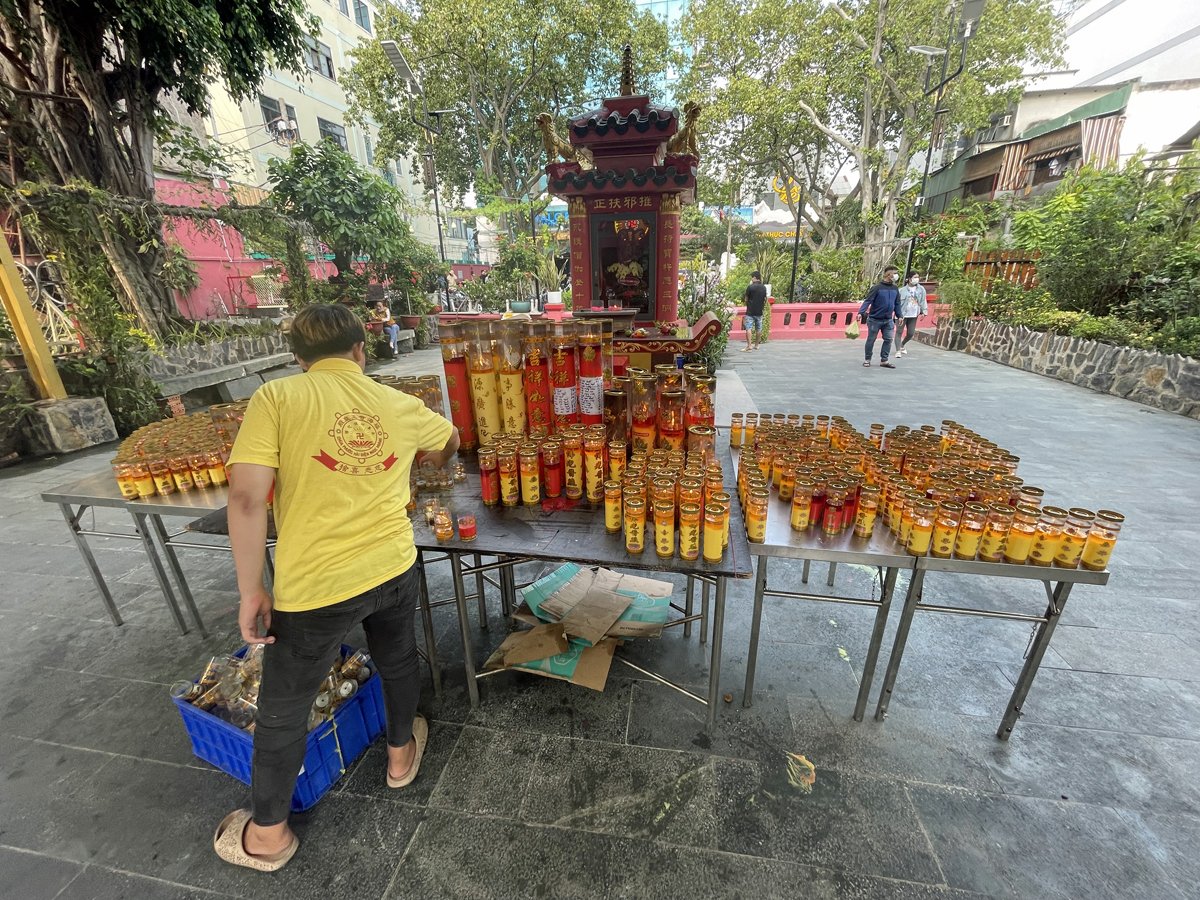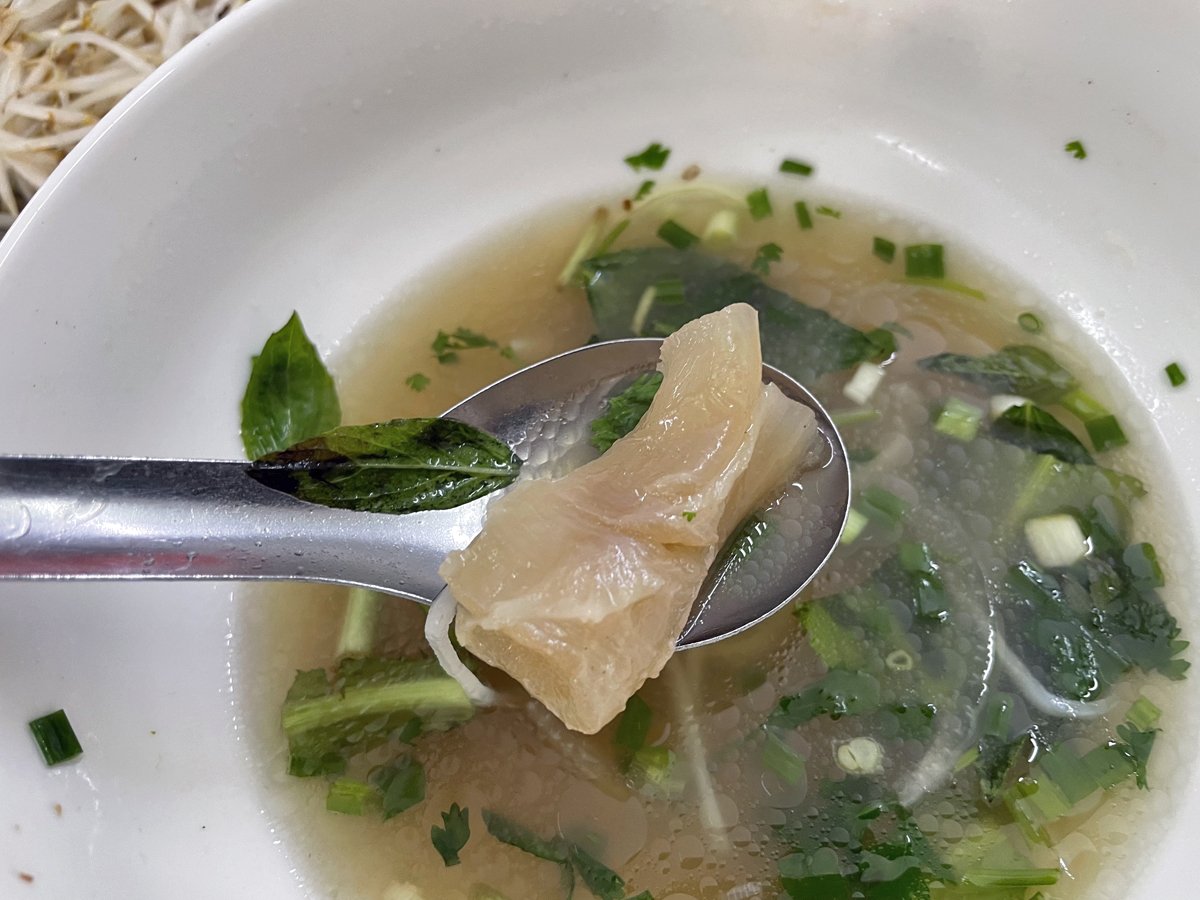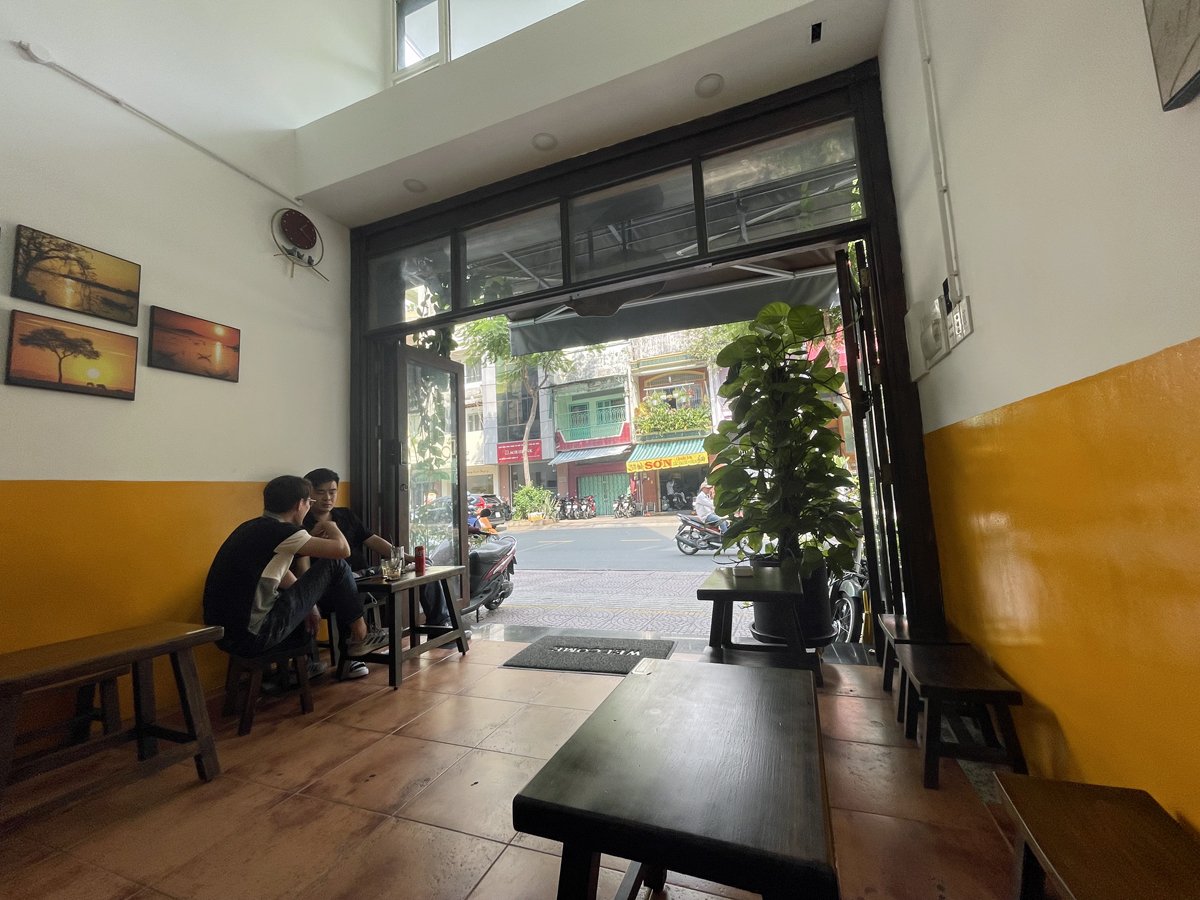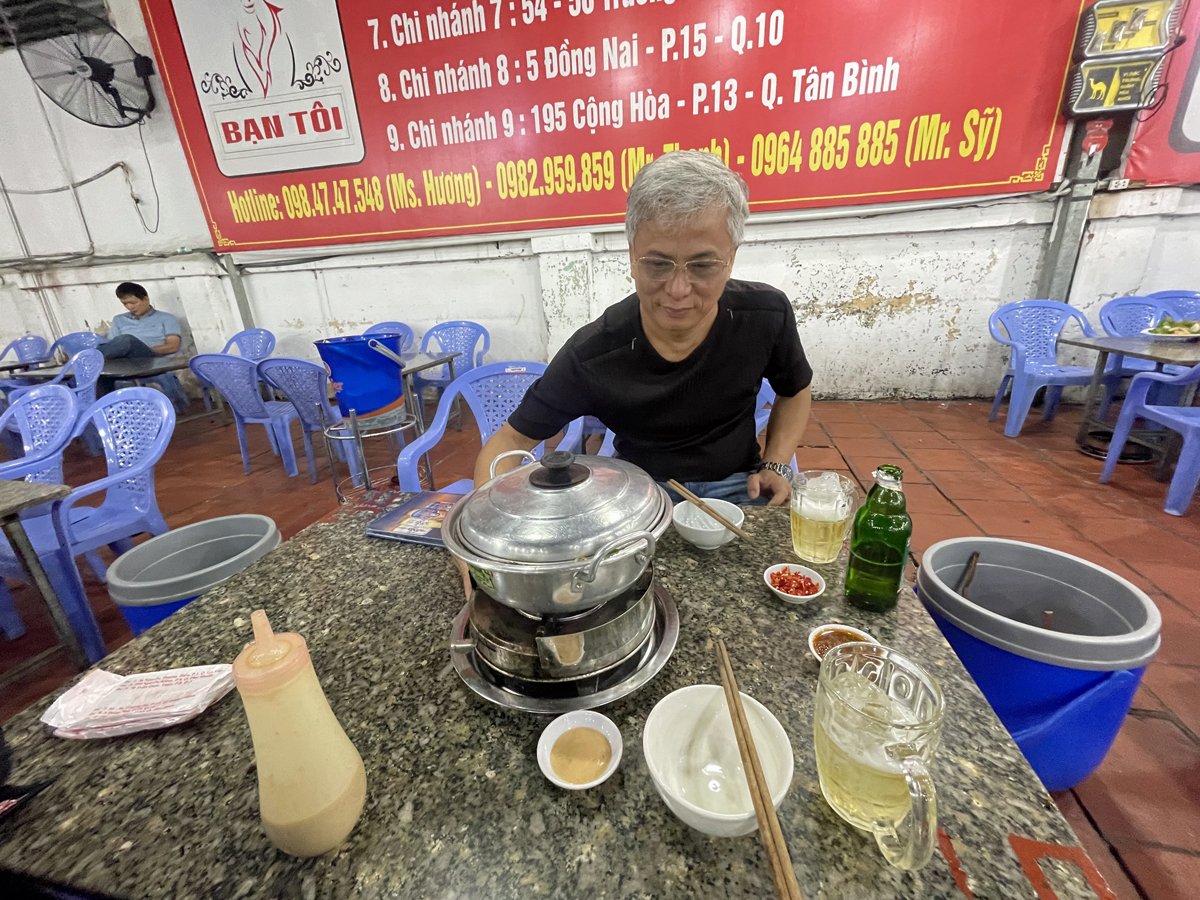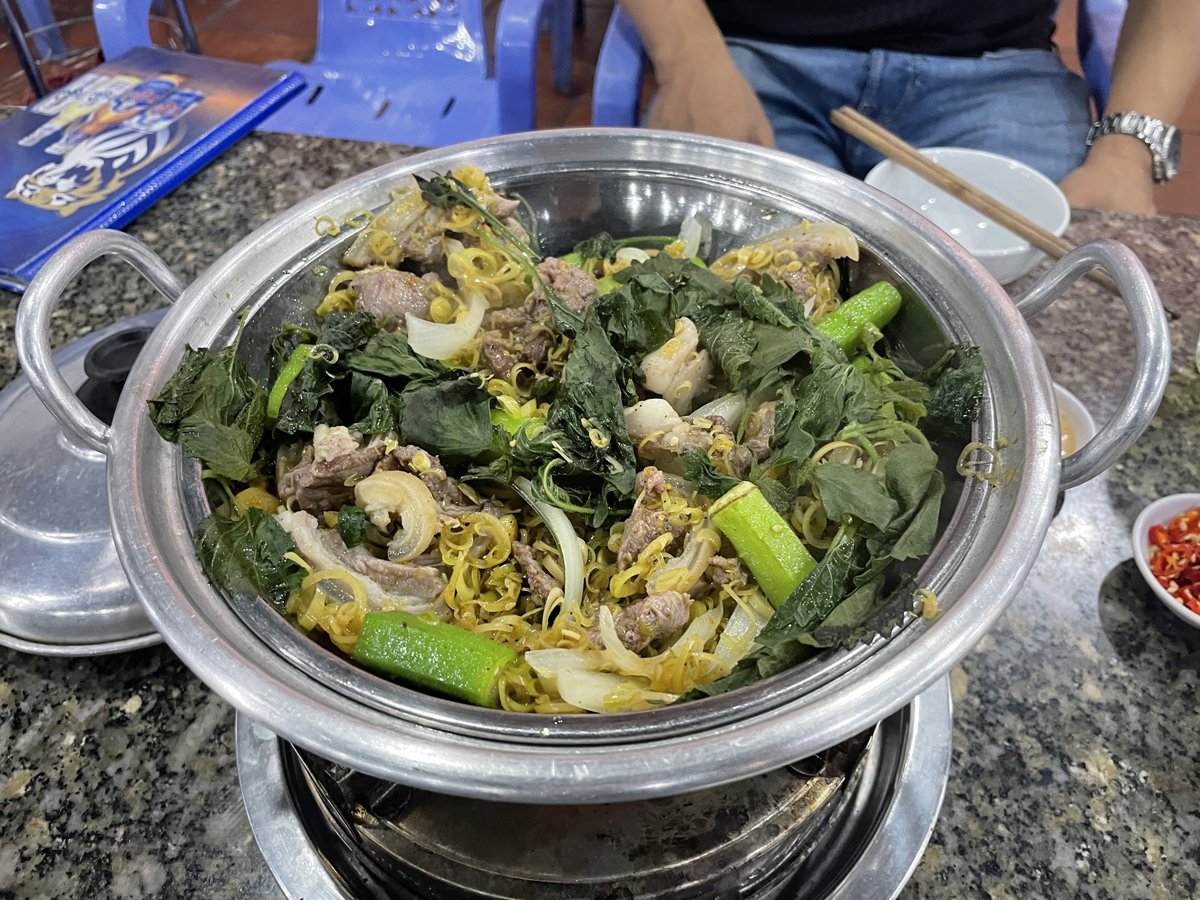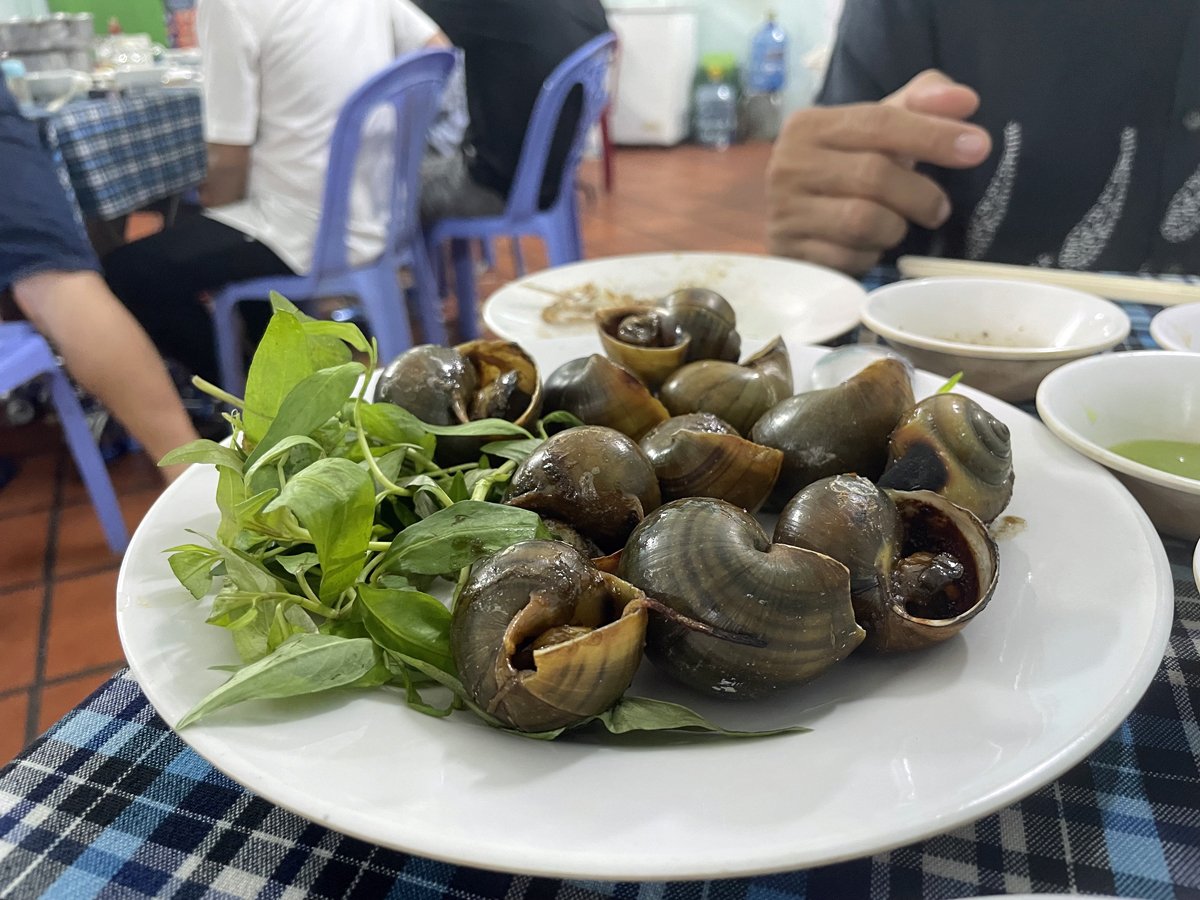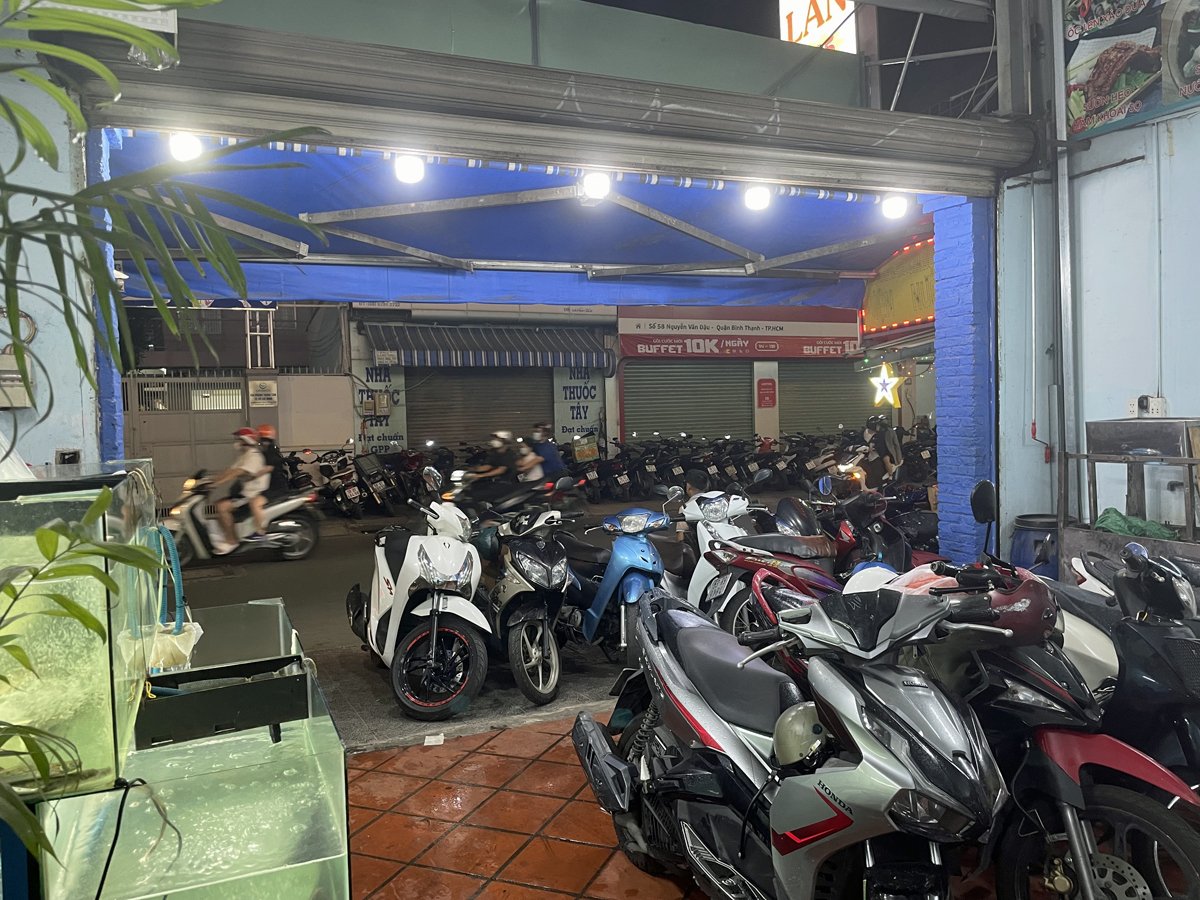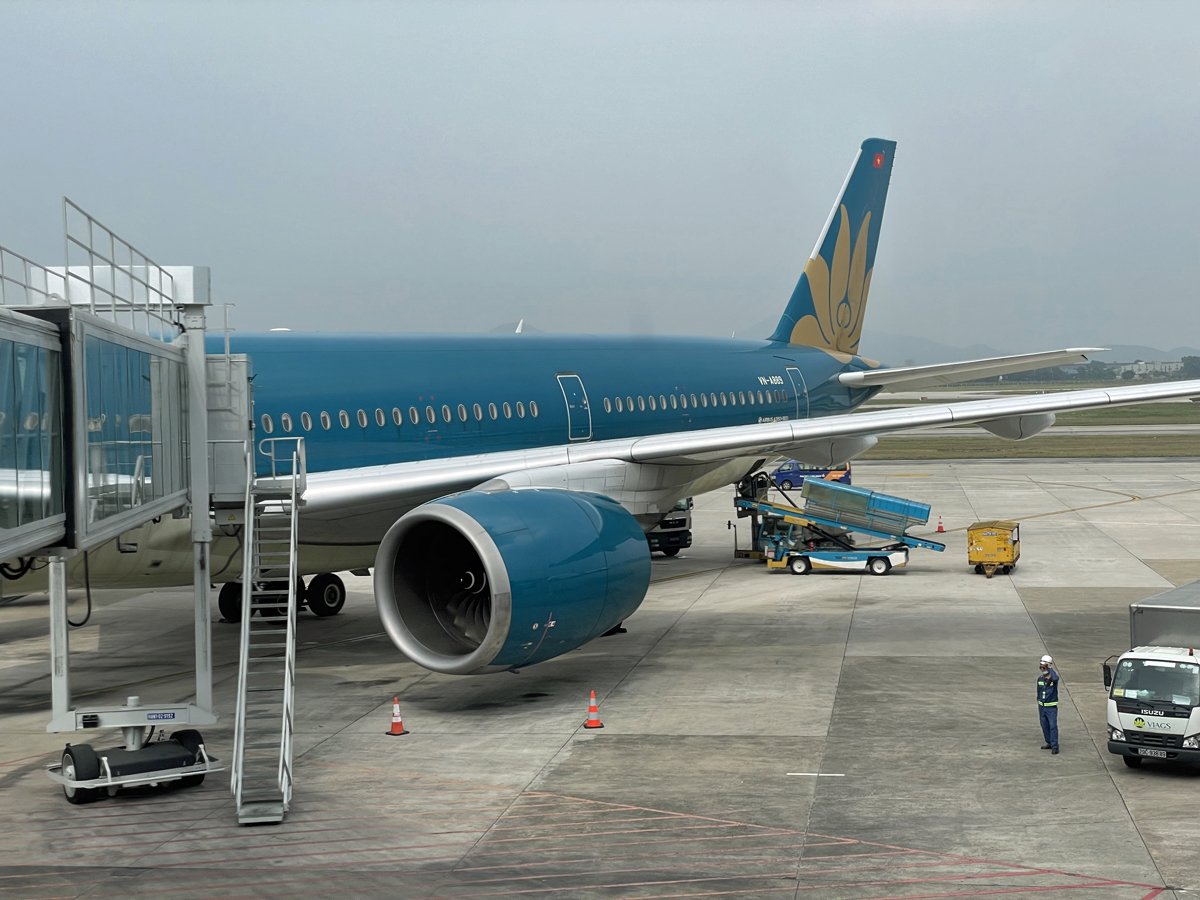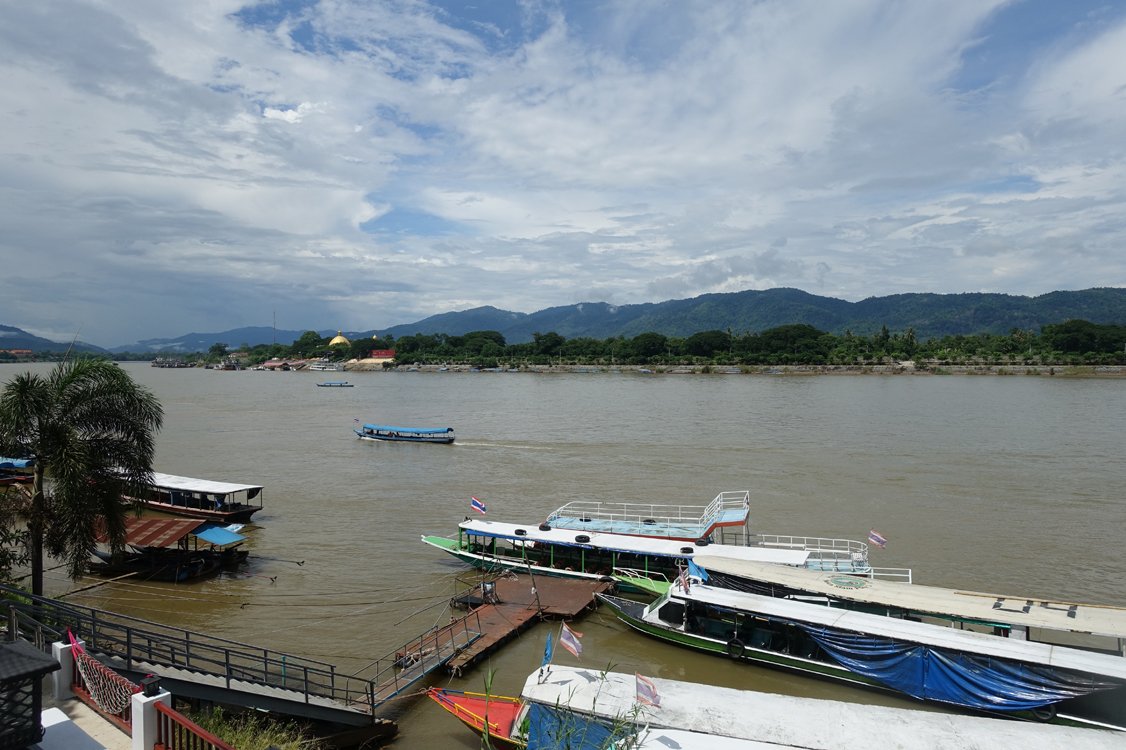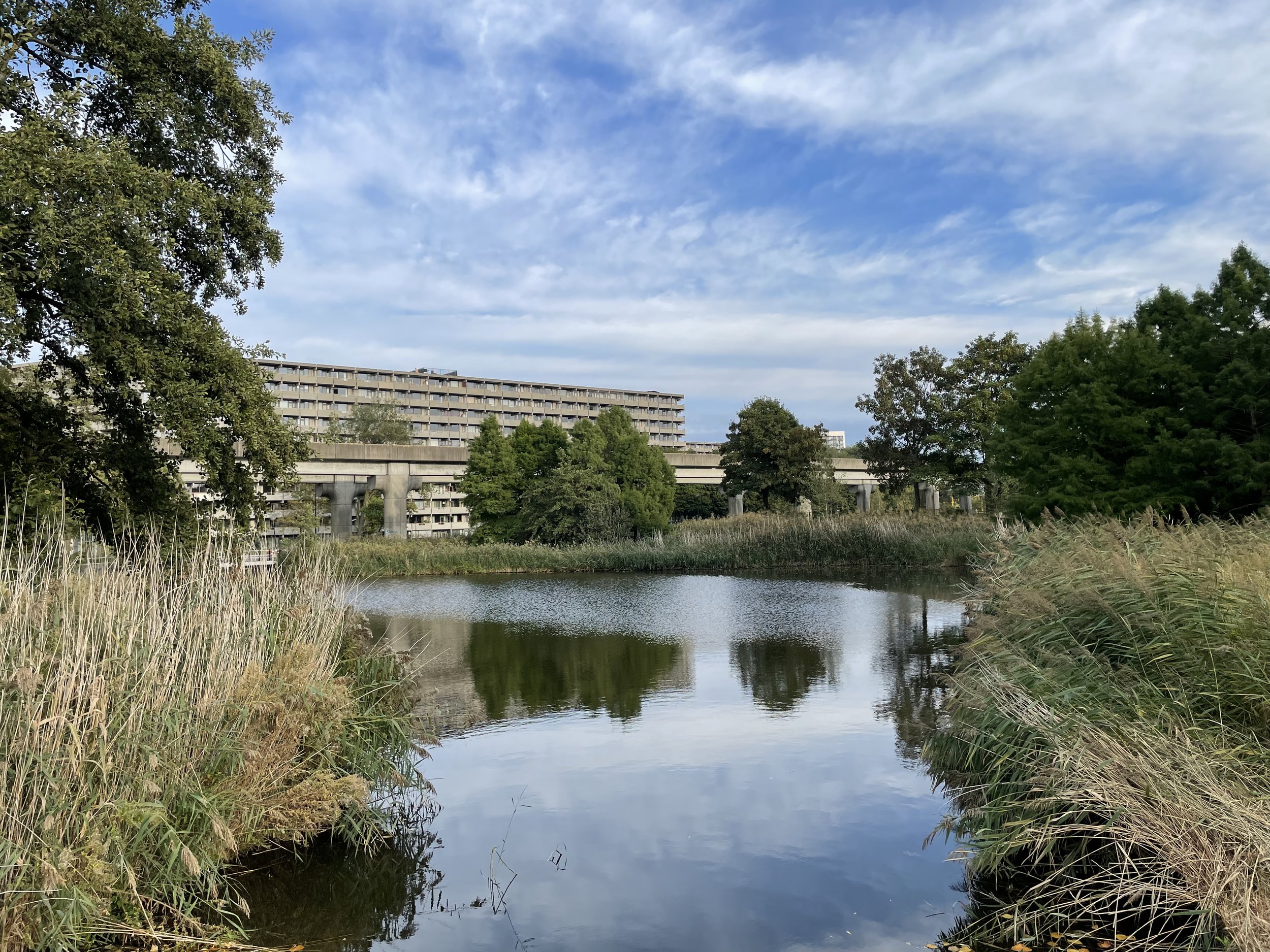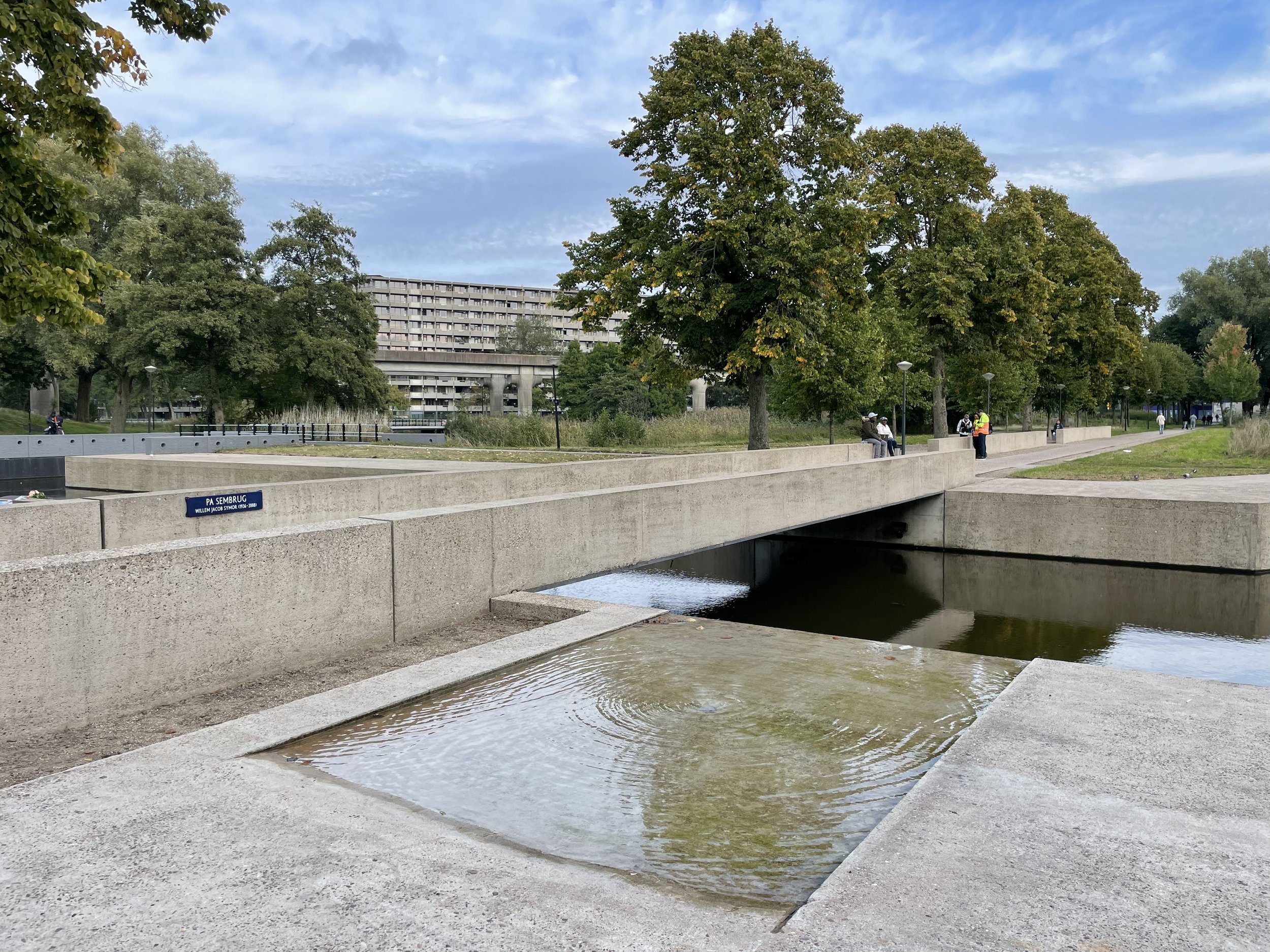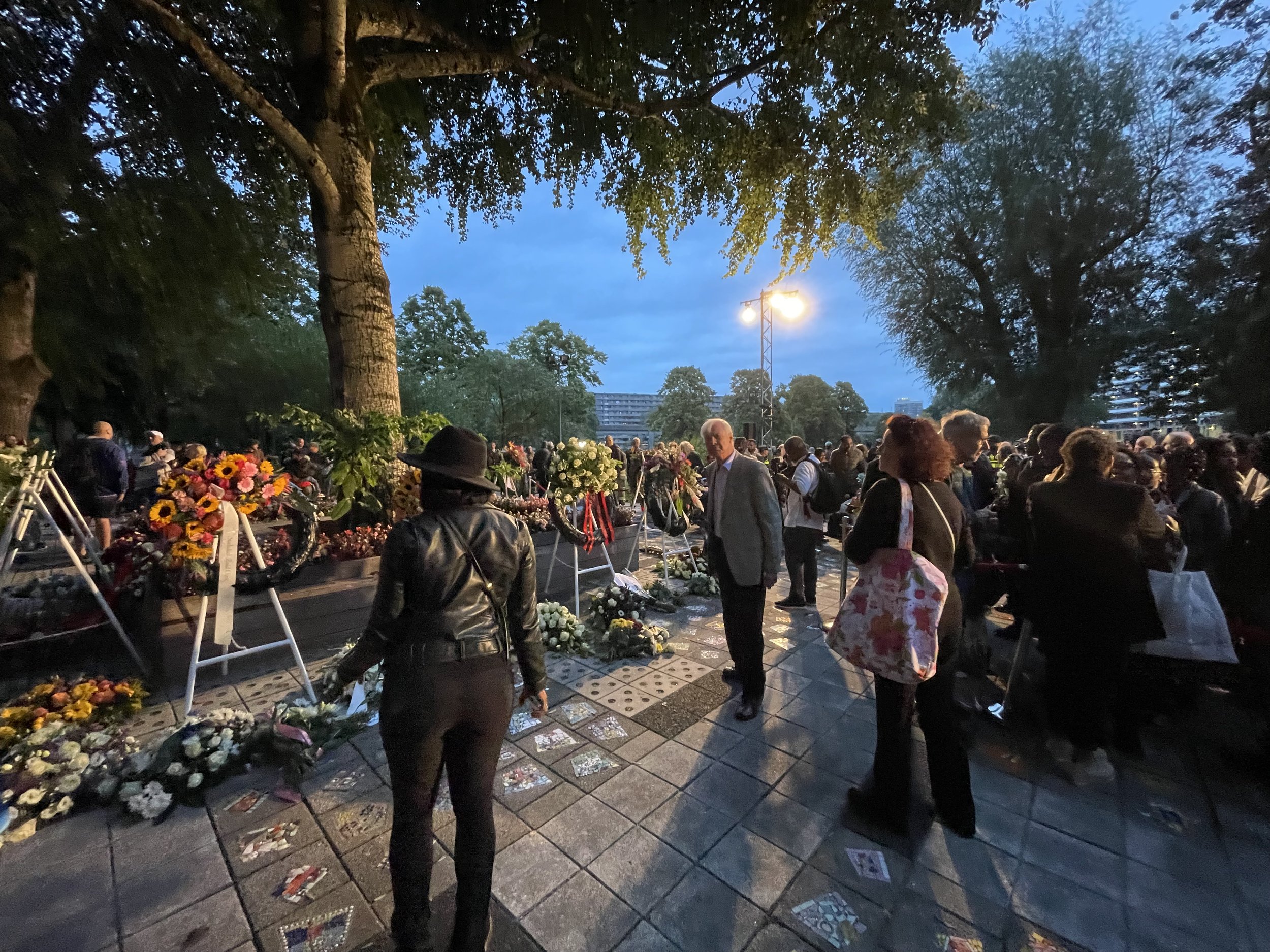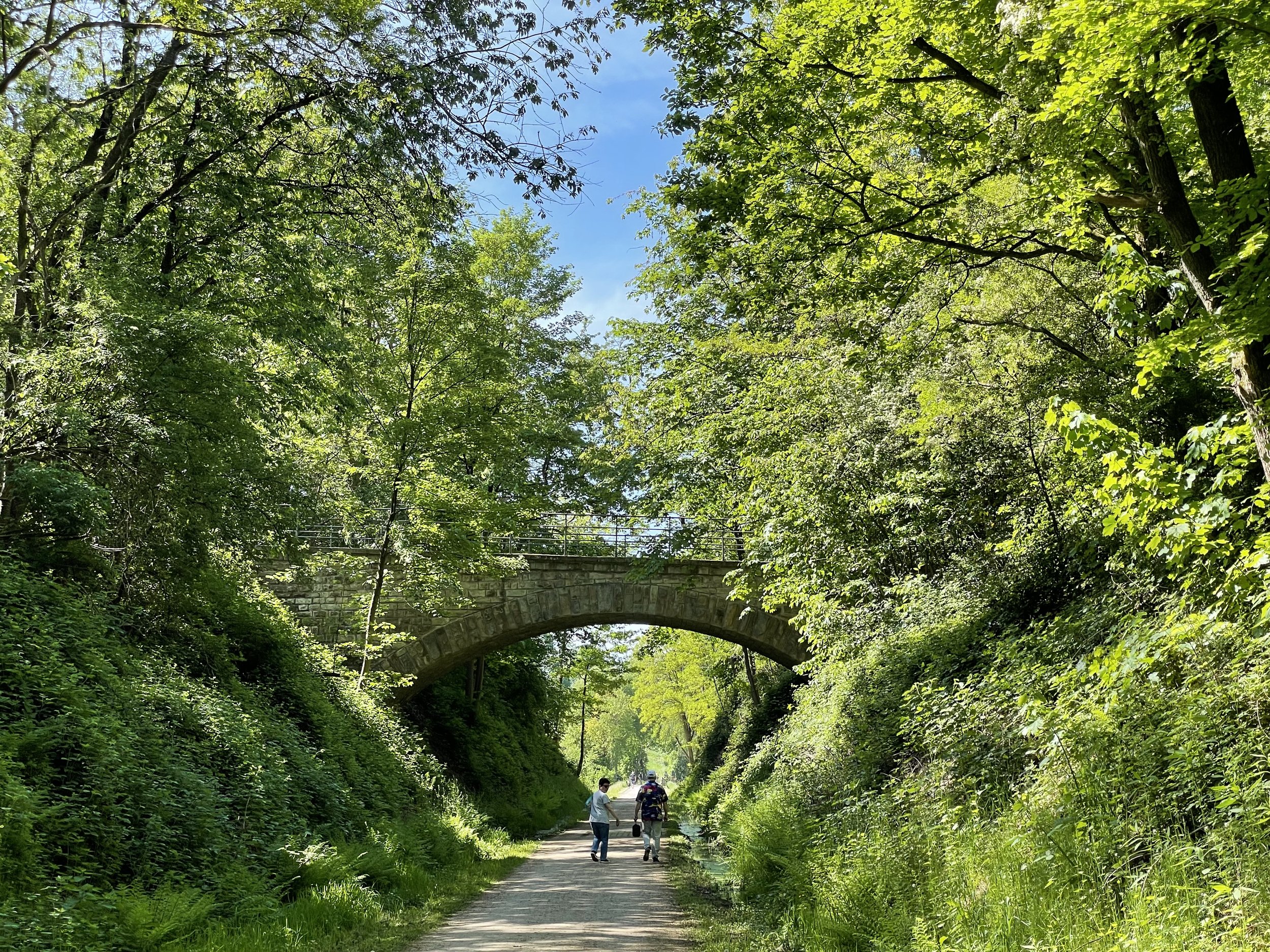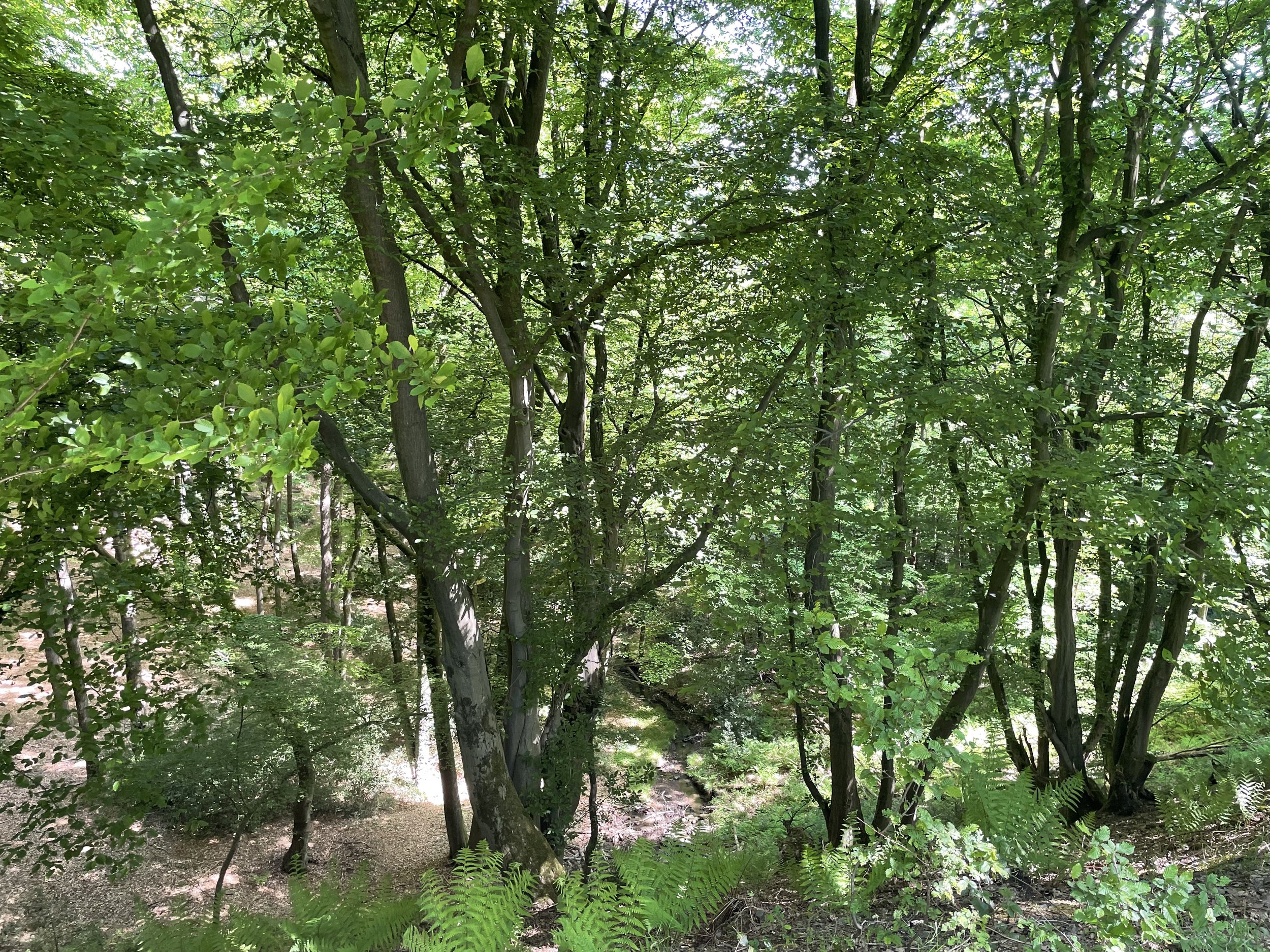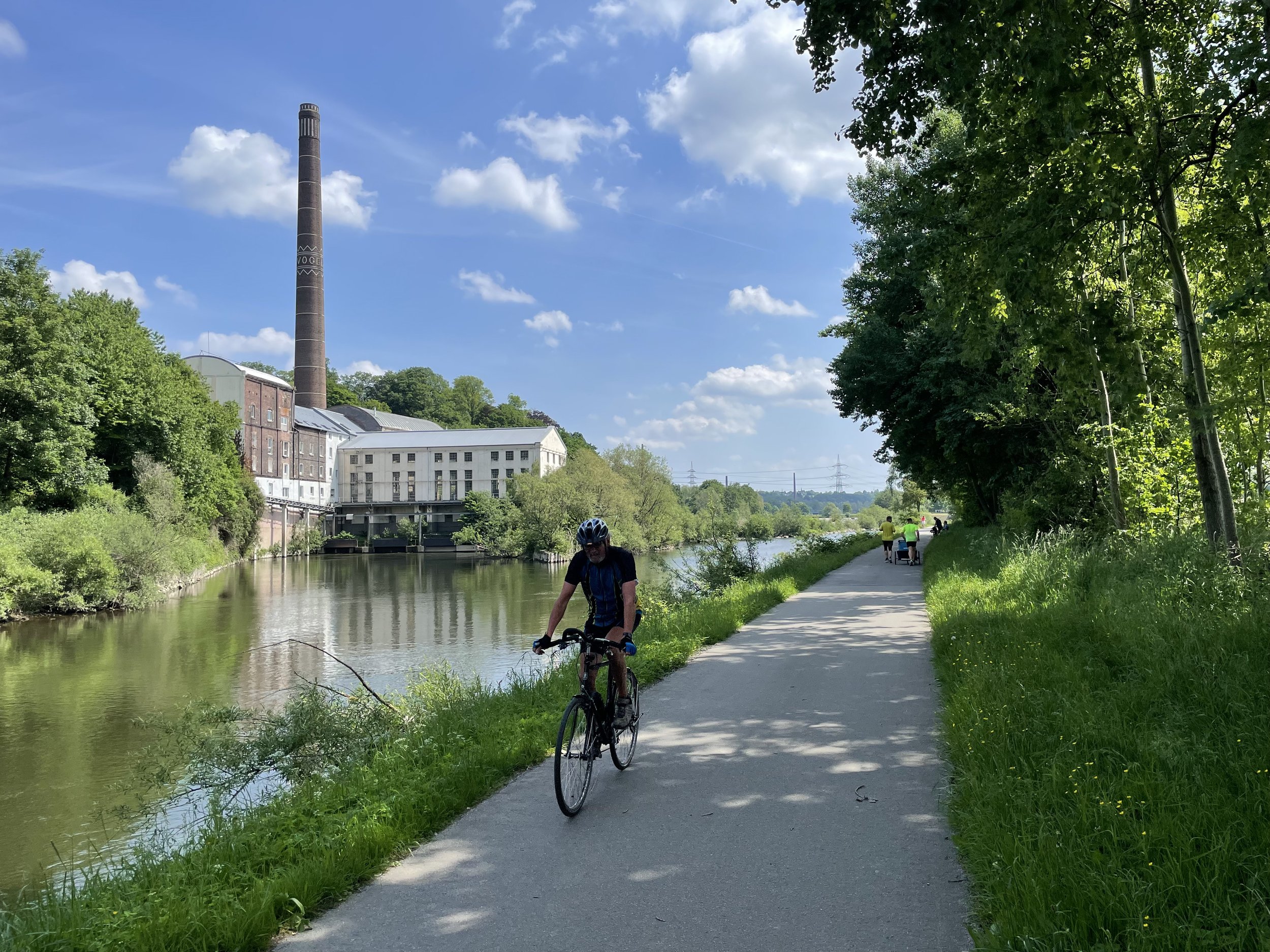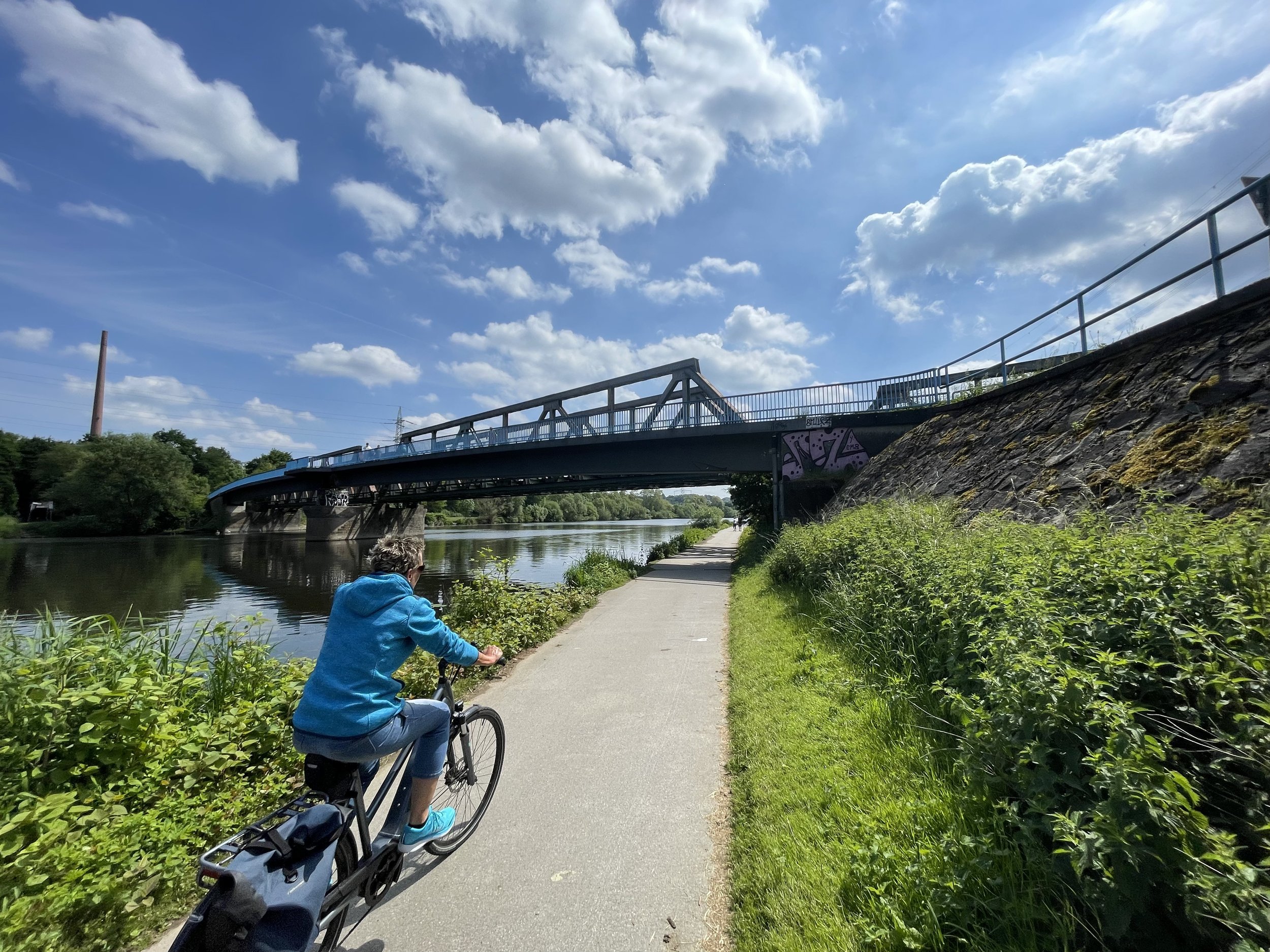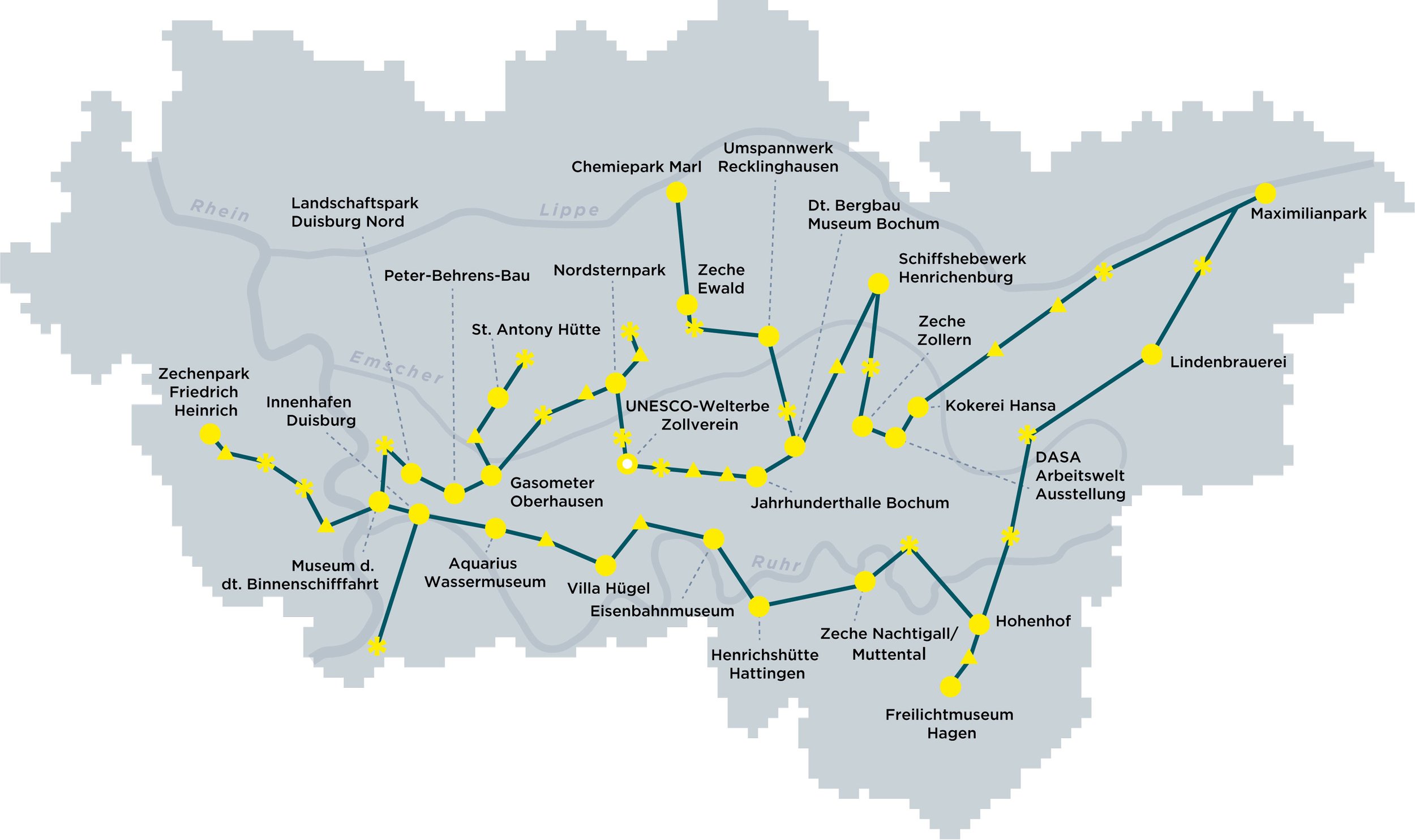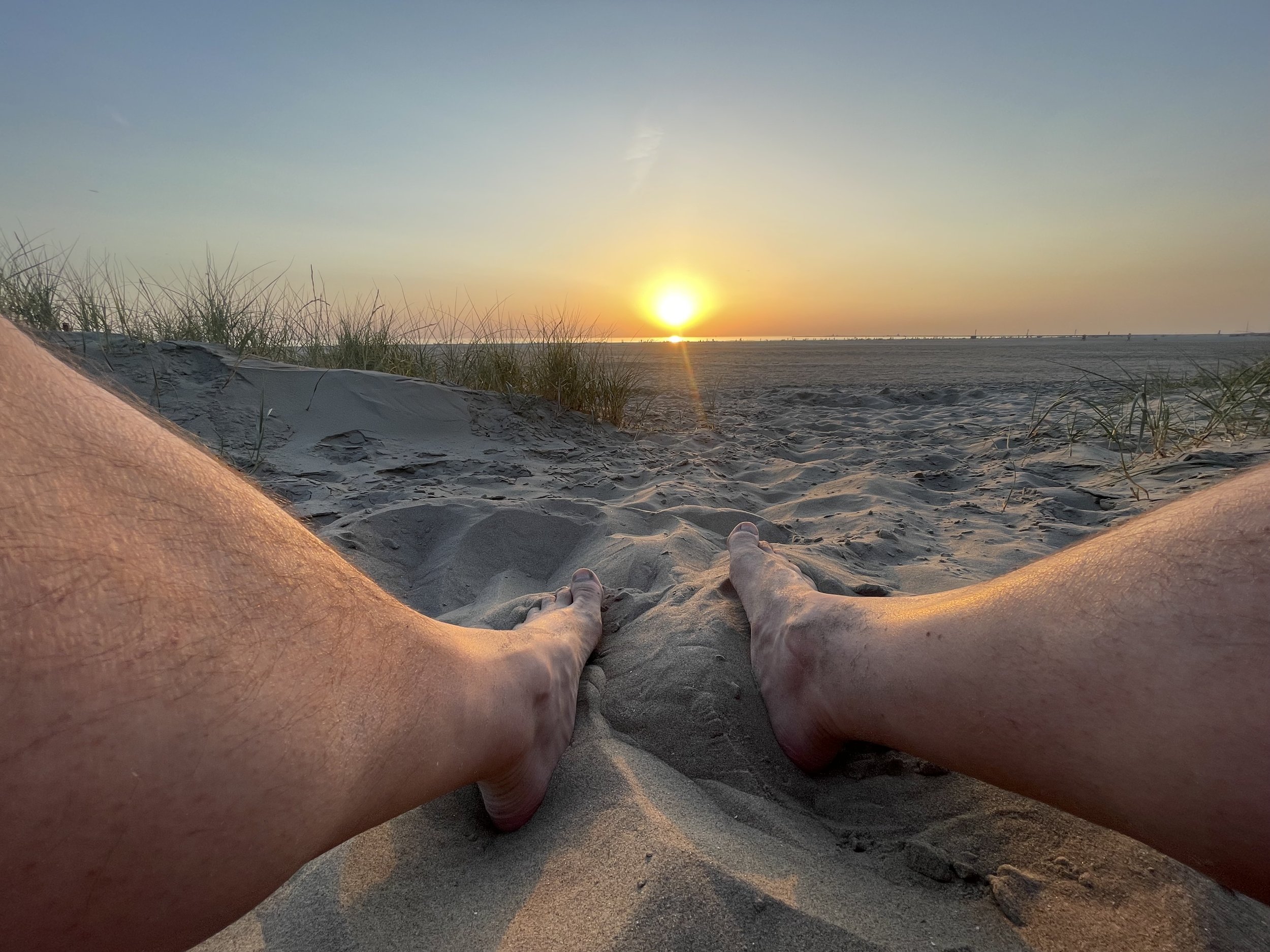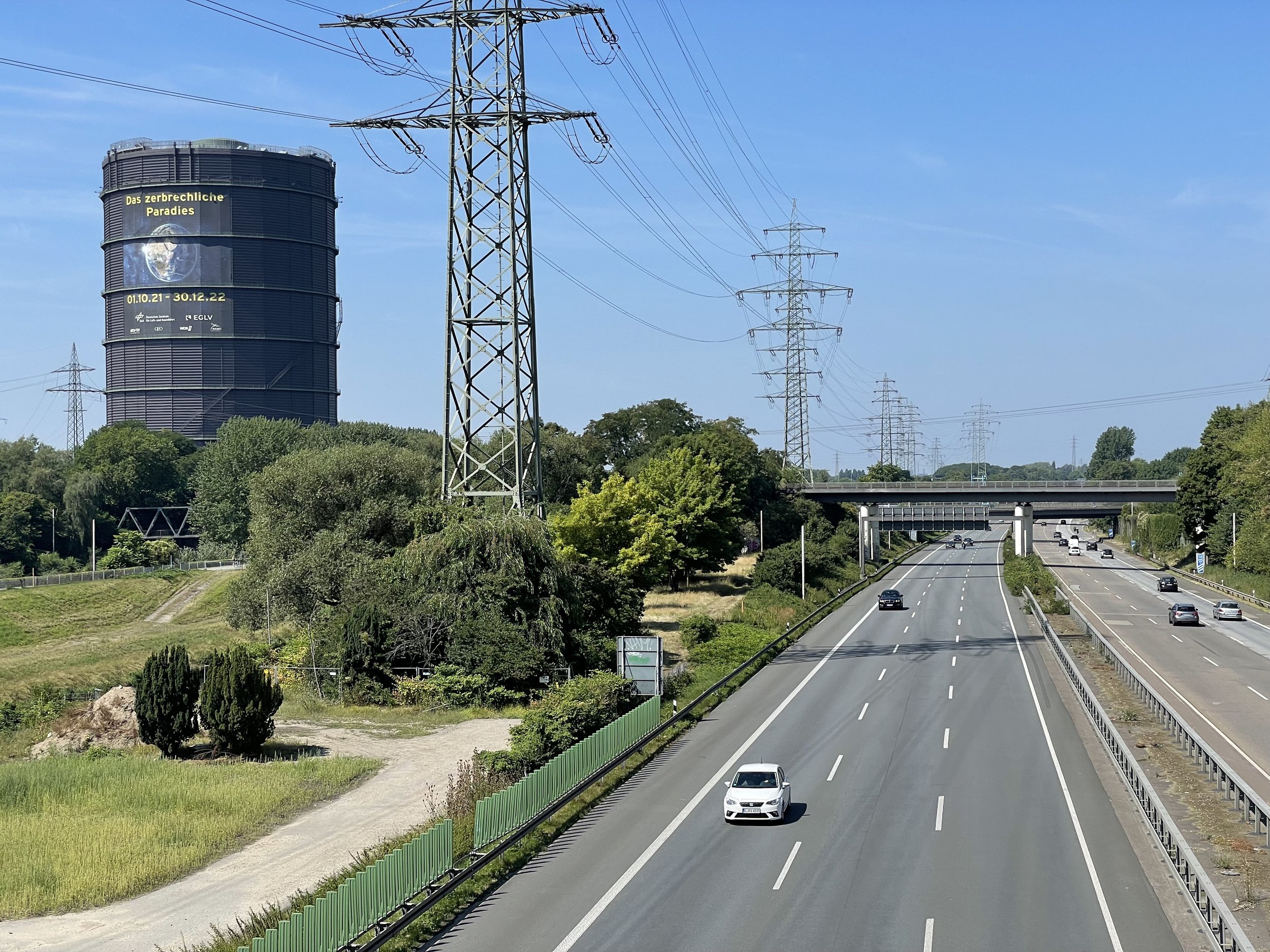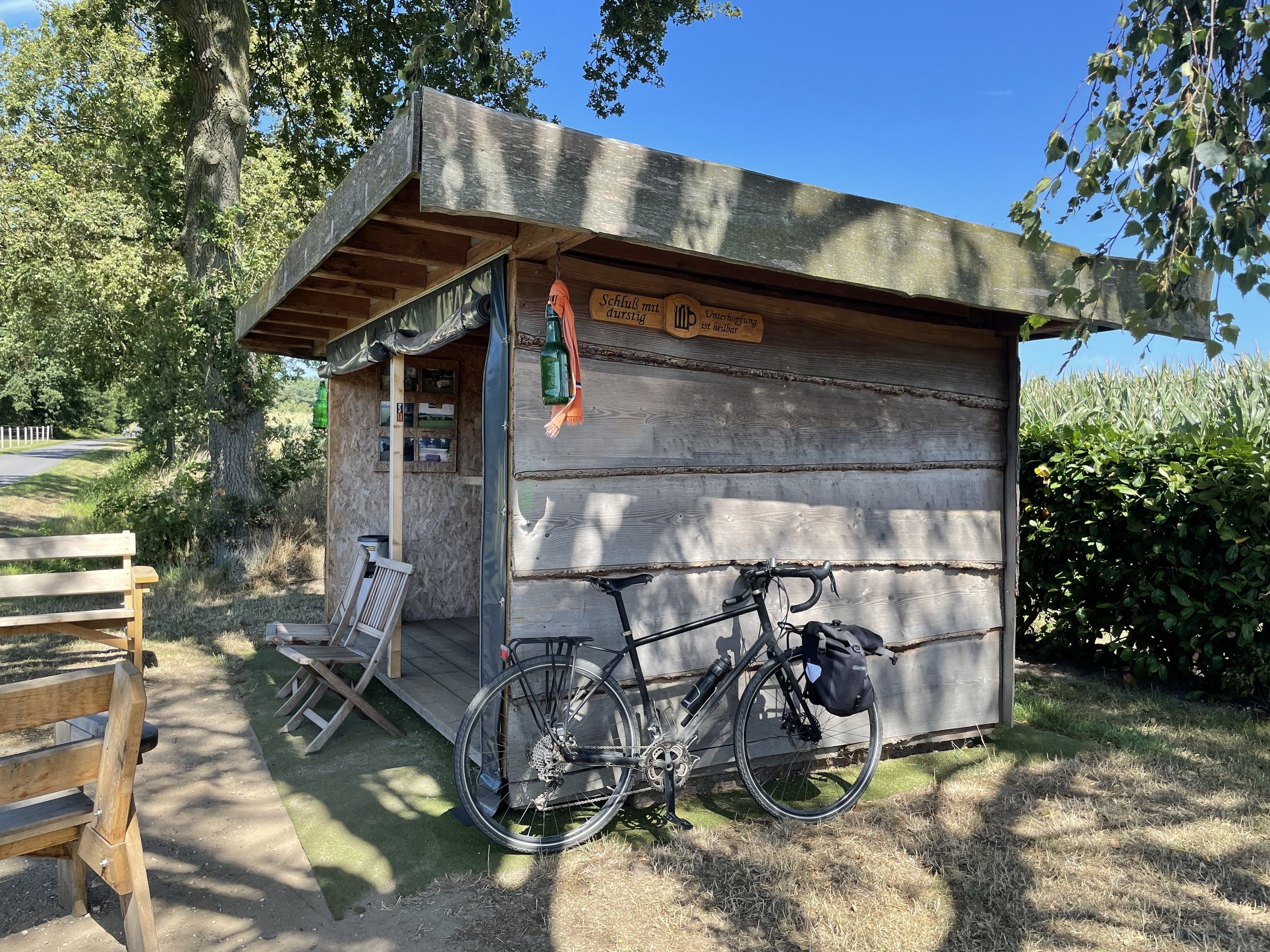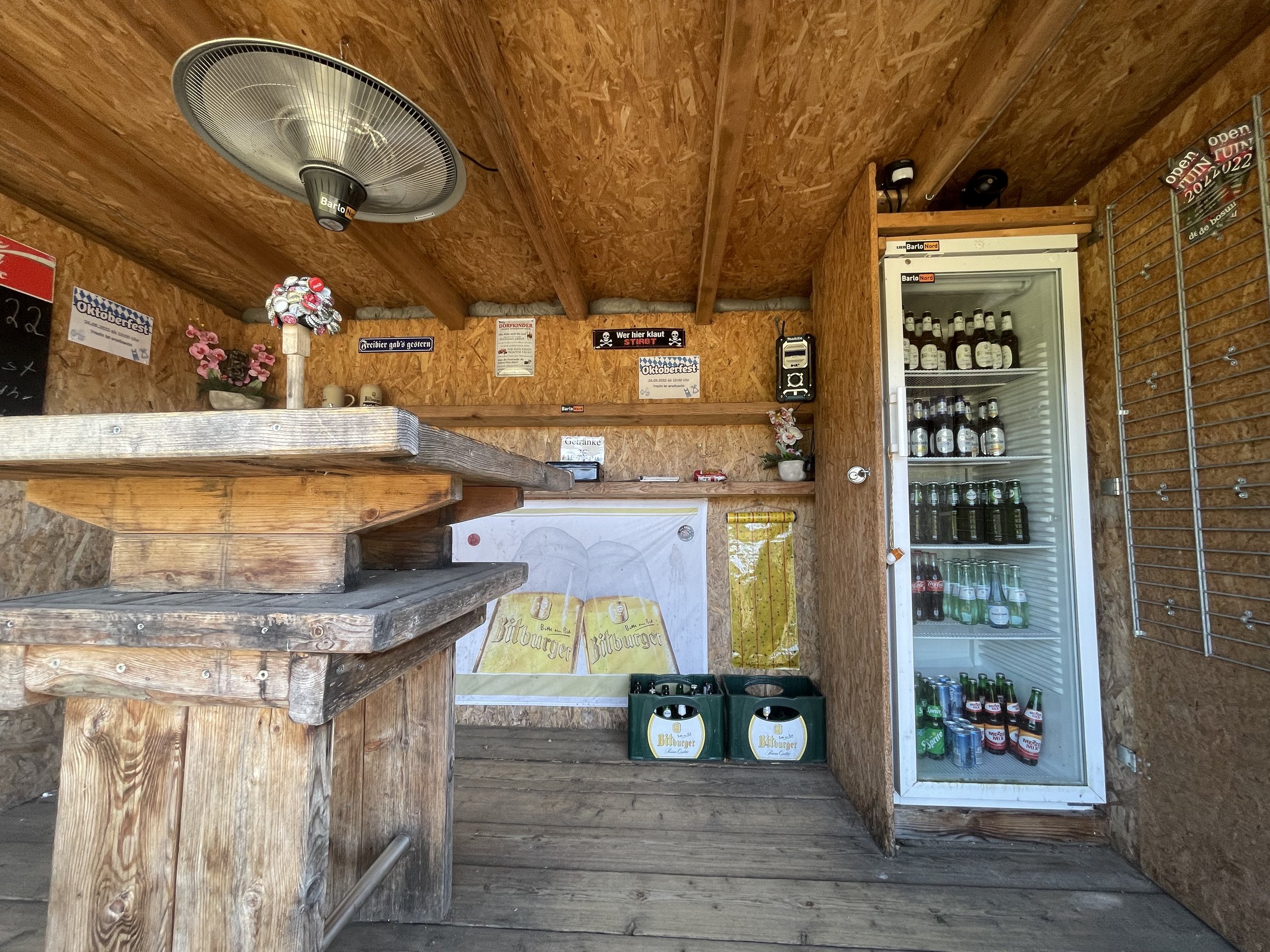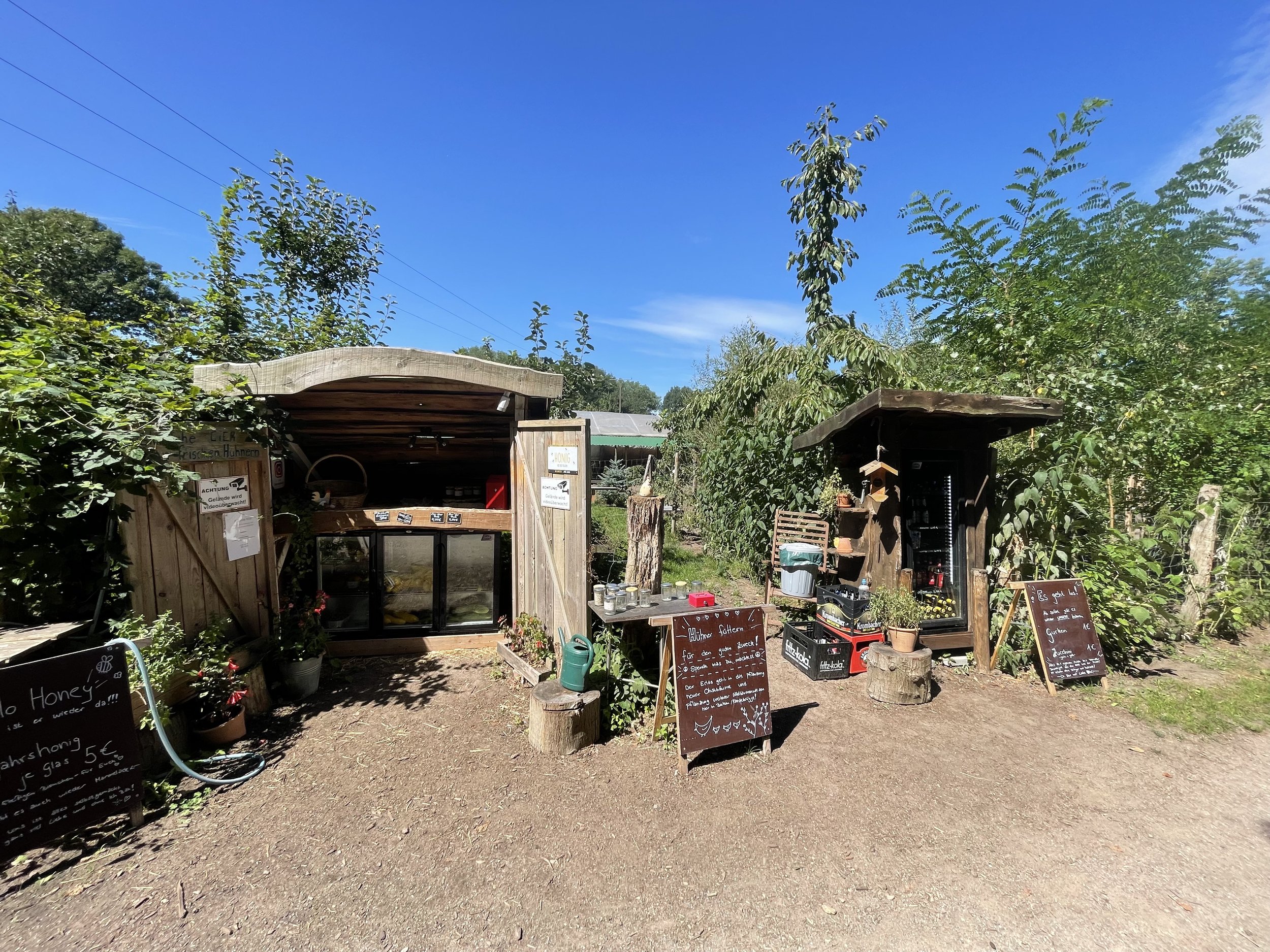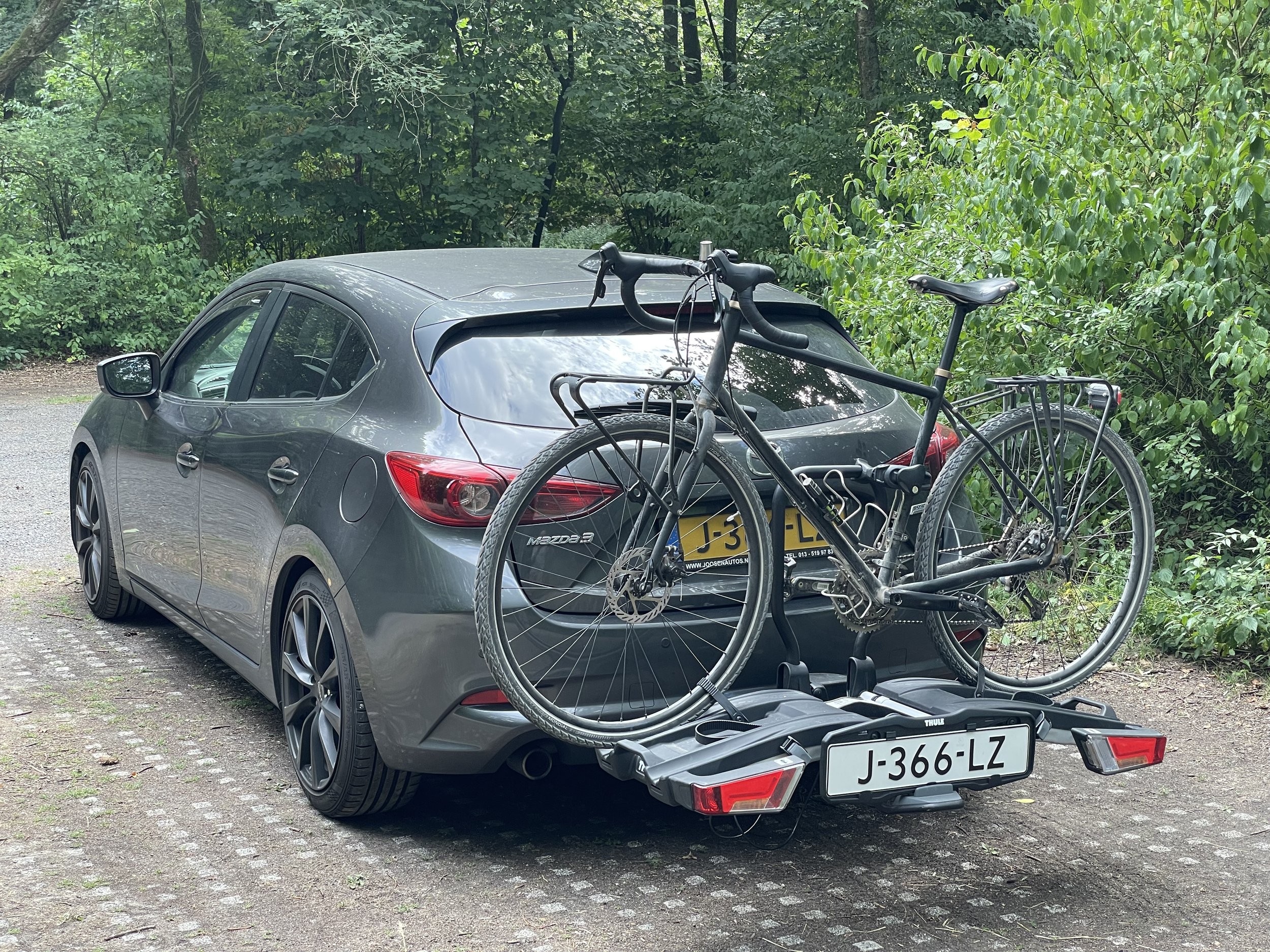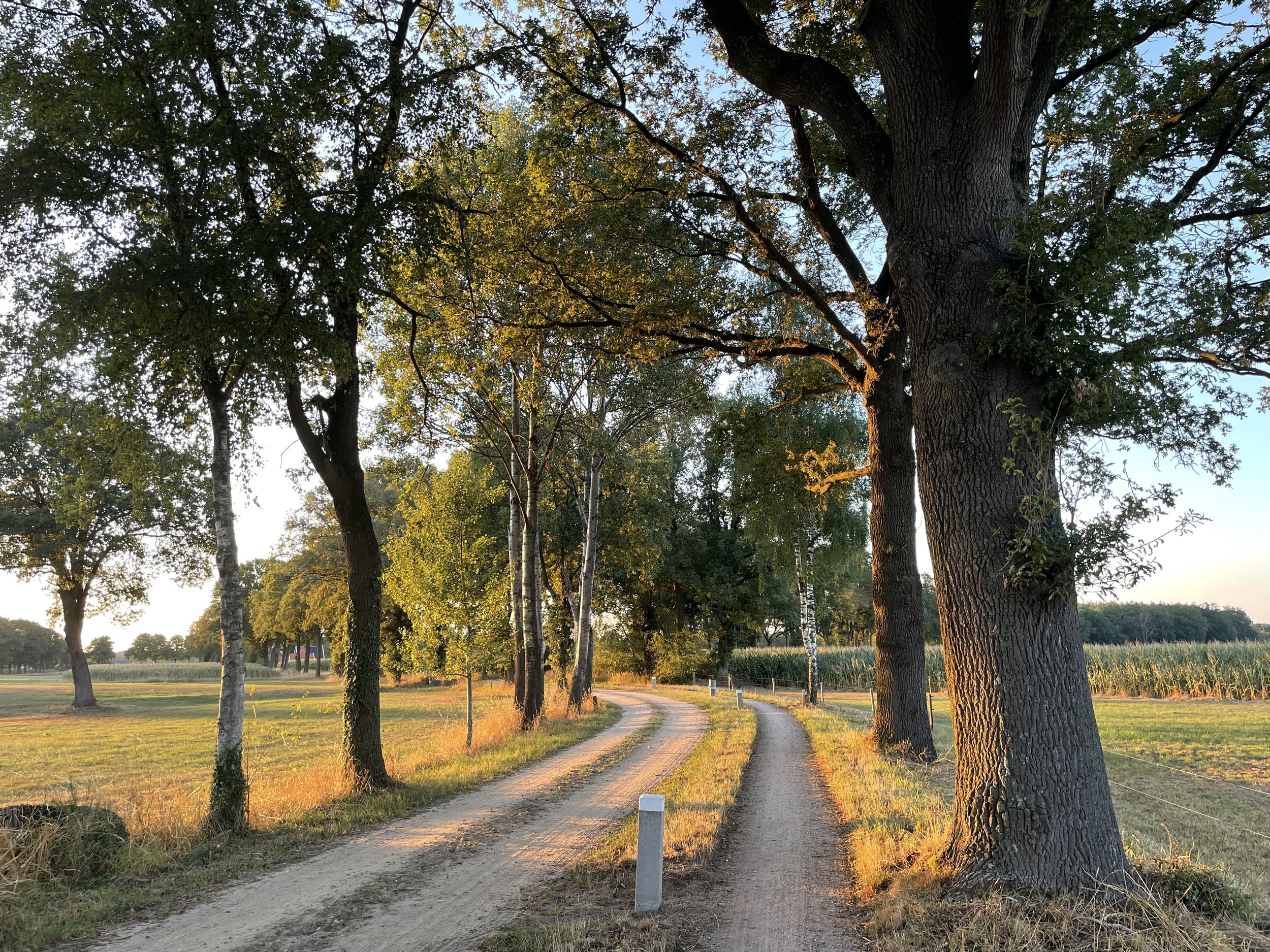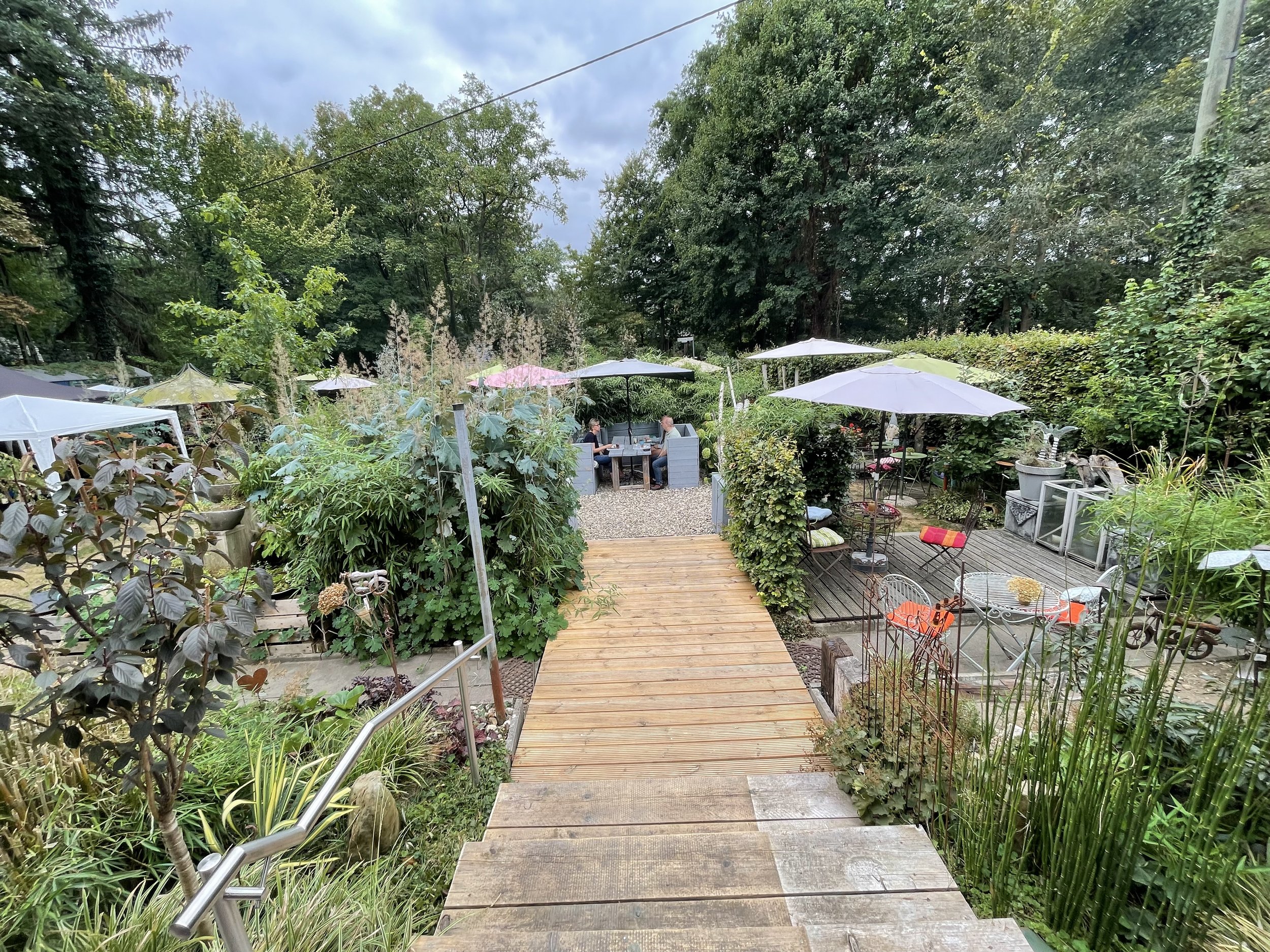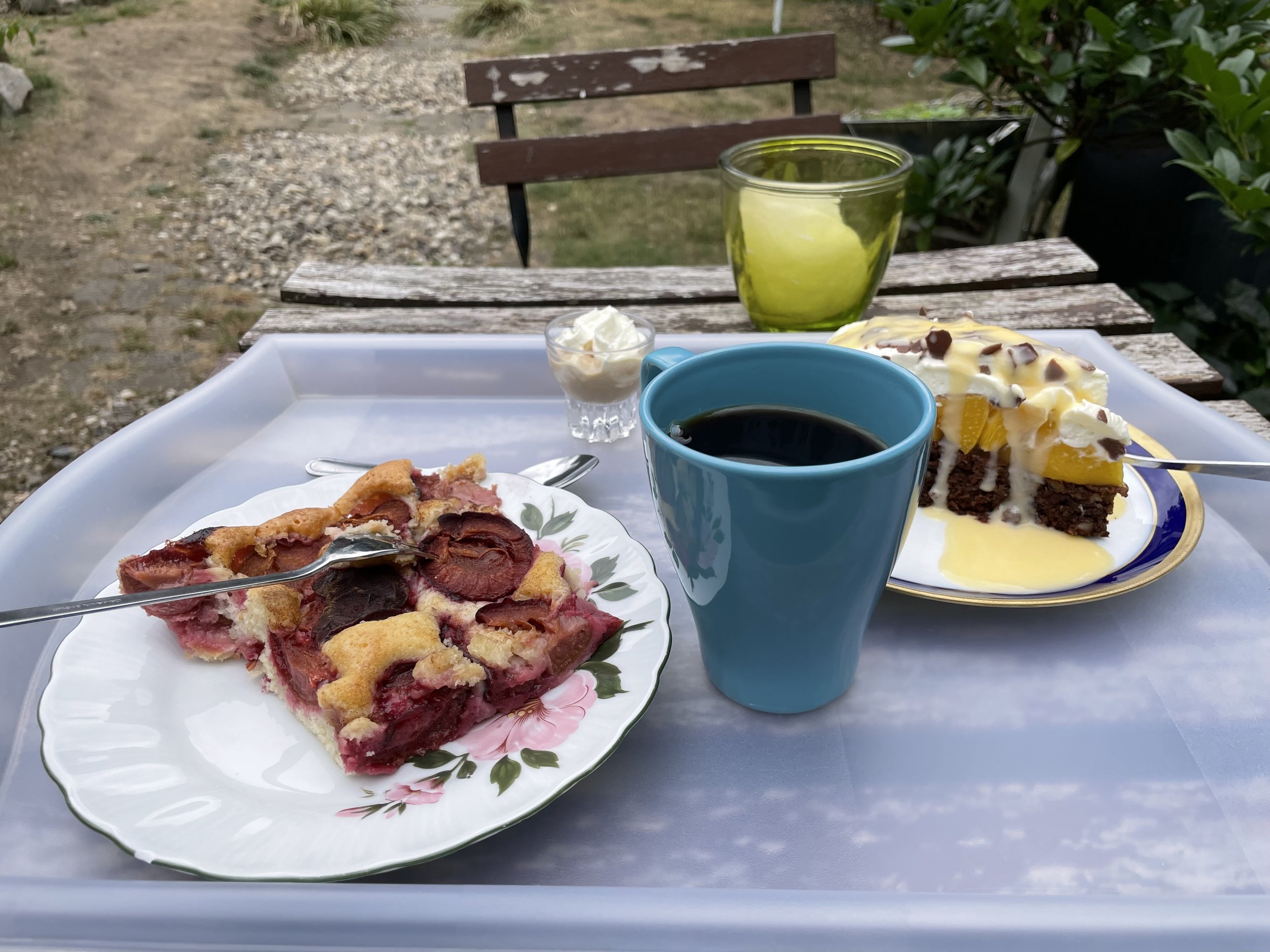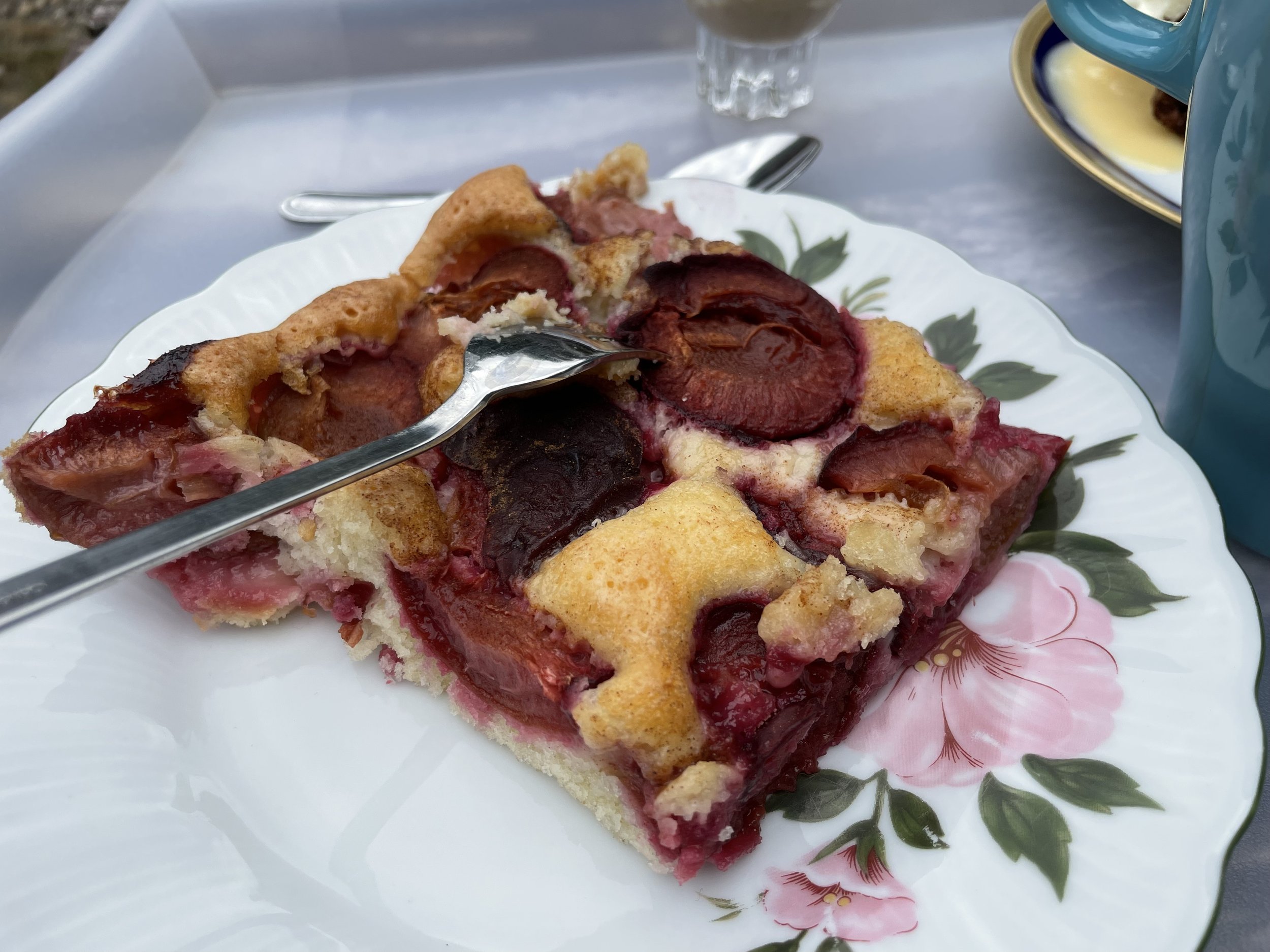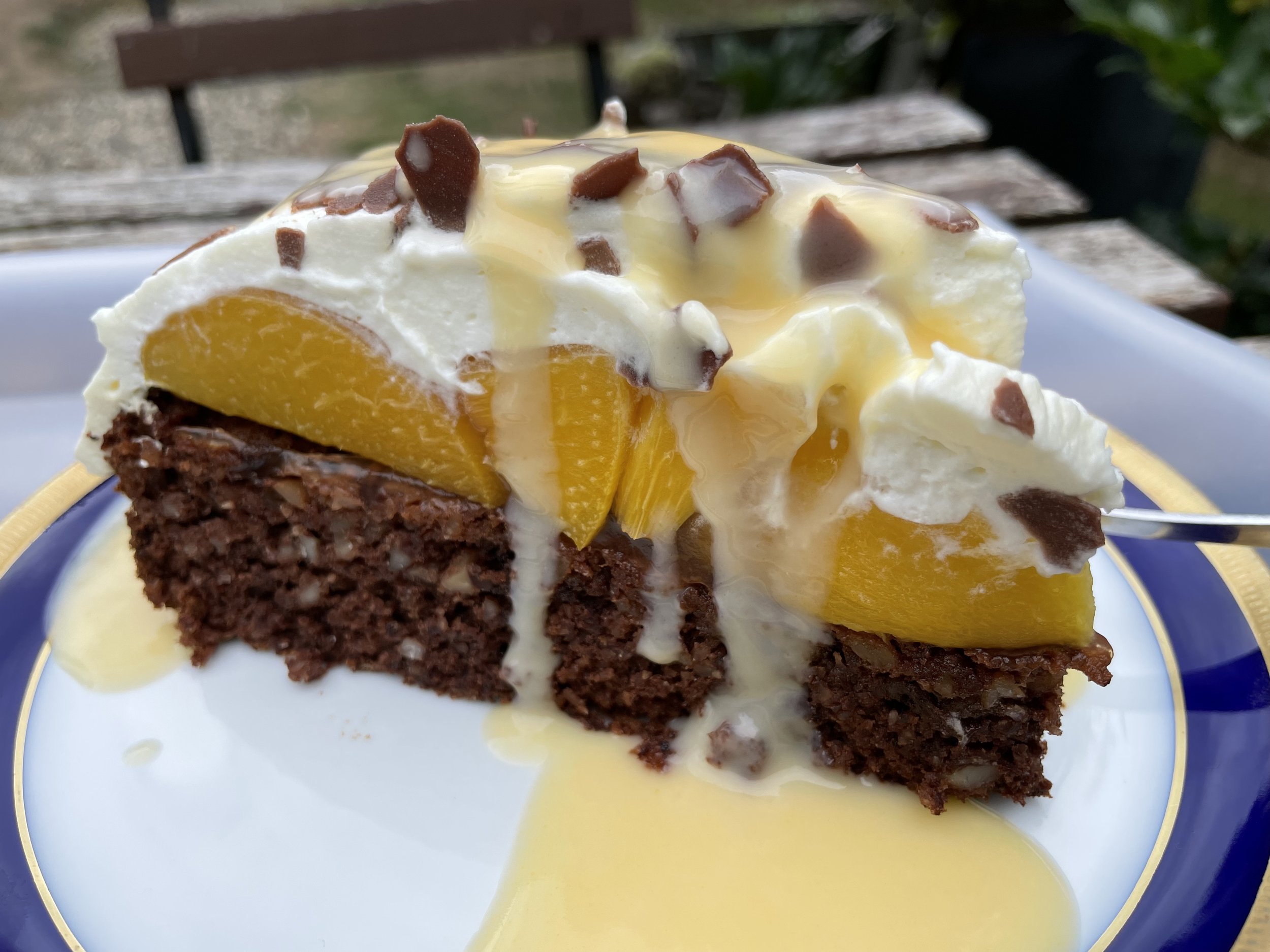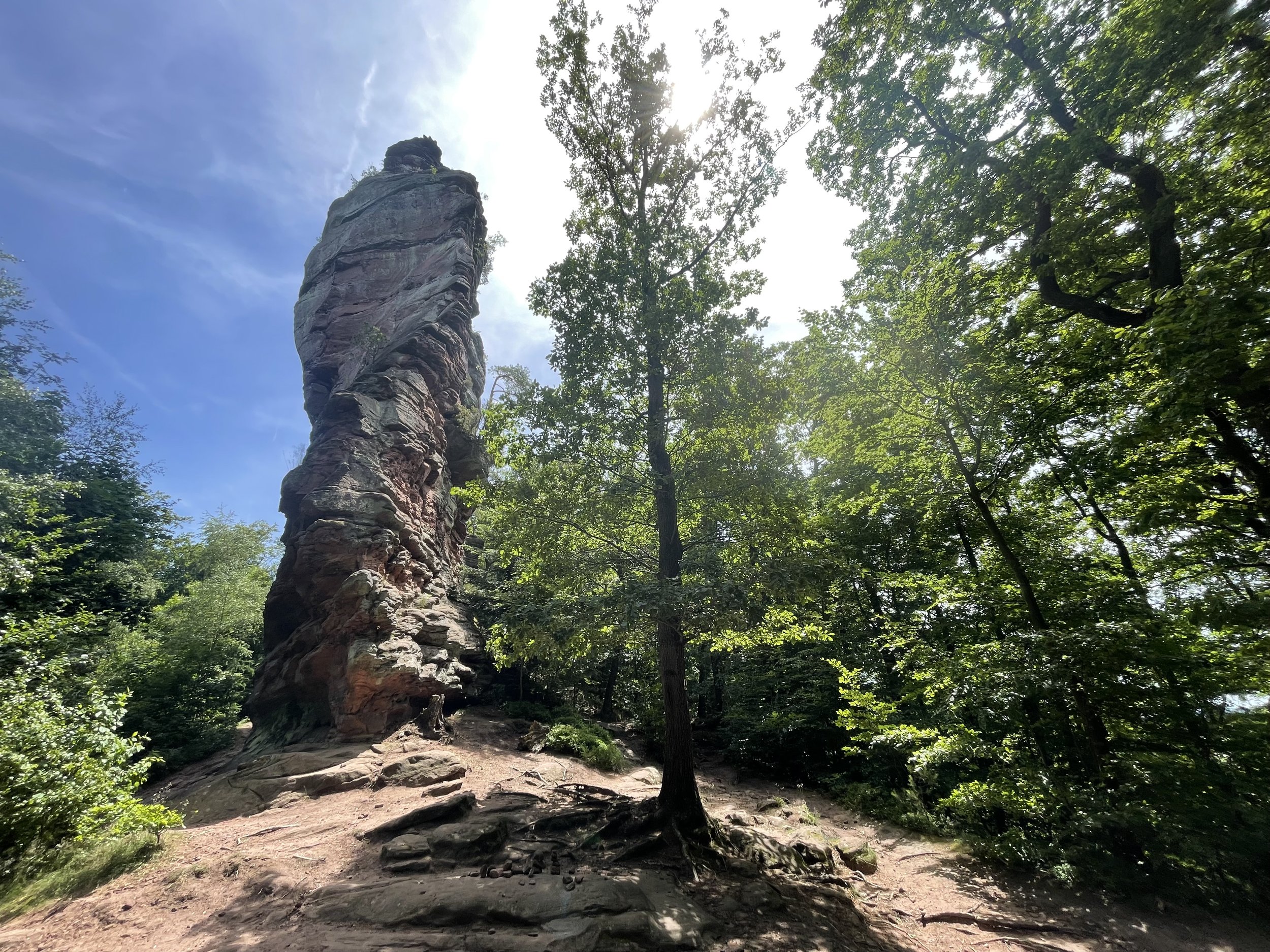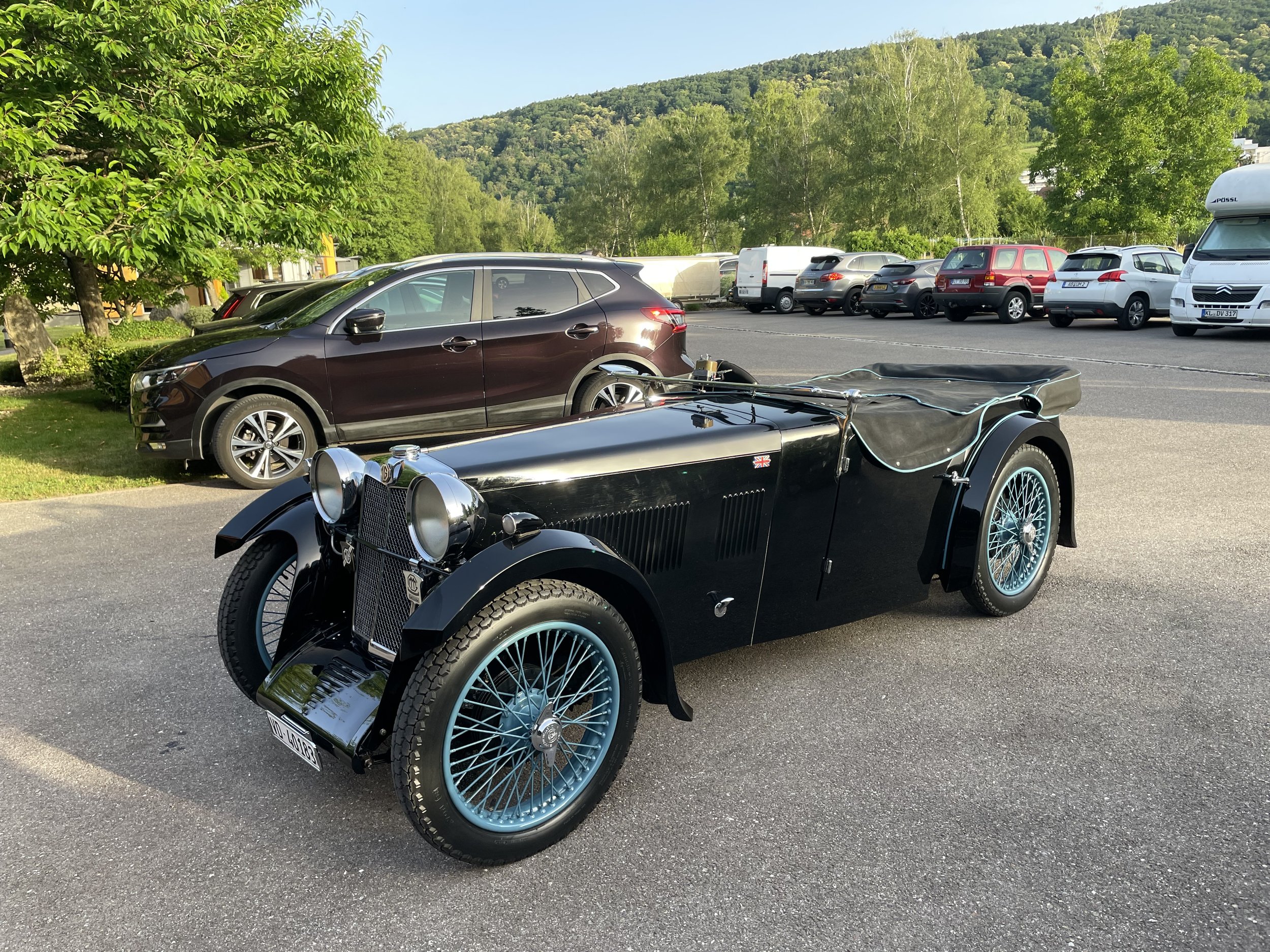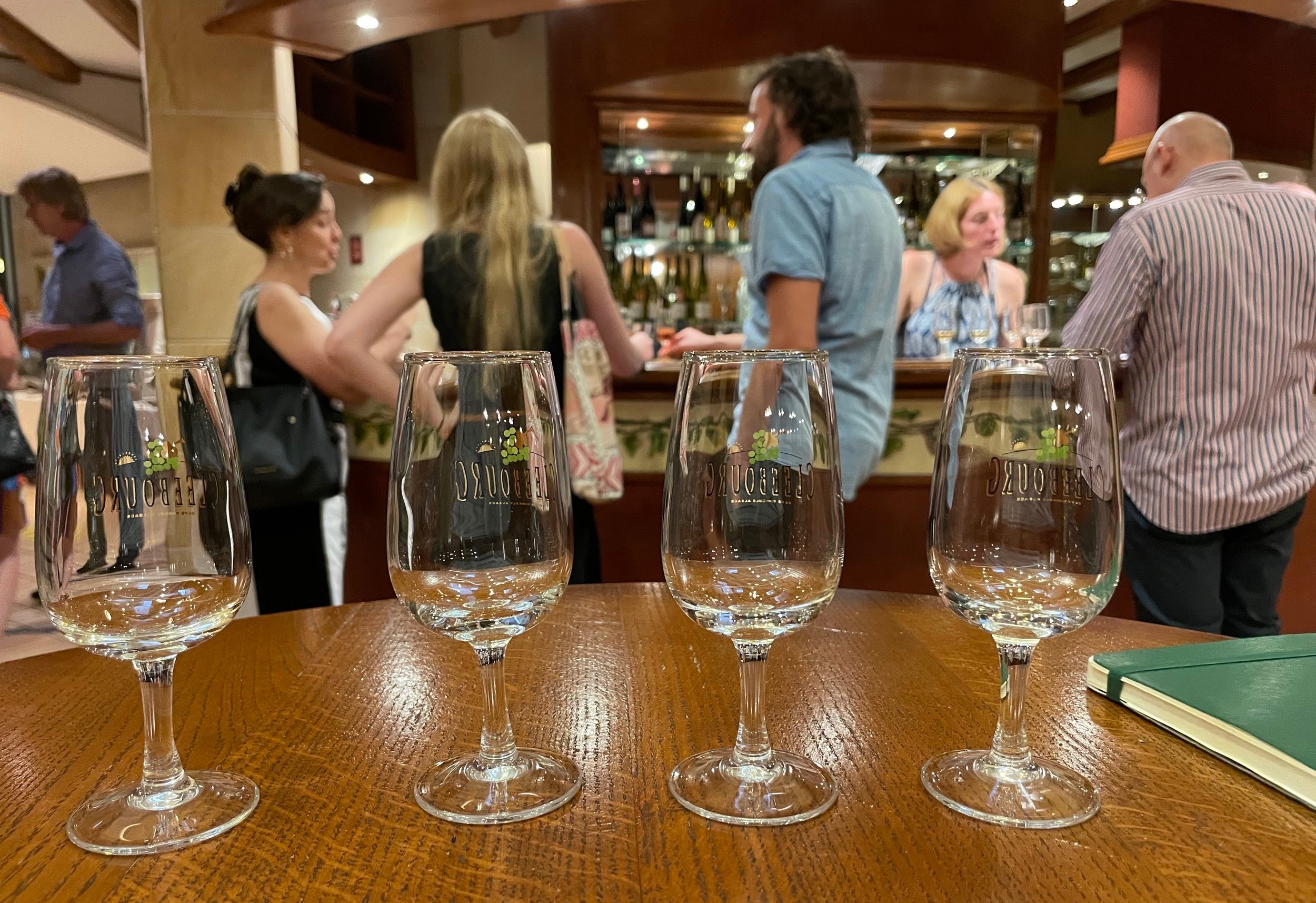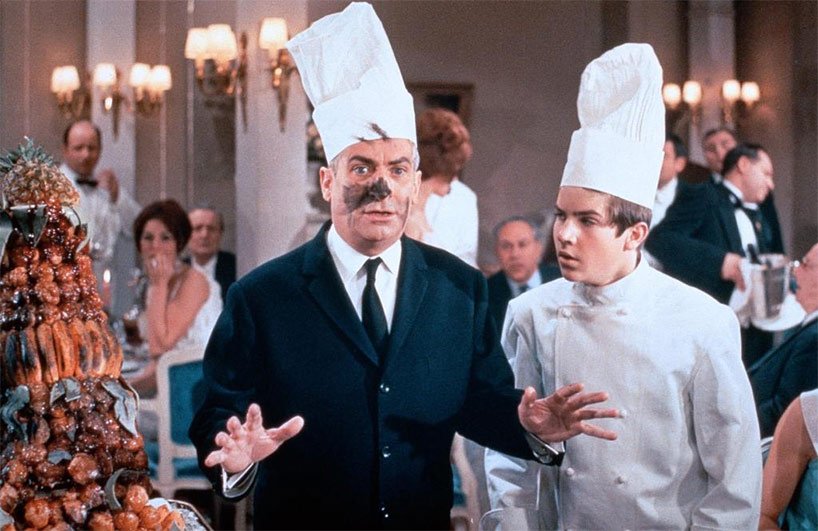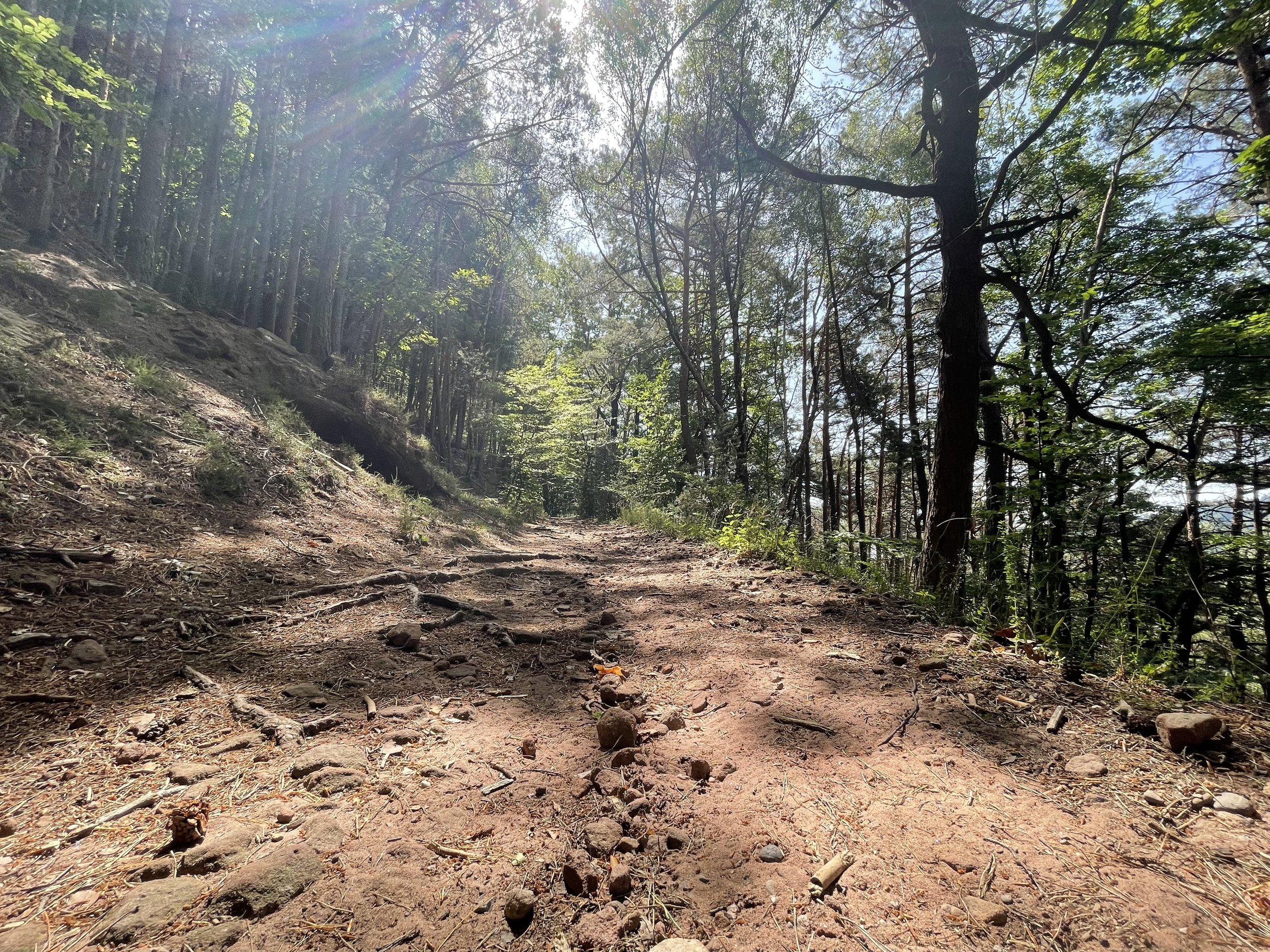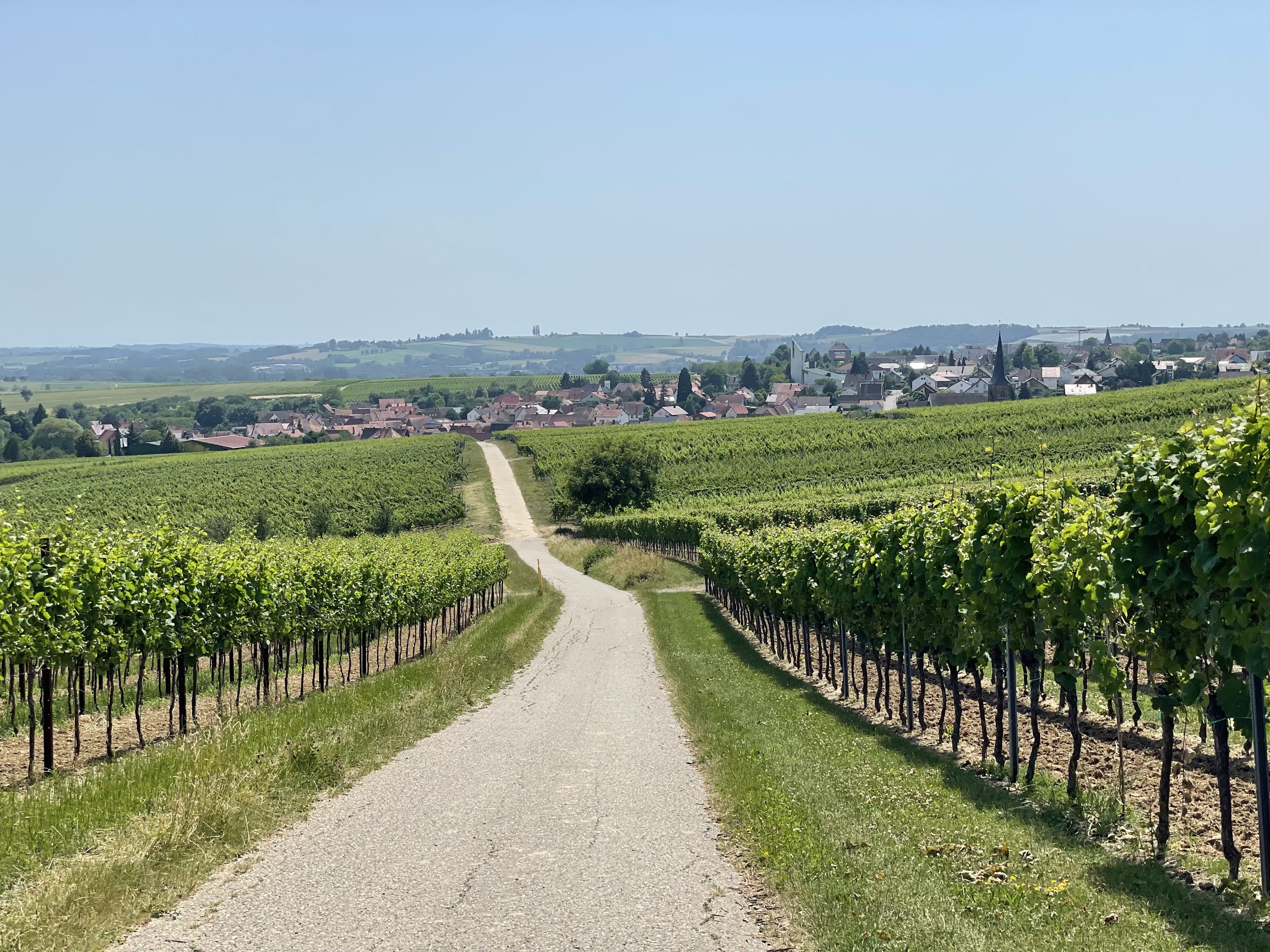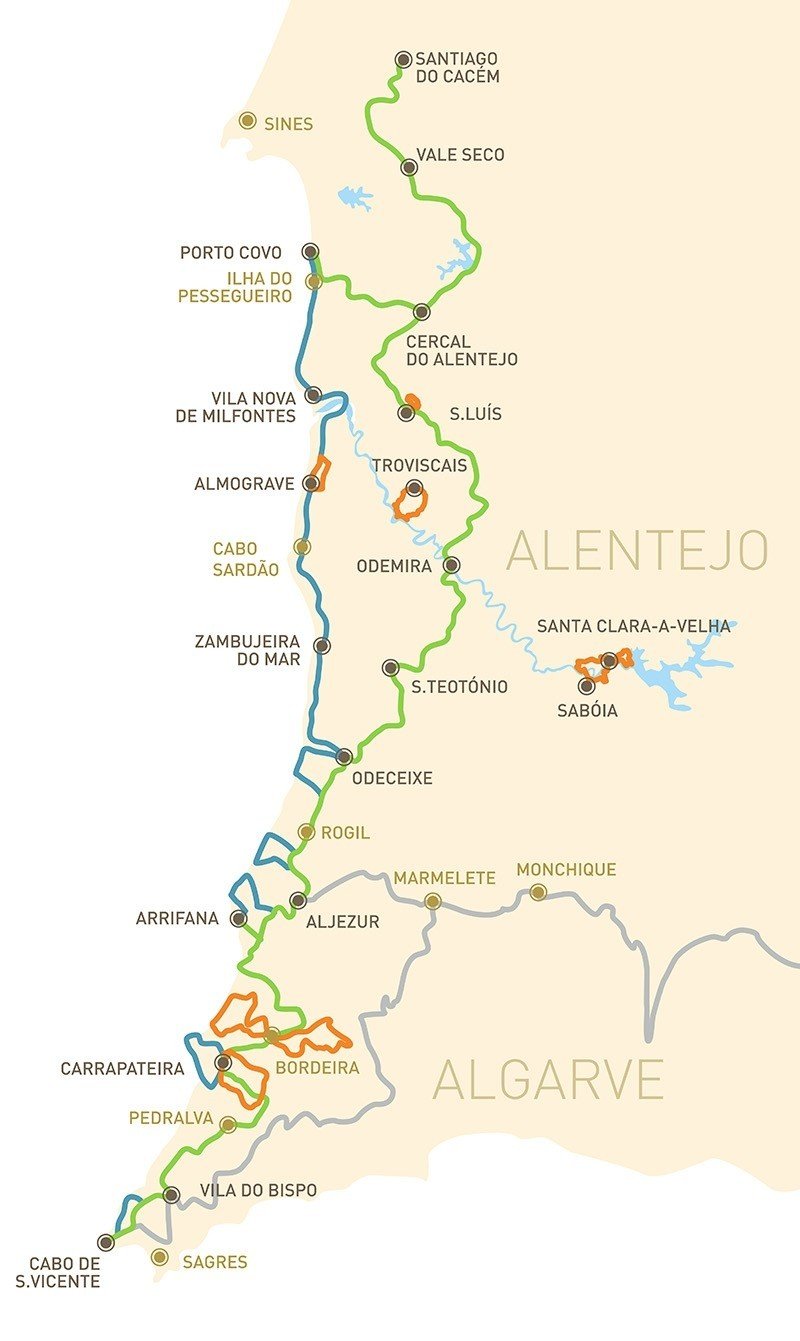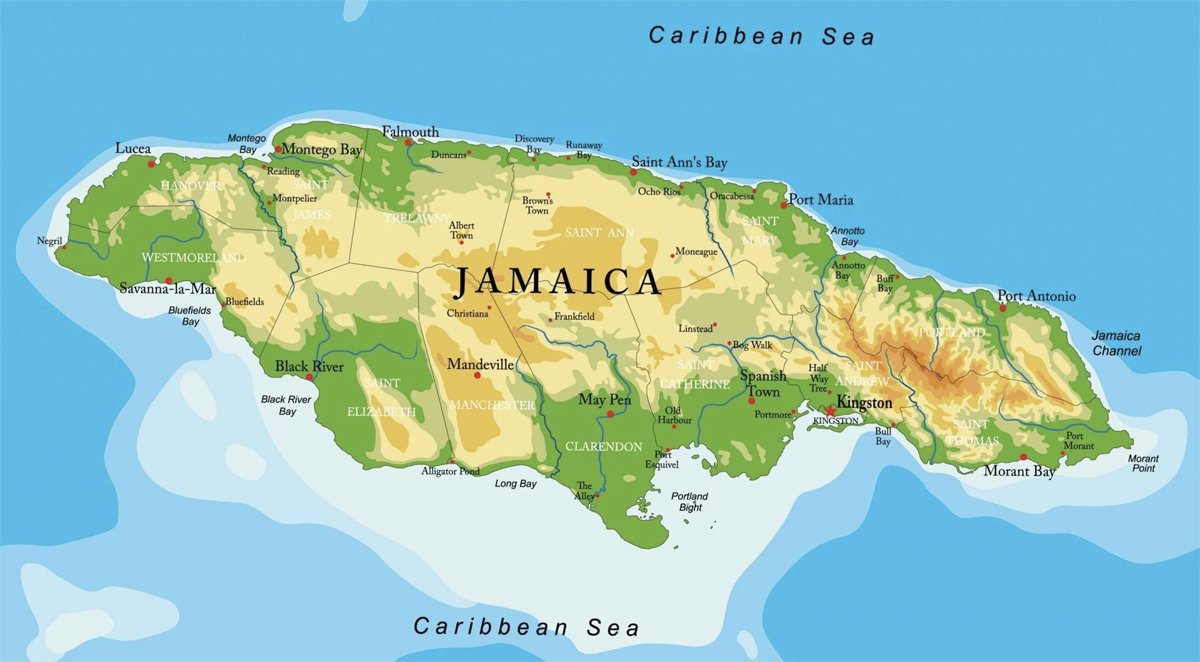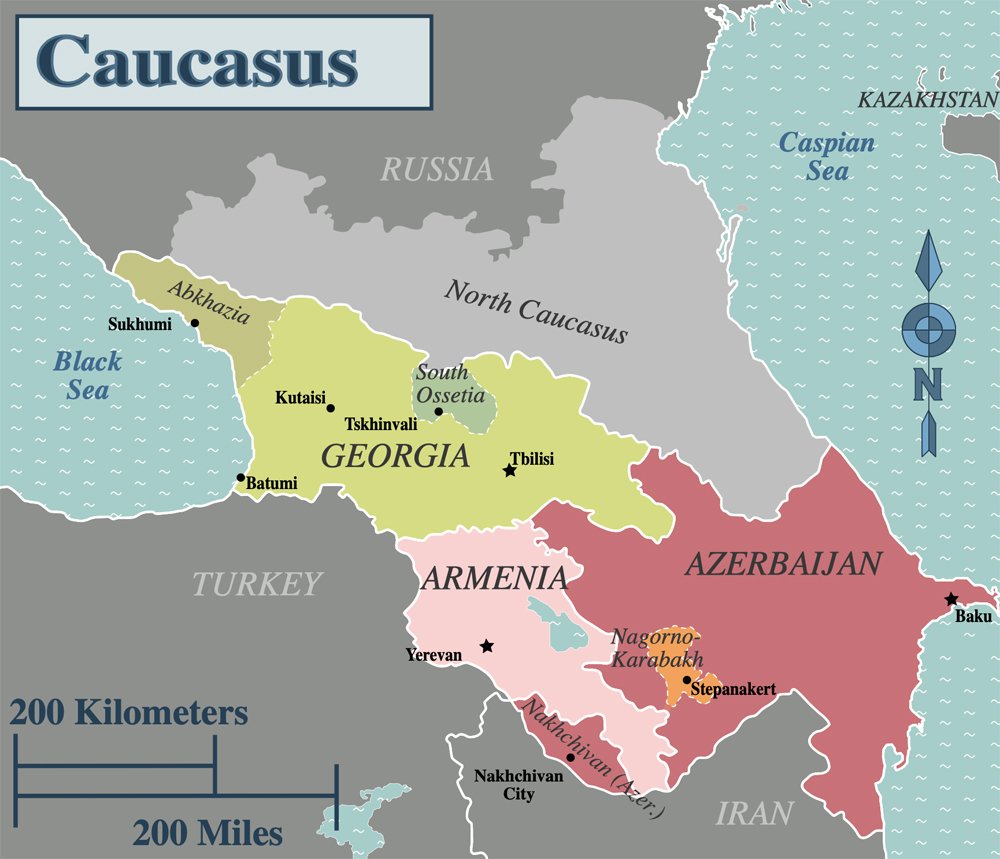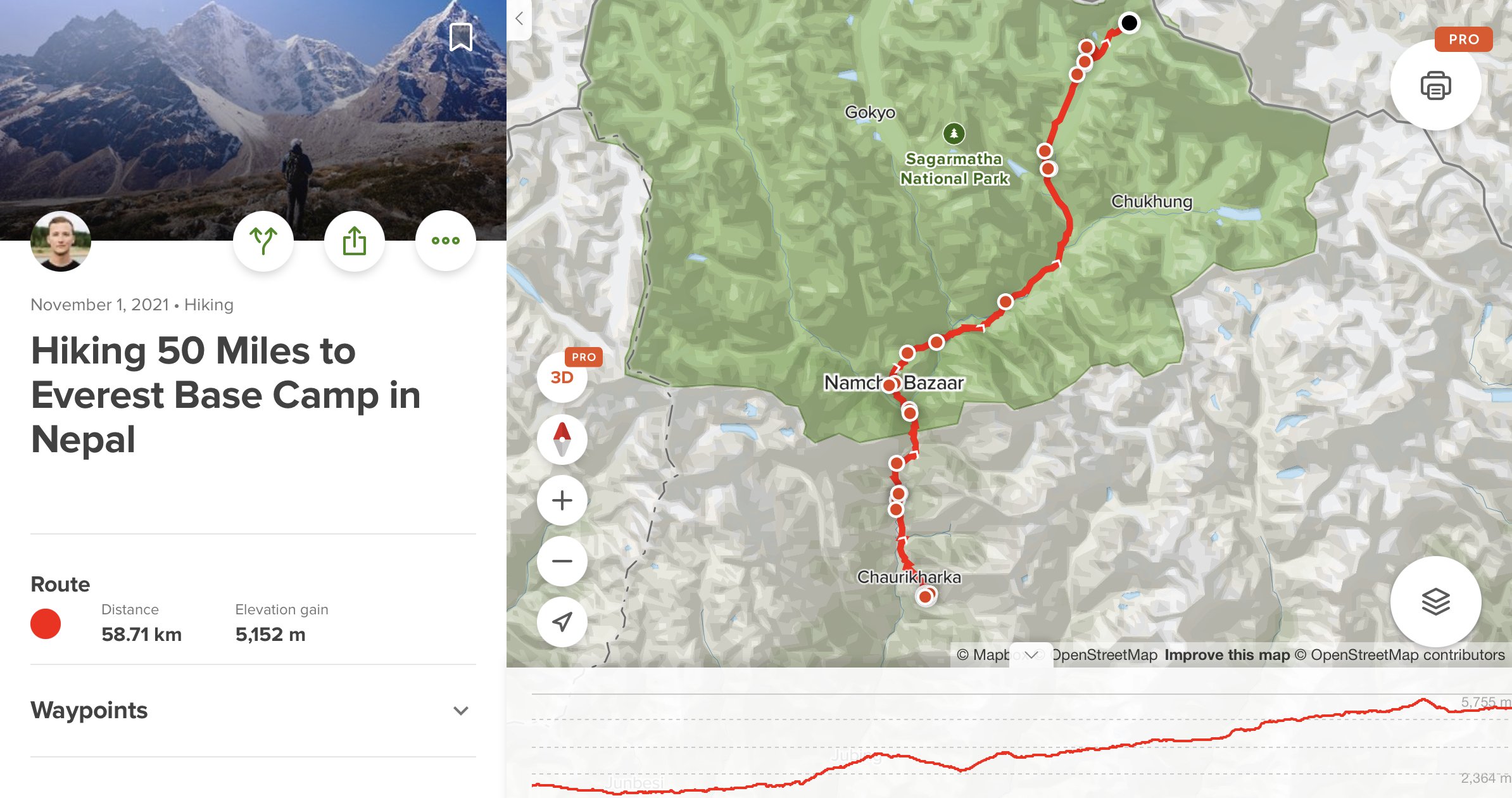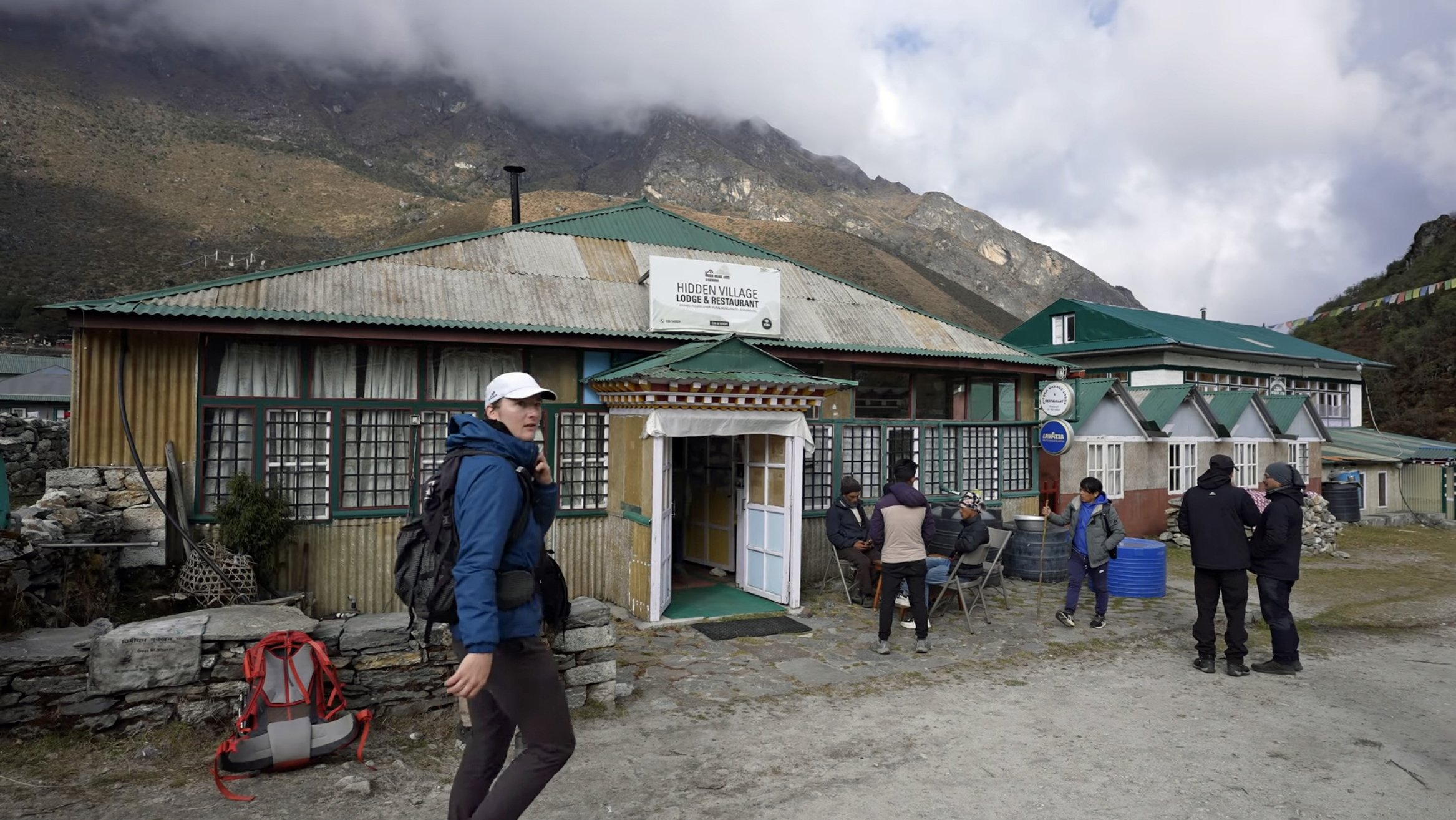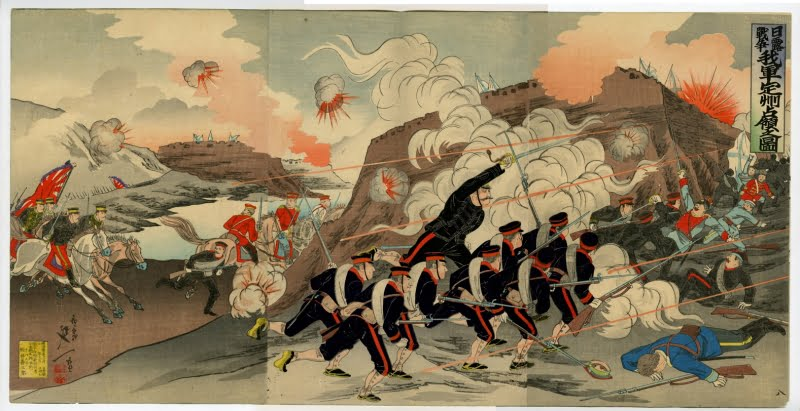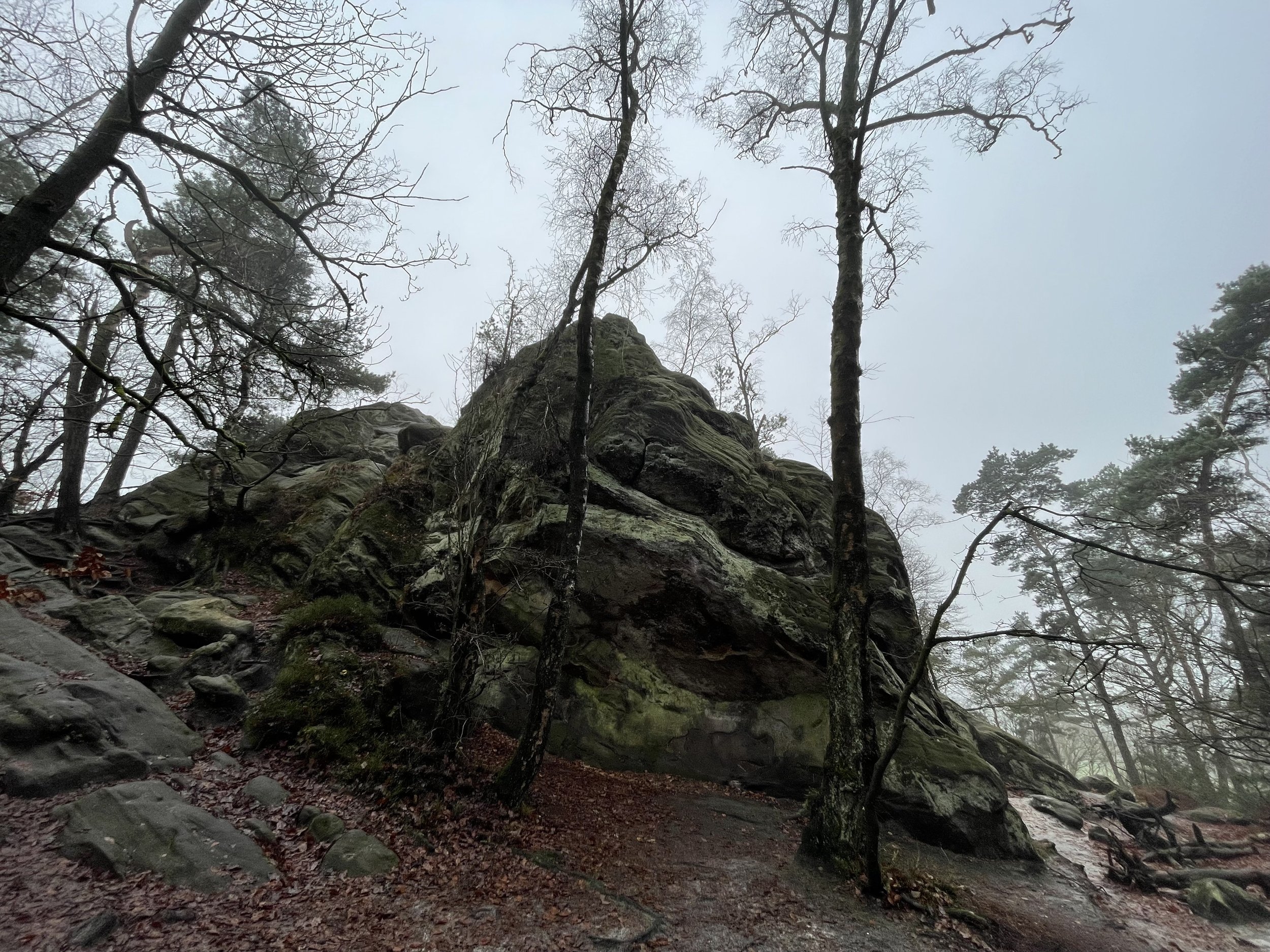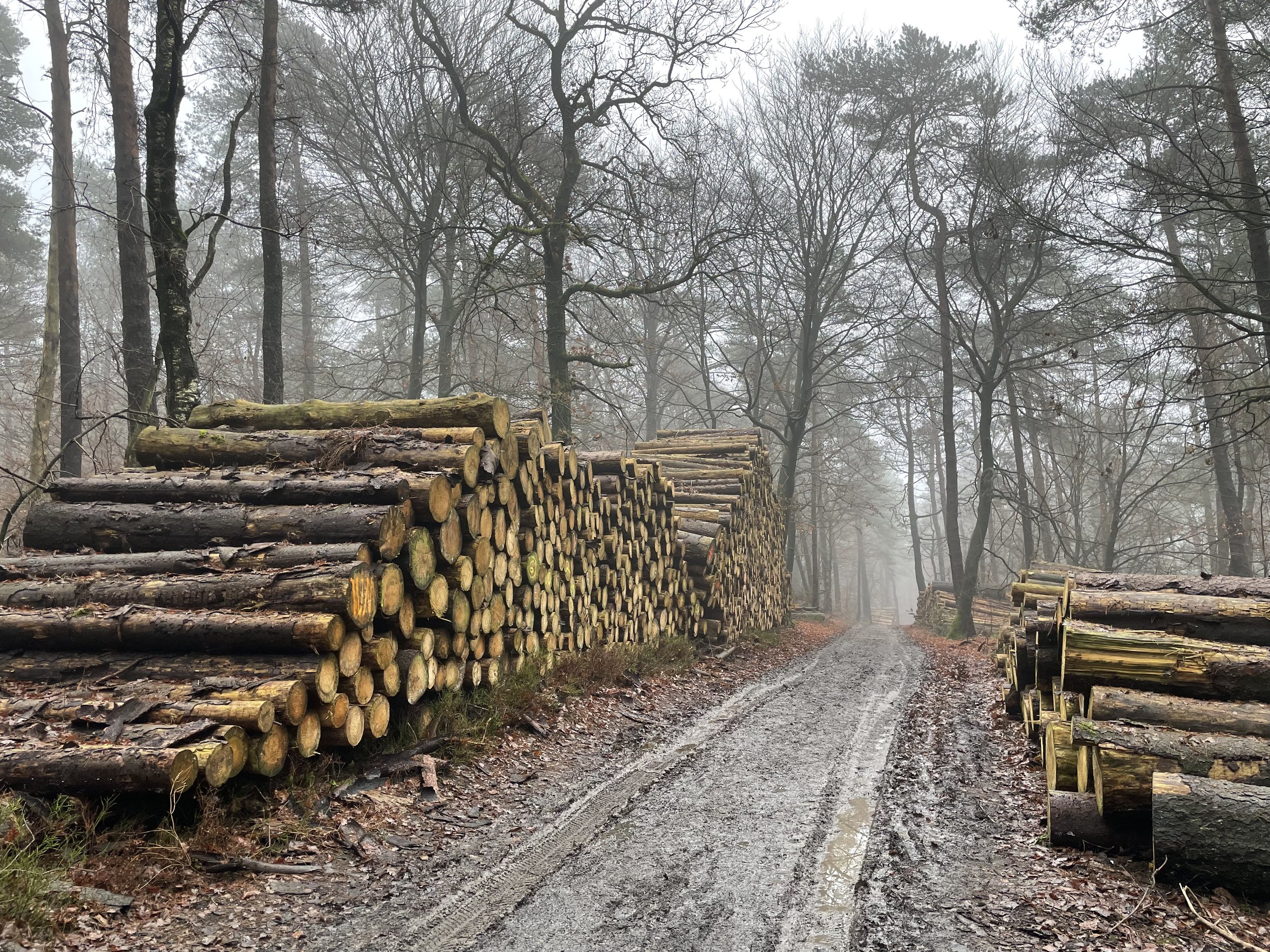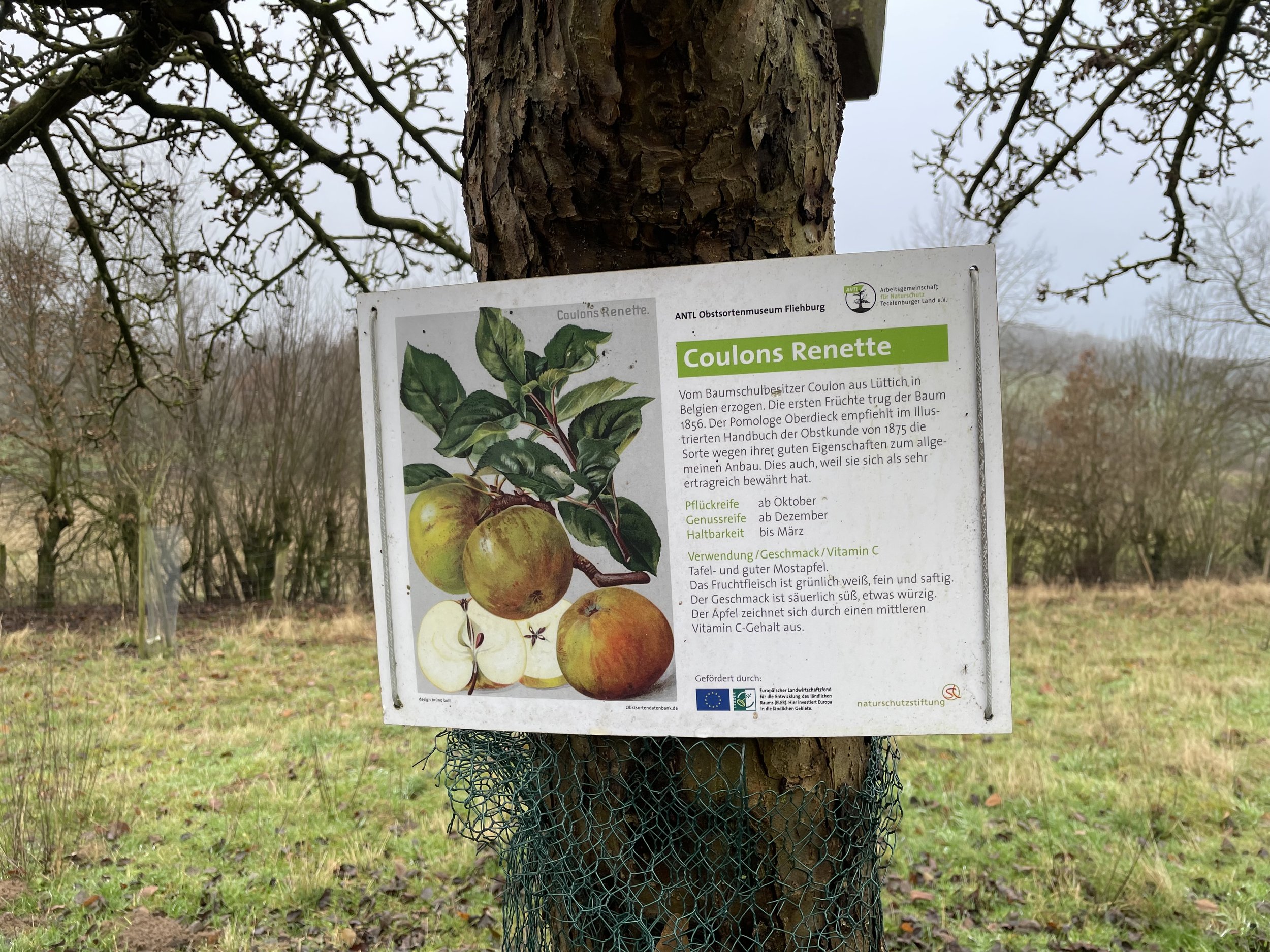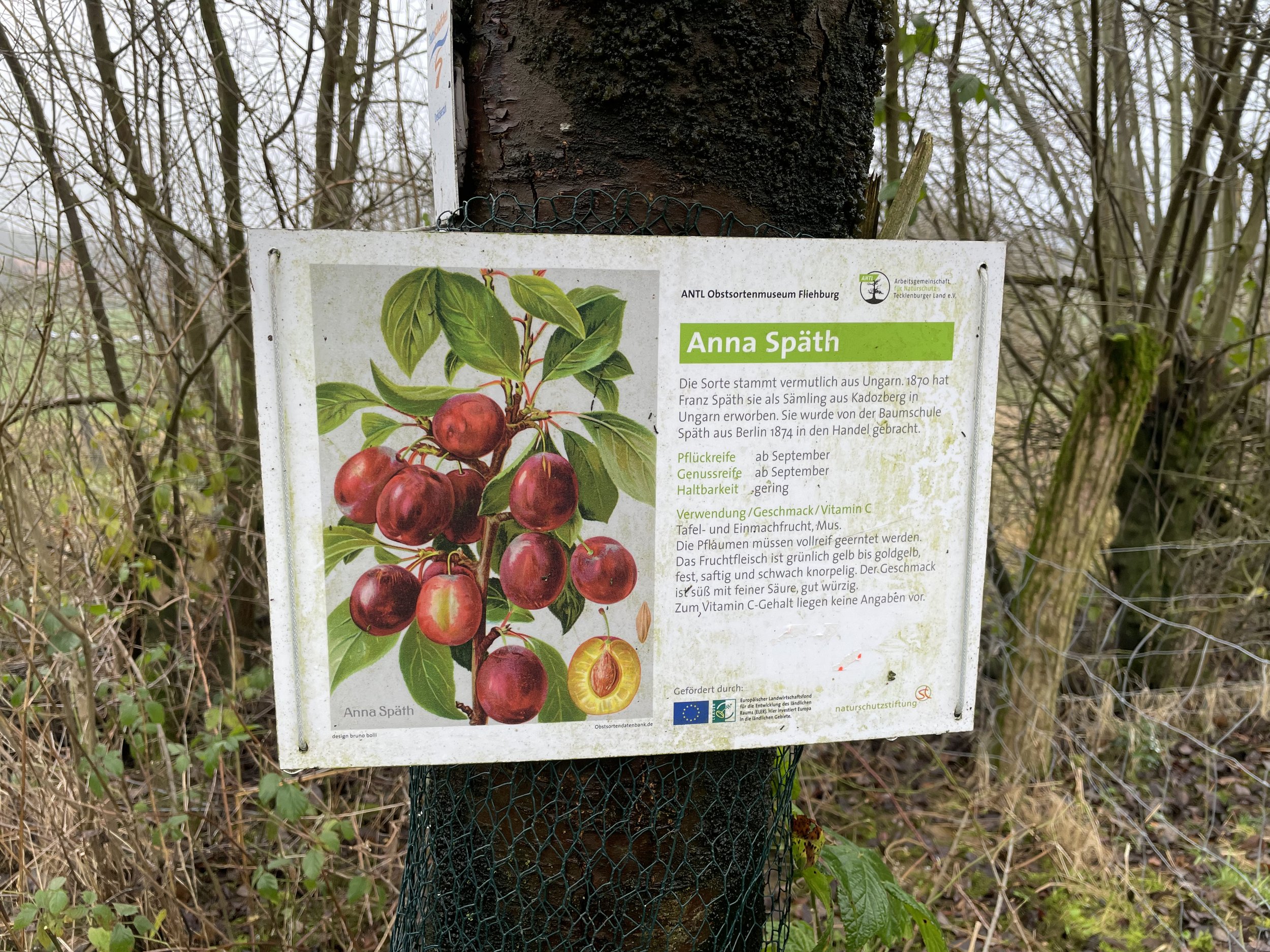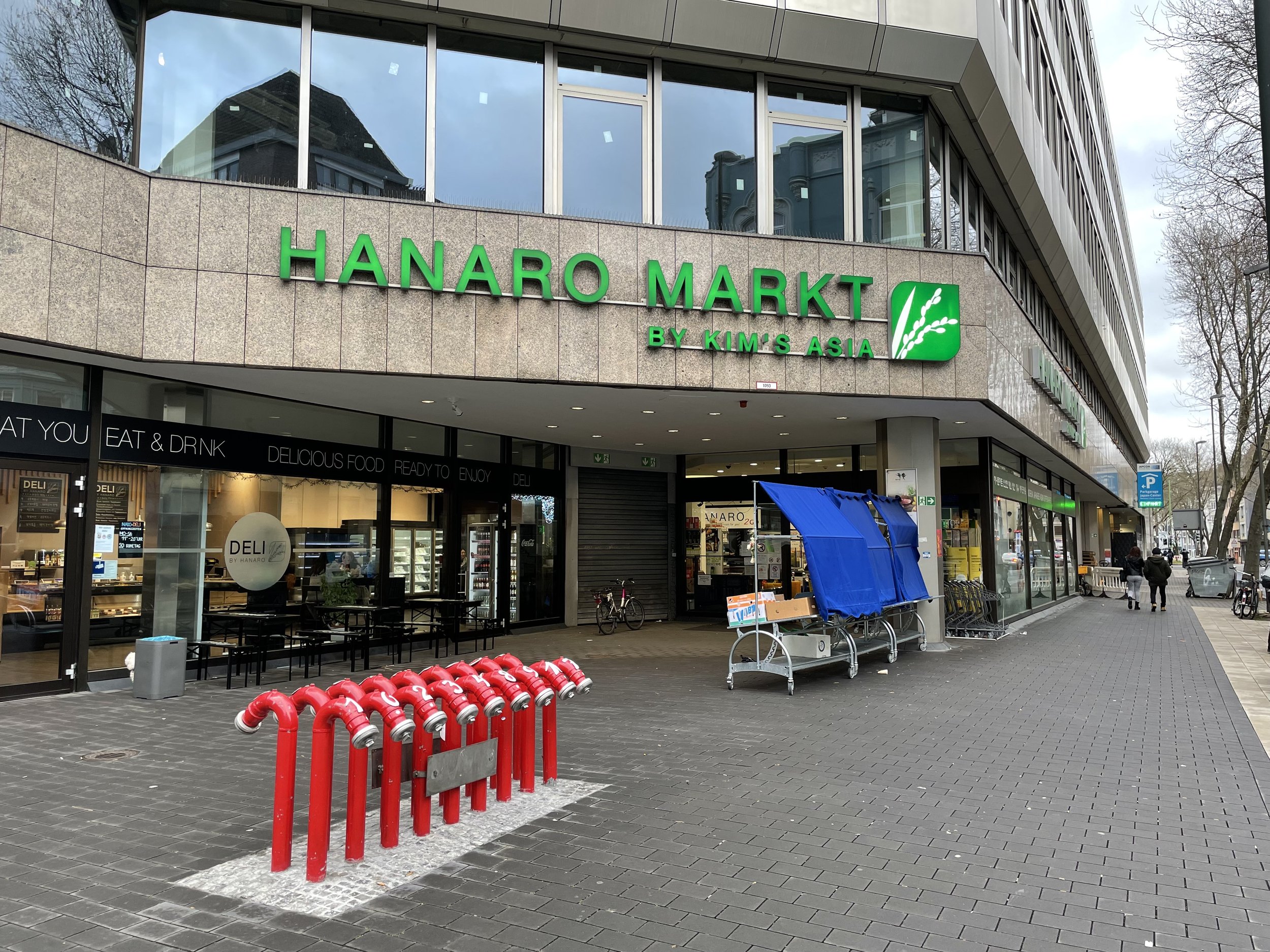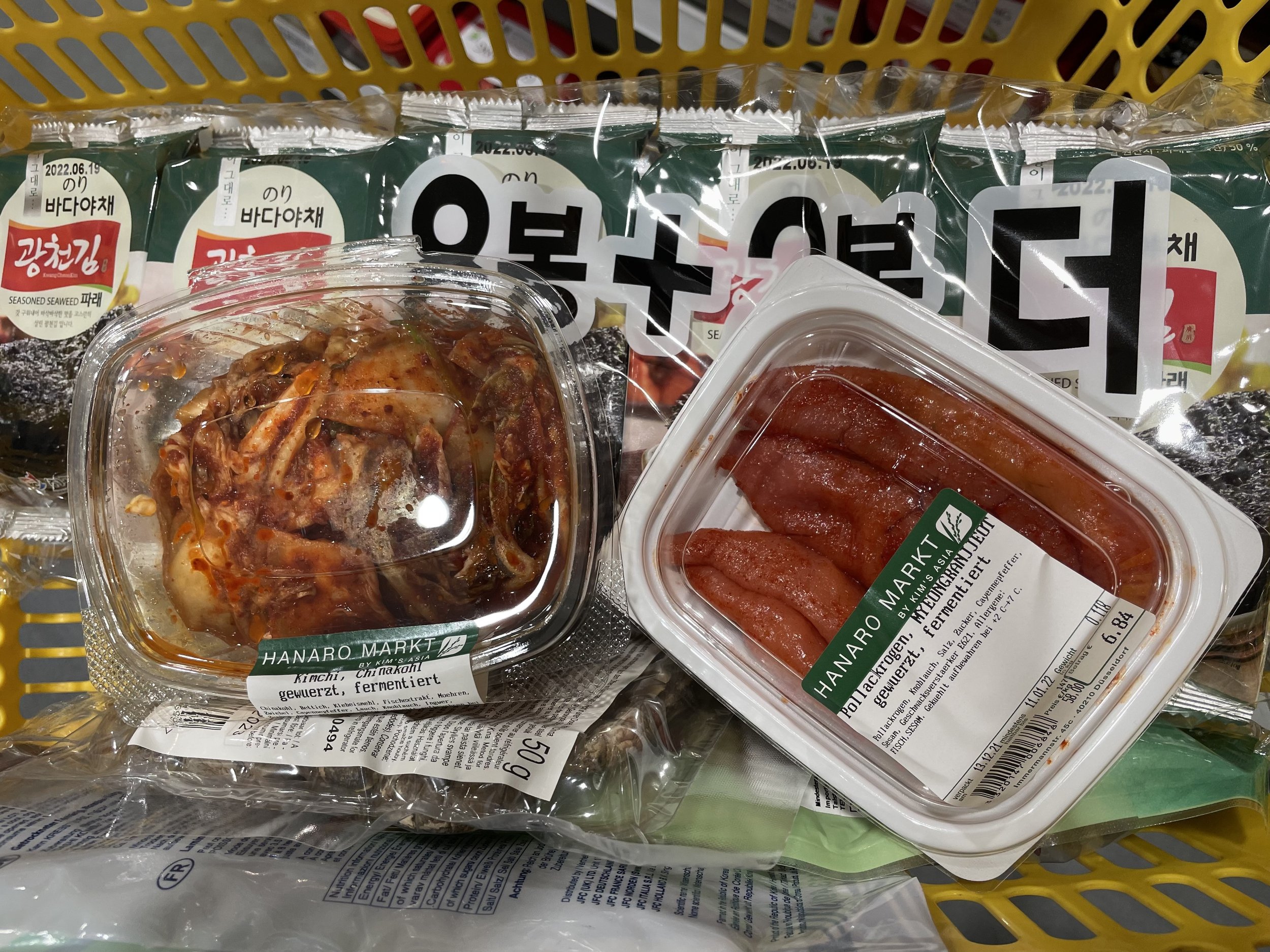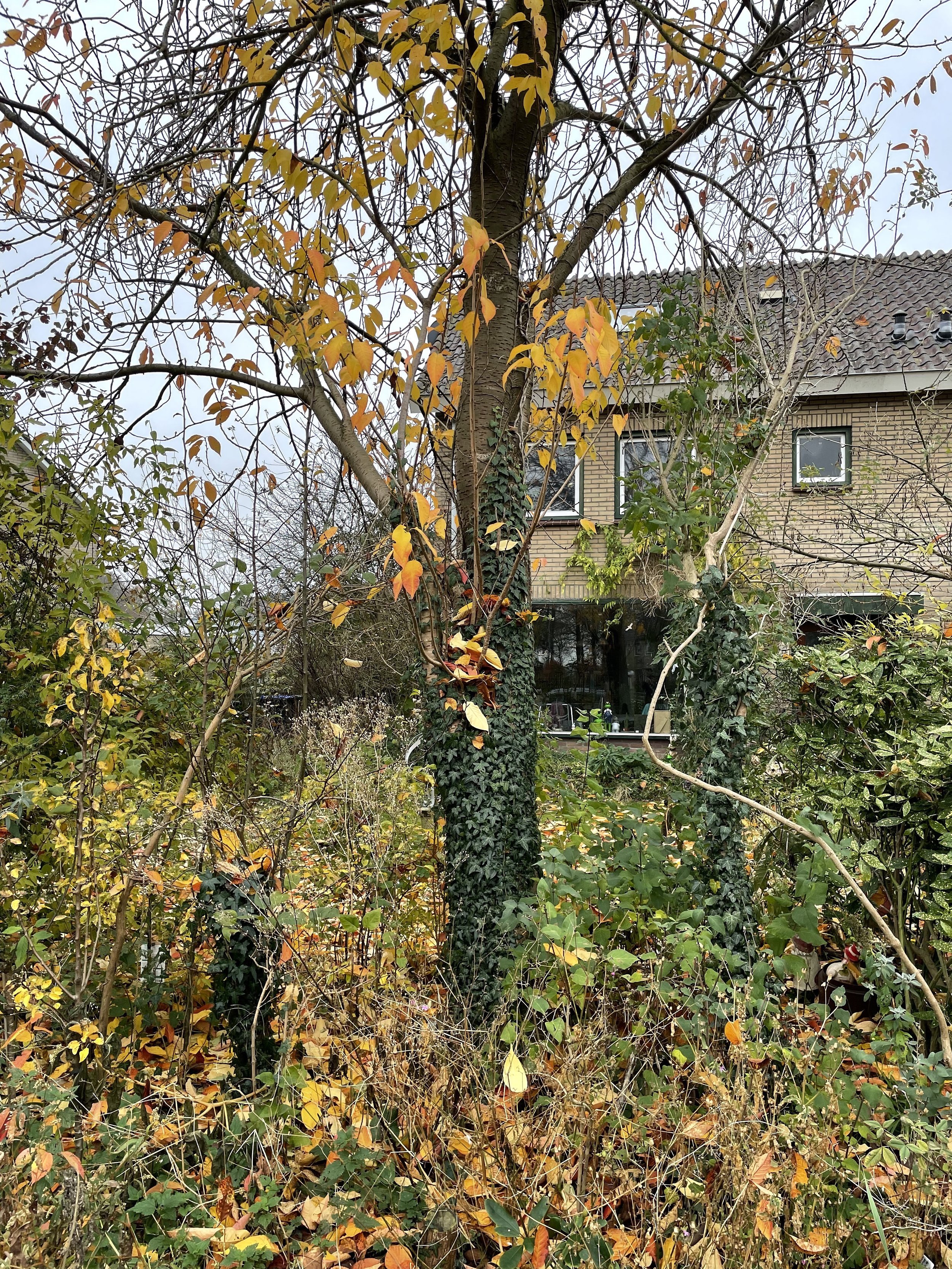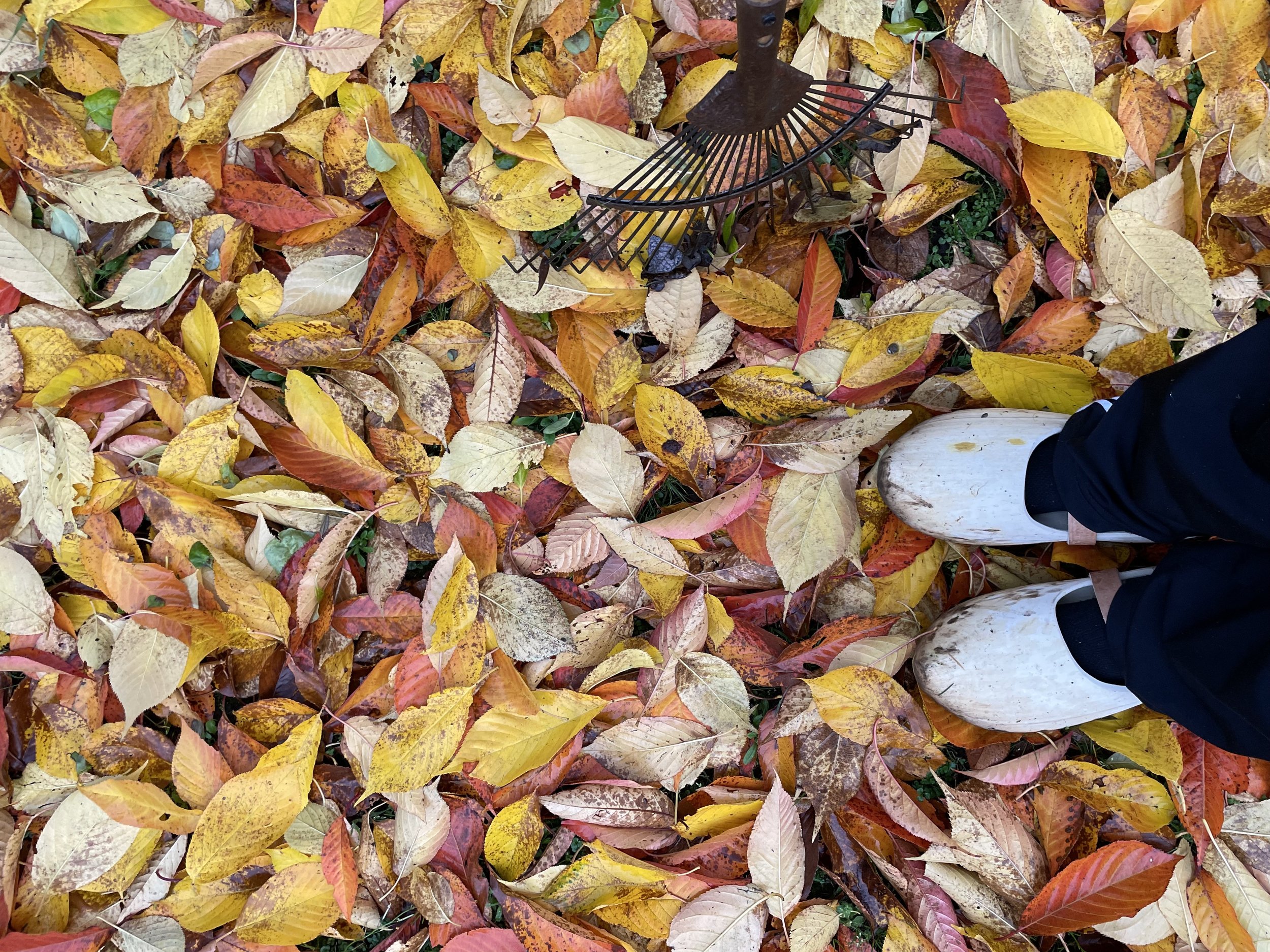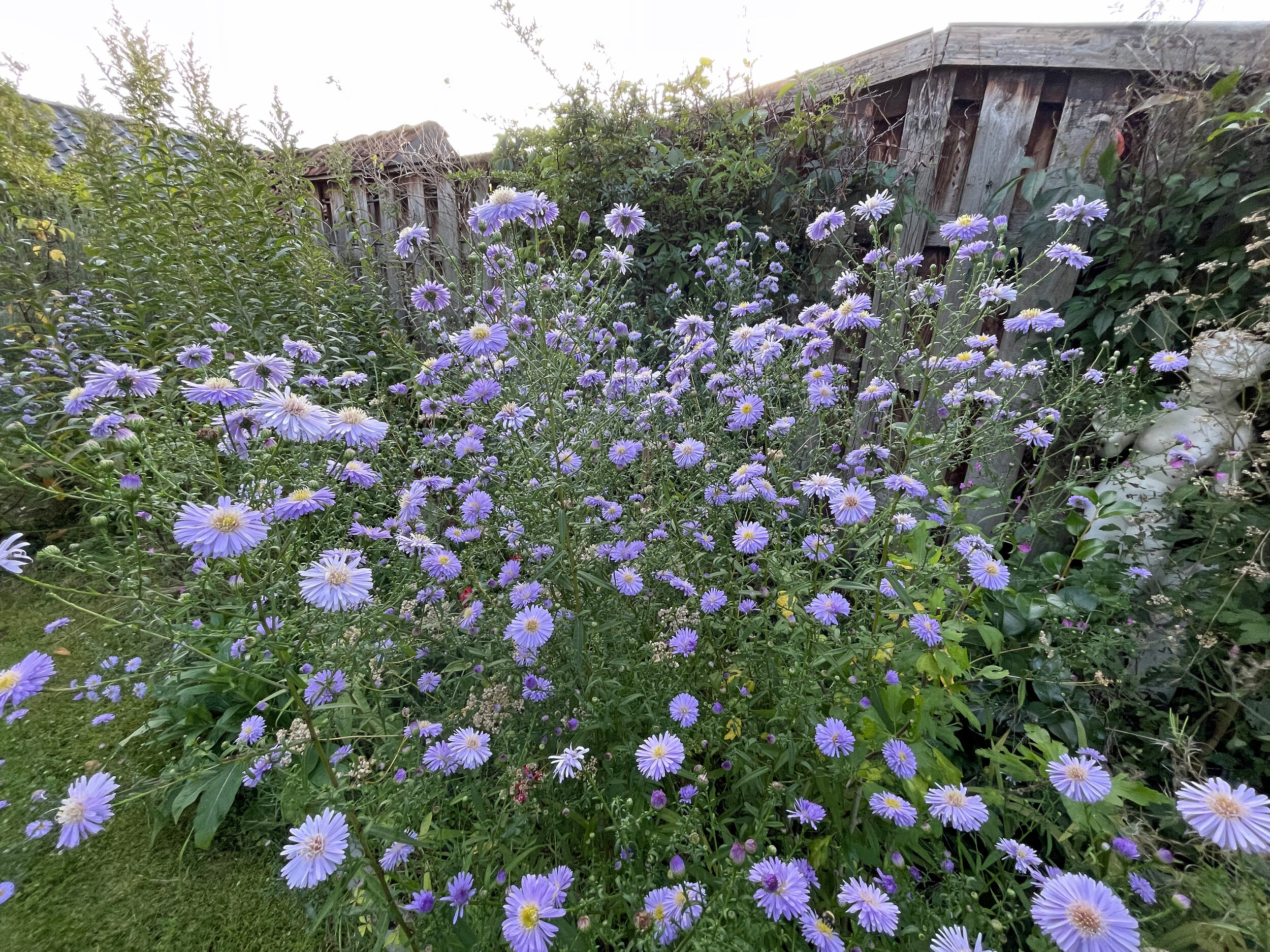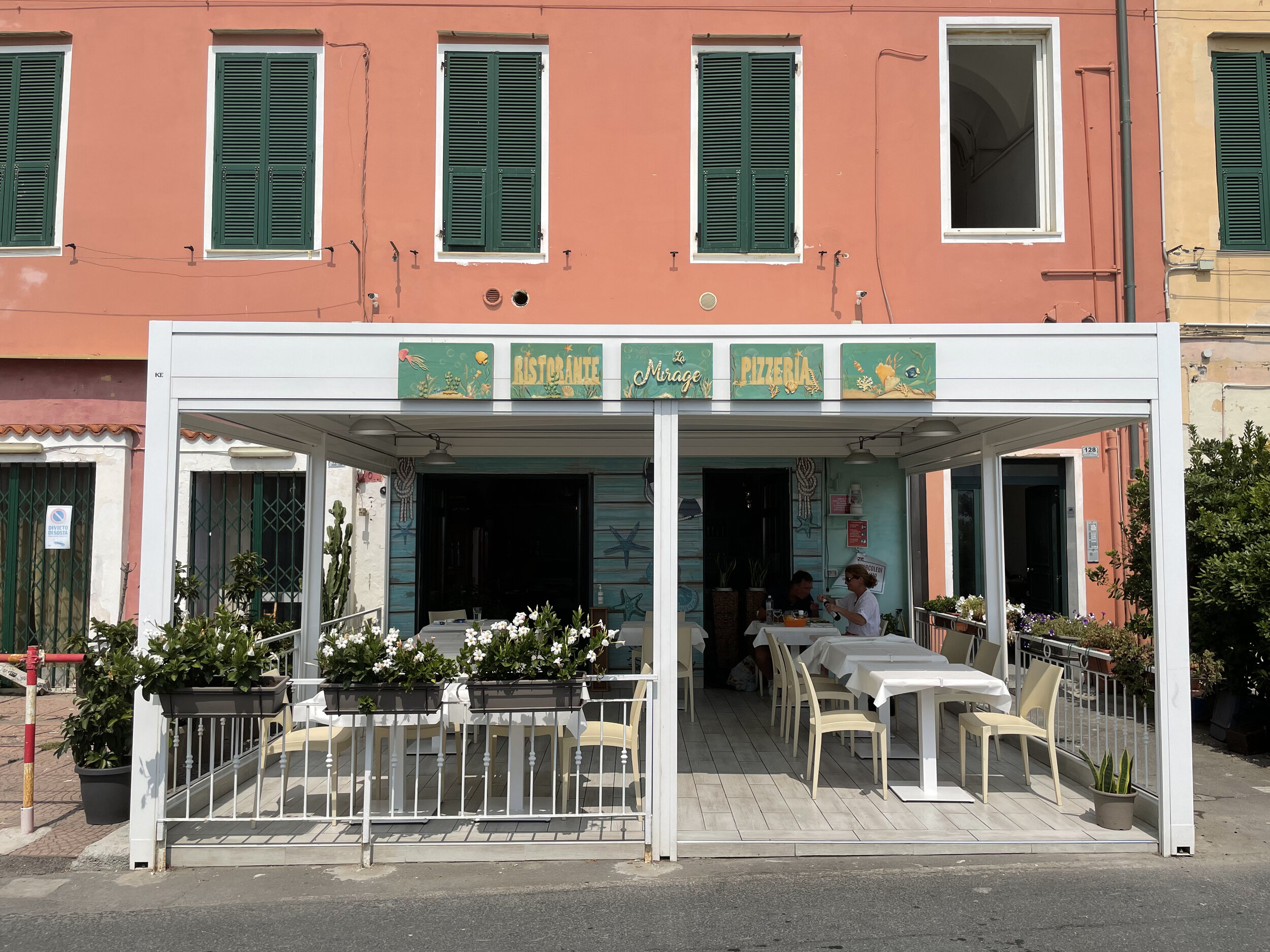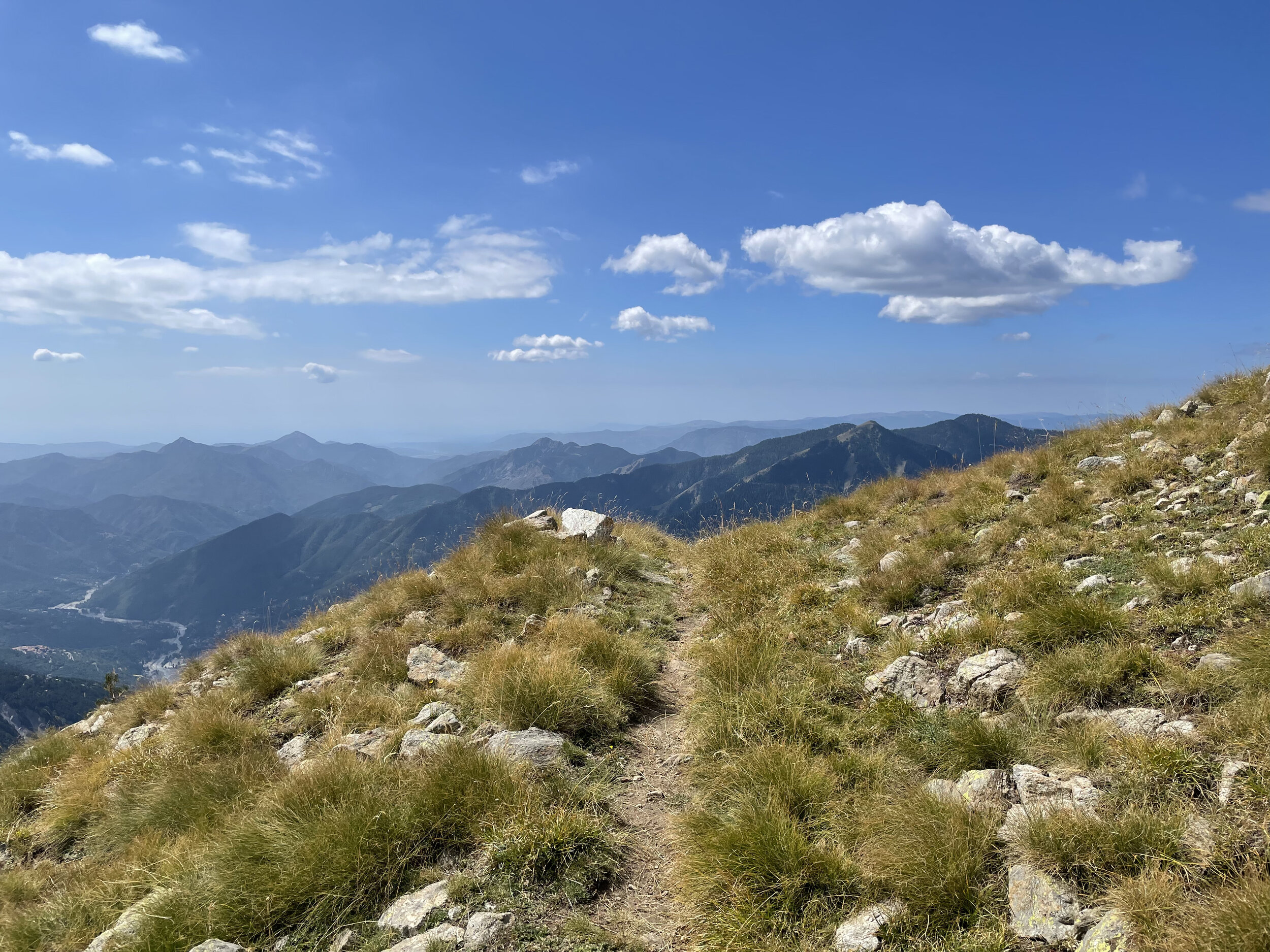Cát Bà National Park
I wanted to finish my journey to Vietnam on the beach. I ended up on an island. Drawn by images of Hạ Long Bay I took out my phone, opened Booking.com and more or less randomly picked a cheap lodge. I had the property arrange transport and this went amazingly smooth. The first half kilometre was done by motorbike in Hanoi, then a two hour minivan ride to the ferry, and on the other side of the water on Quần đảo Cát Bà, a bus was waiting, which dropped me off at another quay. A speedboat was waiting for me and a colourful group of travellers from Canada, Los Angeles and Barcelona. I just found out my lodge could not be reached by road! It was located in Viet Hai Village in Cat Ba National Park, in a cul-de-sac Jurassic Park-like valley.
At times I see the world through movies.
My own tiny house. It had one room, a separate bathroom and a generous veranda. The first night we all went for a nighttime kayak trip to see the bioluminescence of algae. The effect was quite faint but it was an interesting trip anyway. It was also my first time in a kayak. We peddled around, lost one of the two girls from Barcelona, and ended up on somebody's house boat. They didn’t bat an eye when we gathered on what was practically their living room.
It is illegal now to hunt for snakes but there are still many big jars of ‘snake wine’ all over the place. The lodge not only kept snake wine but also alcohol infused with different types of mushrooms and roots.
Apart from jungle treks there is not so much to do within the valley itself. I didn’t care. I love hot humid forests. I am one of the few people who actually enjoys being soaked in sweat. And then there is the sound of the birds and other wild life. Only a few Cat Ba langur are remanning. I was glad I didn’t see one. Toursim is disturbing the habitat of these little rare primates. Scientist are observing changed behaviour at times when there are many people around. In the past these little fellas were almost poached to extinction for local ‘medicine’.
Viet Hai Village nowadays exists mainly because of tourism. A side effect is that the local restaurants don’t serve Vietnamese cuisine but something deemed non offensive to Western tourists: no fish sauce, no meat with bones. One evening I walked past a place which did look like a typical Vietnamese restaurant. The BBQ was smoking. I asked what time dinner was and they told me to come back at 6 pm.
So I did and the place was packed. A chair was waiting for me at a full table. I joined the party and nobody spoke English. With the help of Google Translate we kept the conversation going. The food was amazing and everybody seemed happy I enjoyed all the dipping sauces. Many beers were downed.
When I was ready to pay, the patrons said: “No, no! It’s free. This is not a restaurant, it is a family gathering for a funeral.” Apparently I crashed a party. Probably the annual anniversary of a death. It is custom, depending on the wealth of the family I guess, to hold a family gathering in memorial of the deceased up to three years after the funeral. One of the men on my table showed me a photo of his very luxury Mercedes.
The next day I woke up before sunrise to climb ‘Navy Peak’ (Dao Hai Quan): the highest peak on Cat Ba Island. From Dao Hai Quan you have a pretty good overview of the bay and the cruise ships anchored for the night. My peace was only disturbed when another hiker reached the peak. I felt like talking but I didn’t want to make her feel uncomfortable. I descended back to the valley. During my stay I climbed Navy Peak three times.
When I walked back into the village my table companions from the night before were waving. They invited me for breakfast. I was pretty hungry so I accepted. Because of the daylight the food photos turned out much better: pork paired with lemon grass, sticky rice filled with meat and buttery soft octopus.
Being stuck in a valley for a couple of days I decided to sit back and try to relax a bit, between the jungle hikes. I managed to read a large part of my book ‘Việt Nam: A History from Earliest Times to the Present’ by Ben Kiernan (Oxford University Press; 2017). But I spent a fair time rearranging tea pots and tea cups on my table until I found a composition pleasing to the eye.
To reach the main ferry back to the mainland you need to take a boat again. This time I took a slow boat similar to the boat on the photo below. There were far more people than deck chairs, so we took turns sitting down. My envisioned long evening in Hanoi was disturbed by a traffic gridlock as soon as we reached Hanoi. I arrived so late at my hotel I only had time for night time street food, ice cold back coffee and the cacophonous motor bikes as a back drop.

